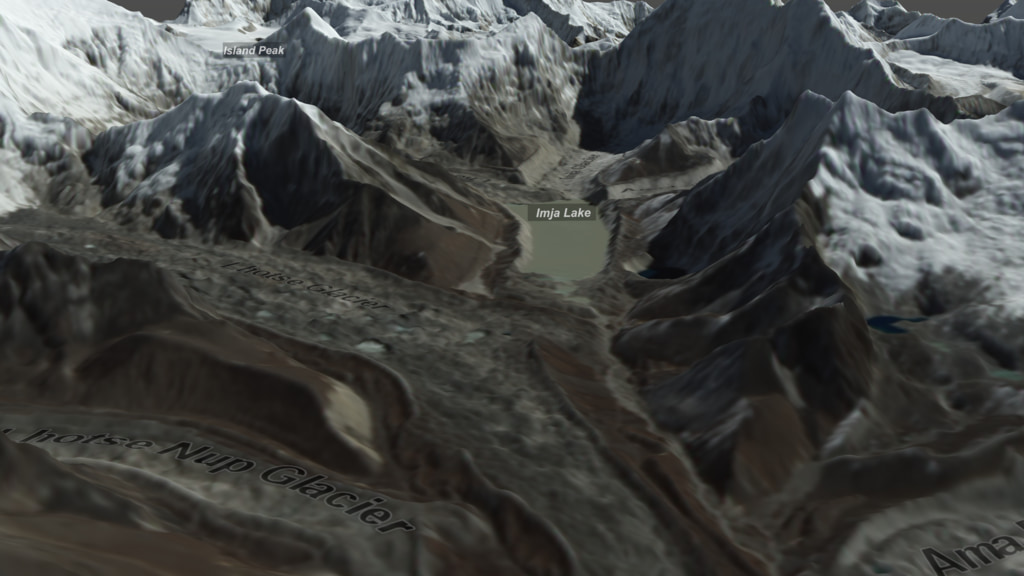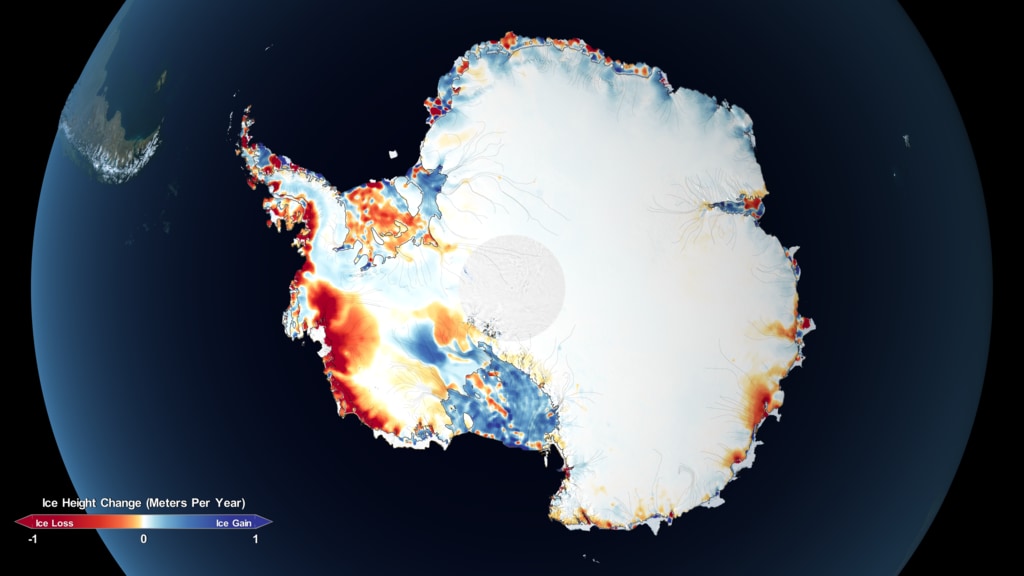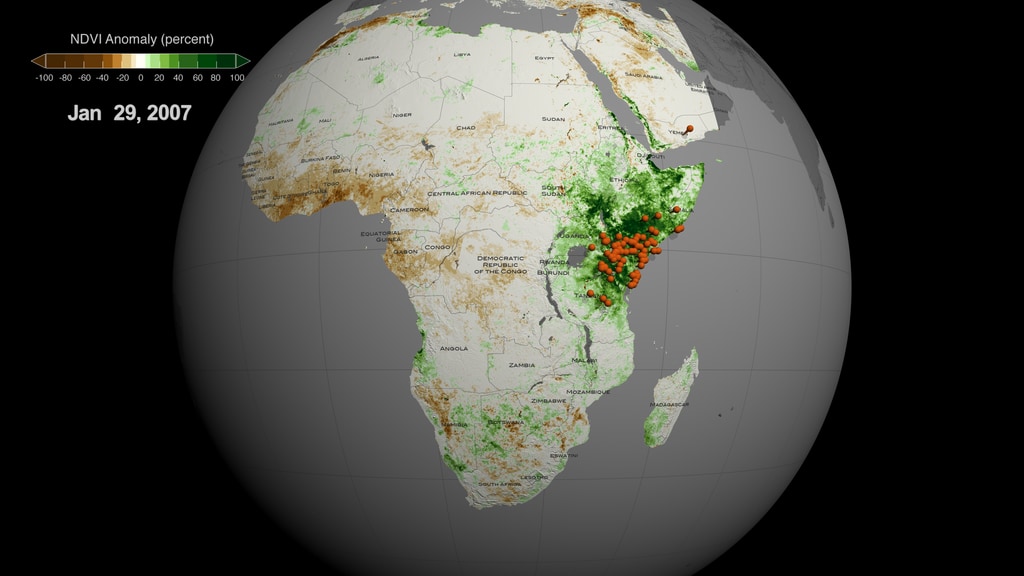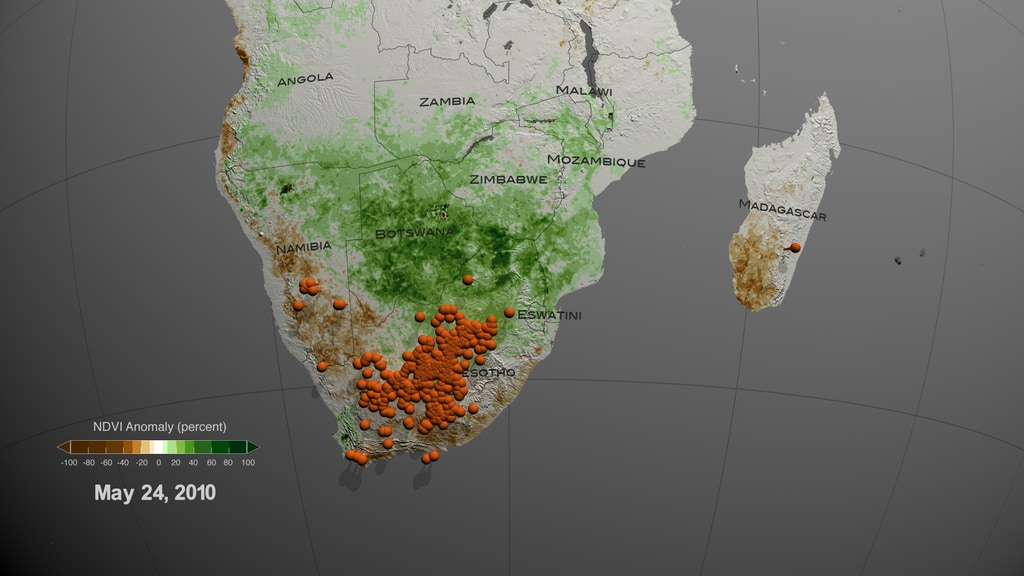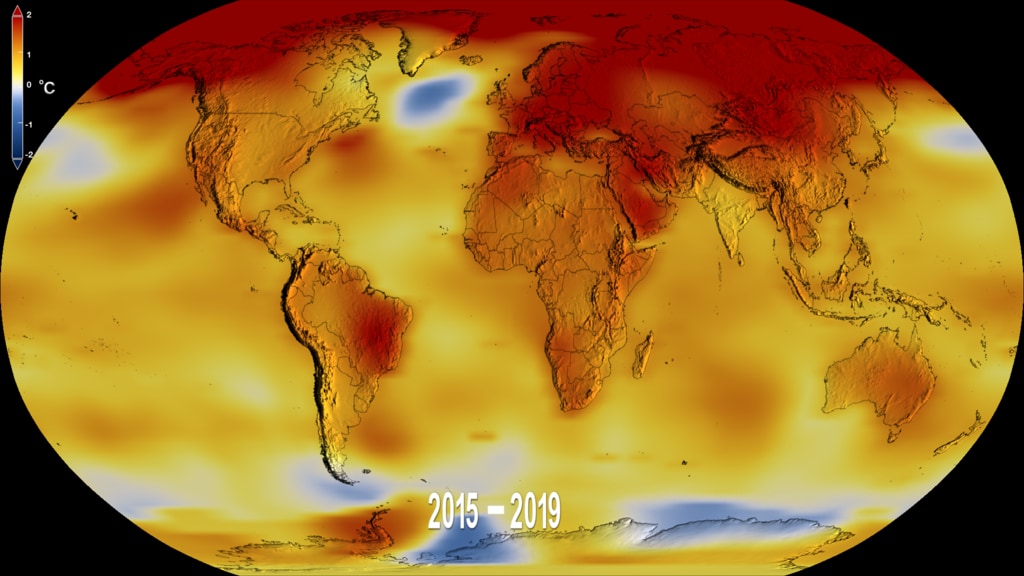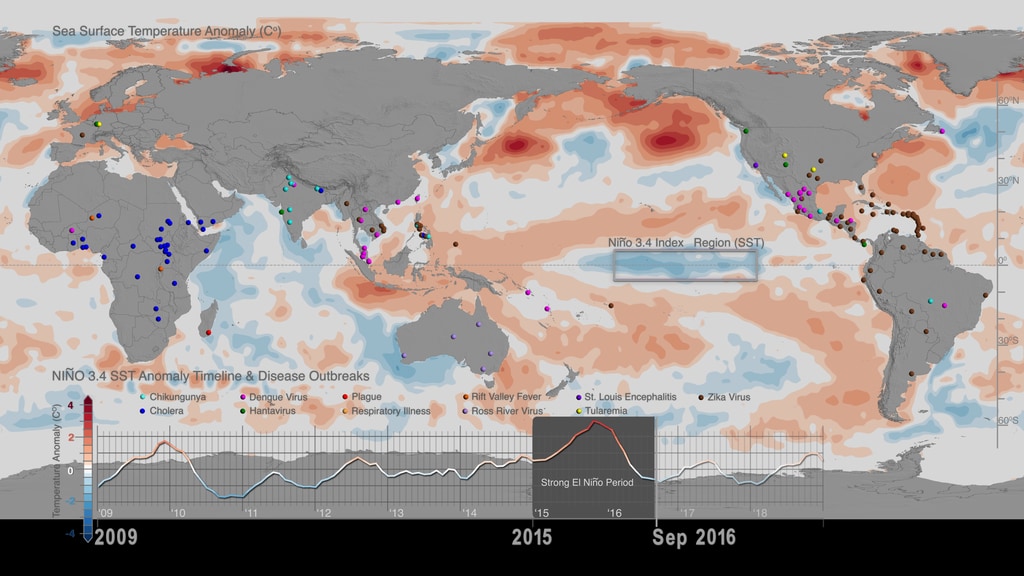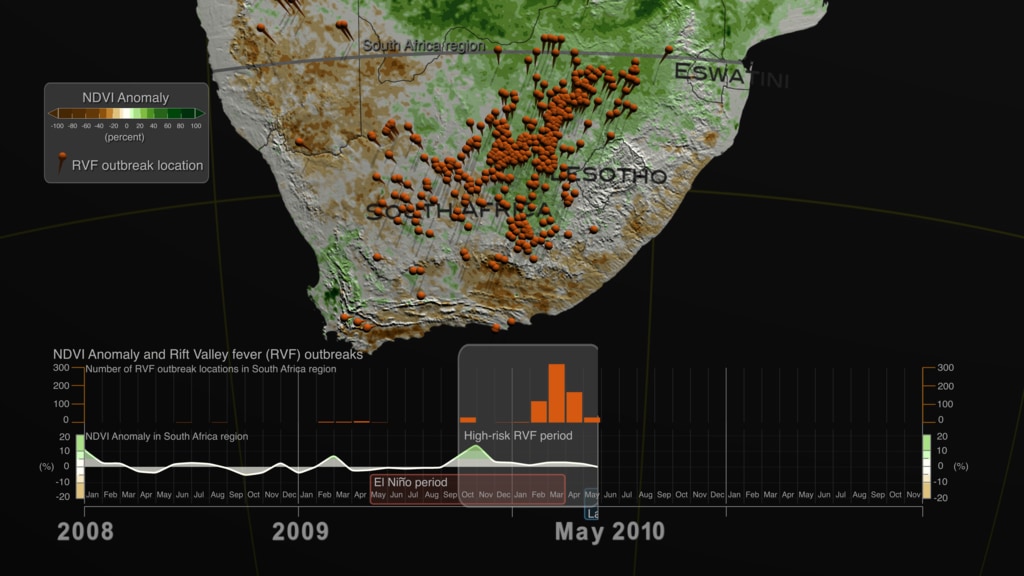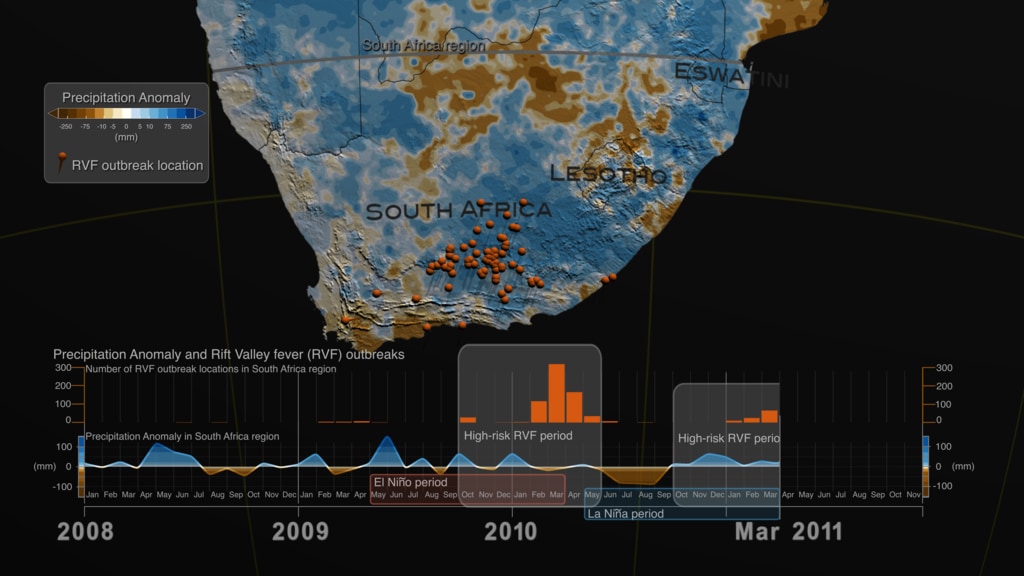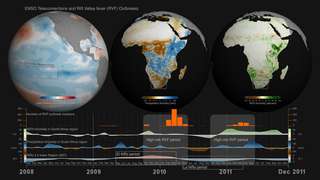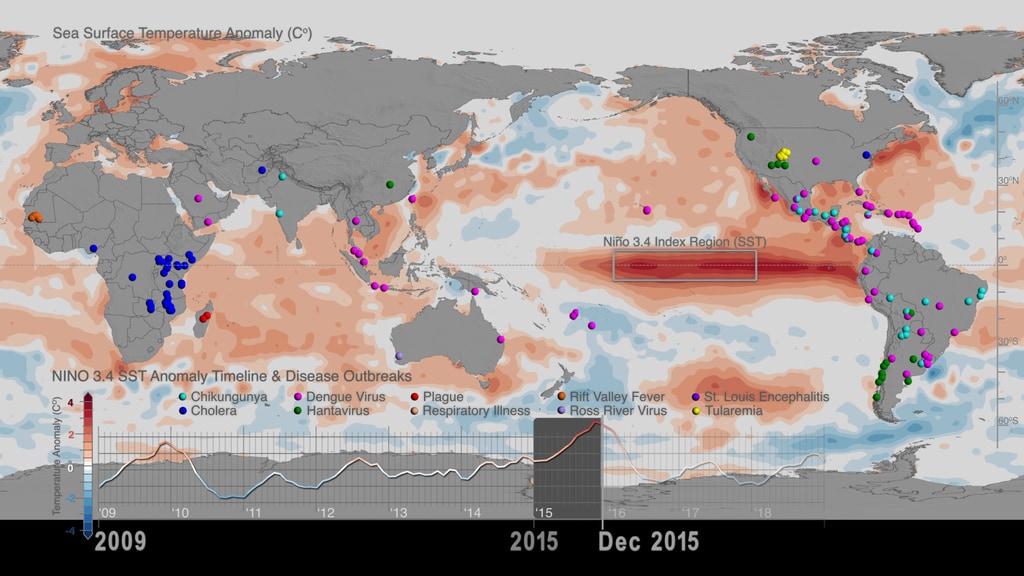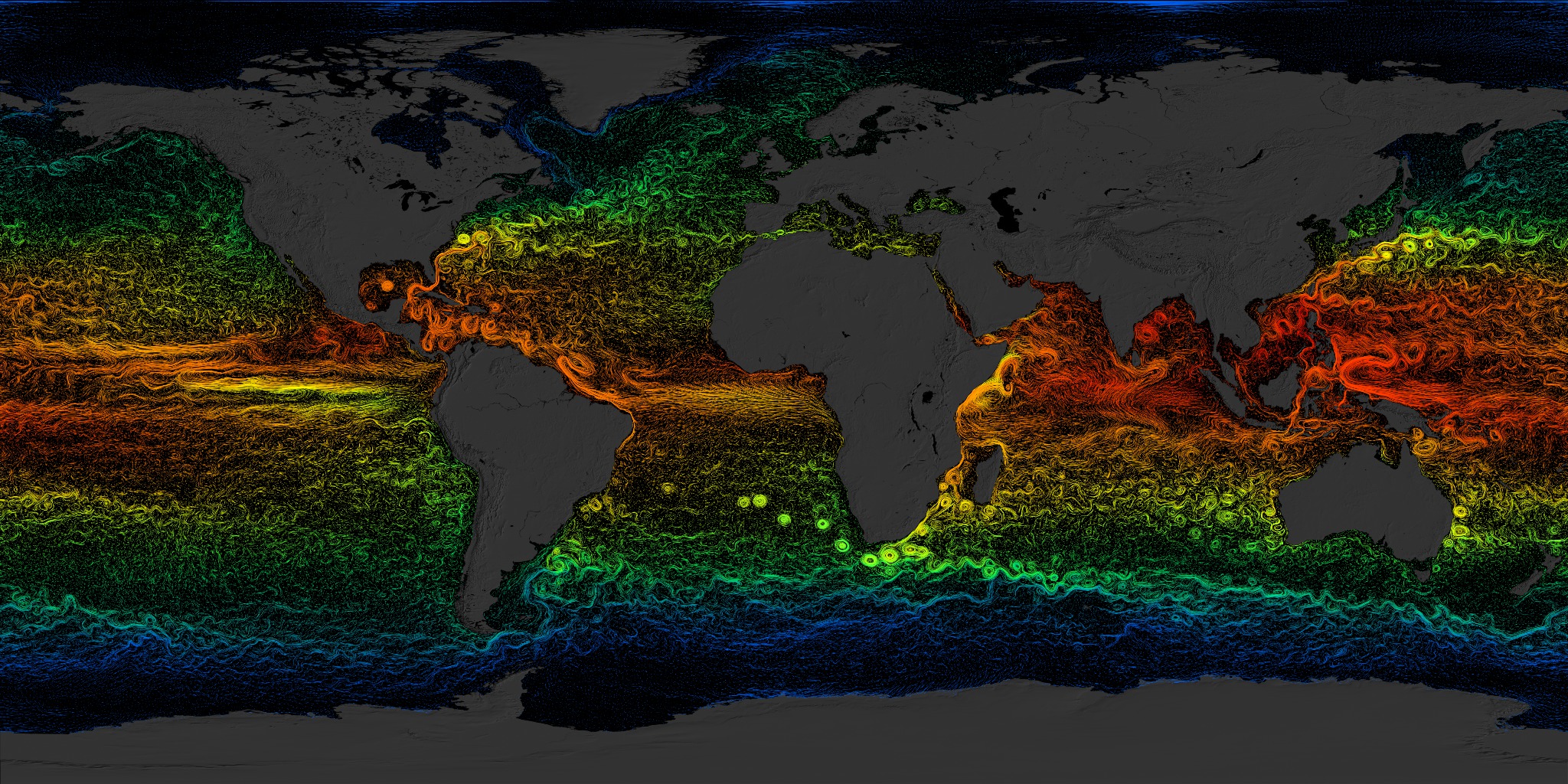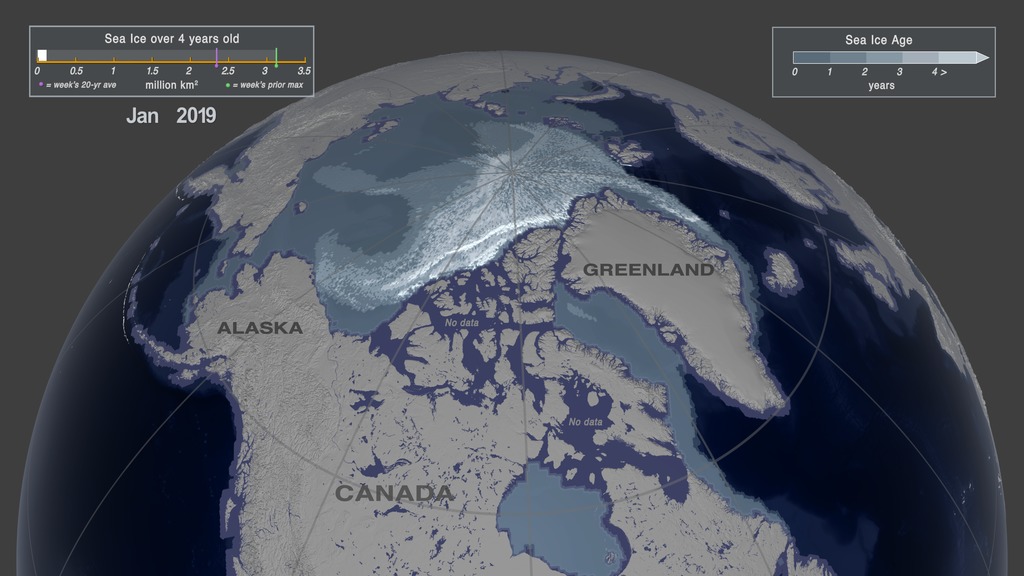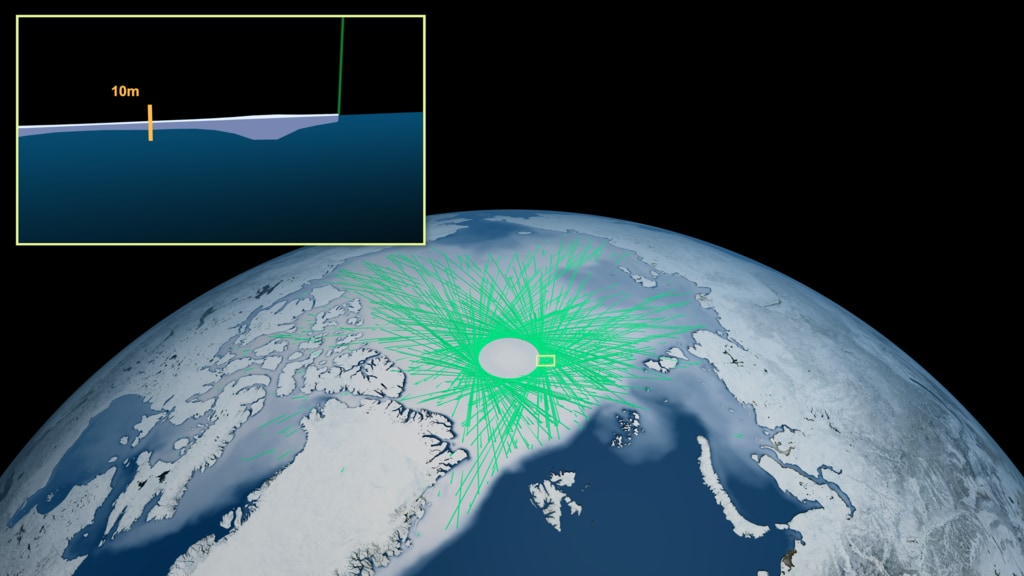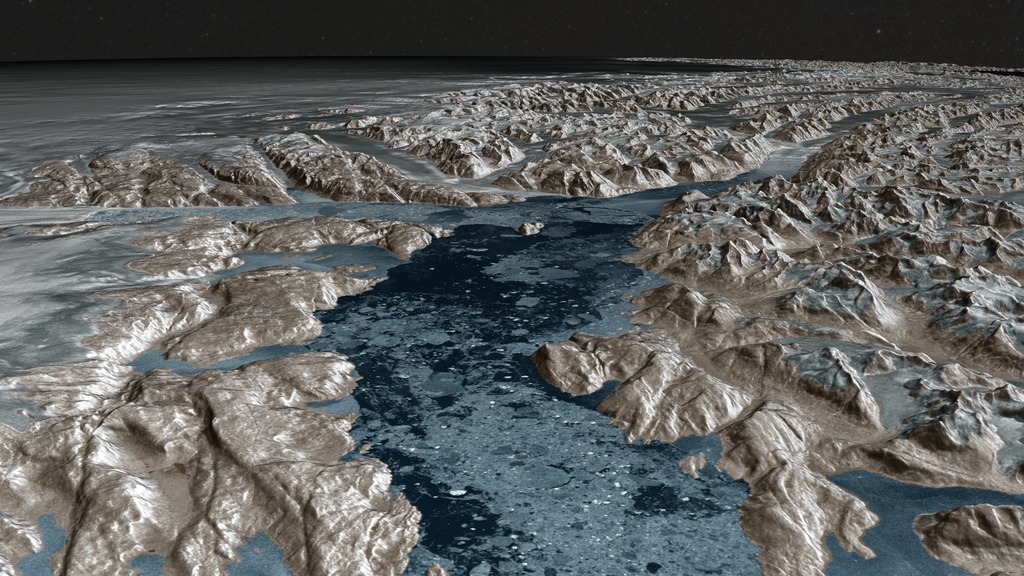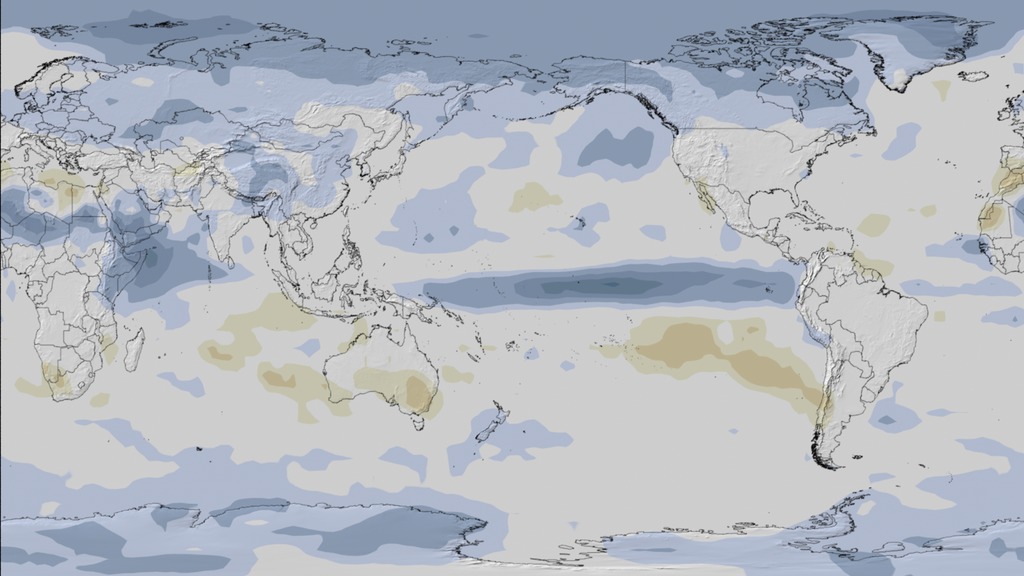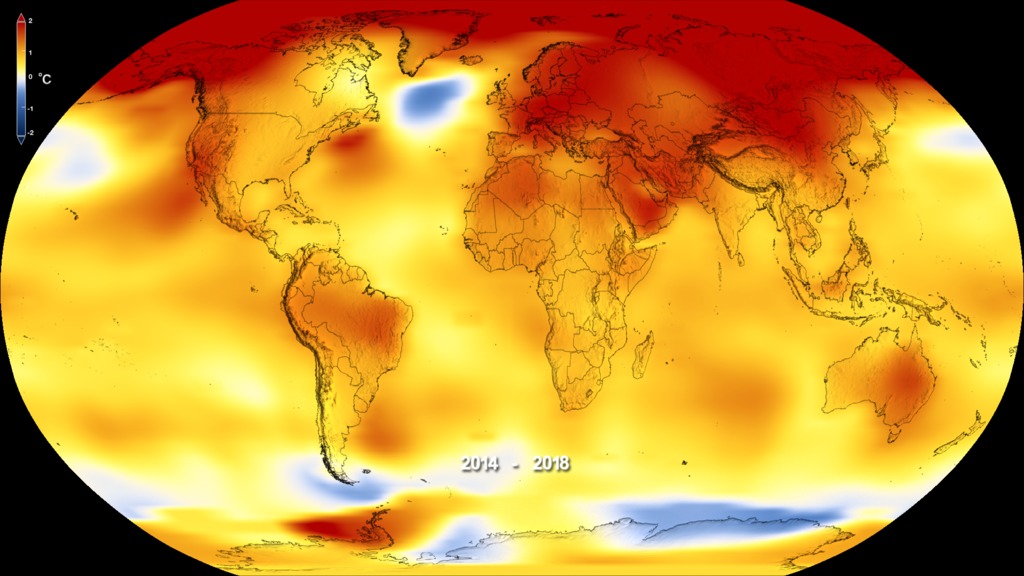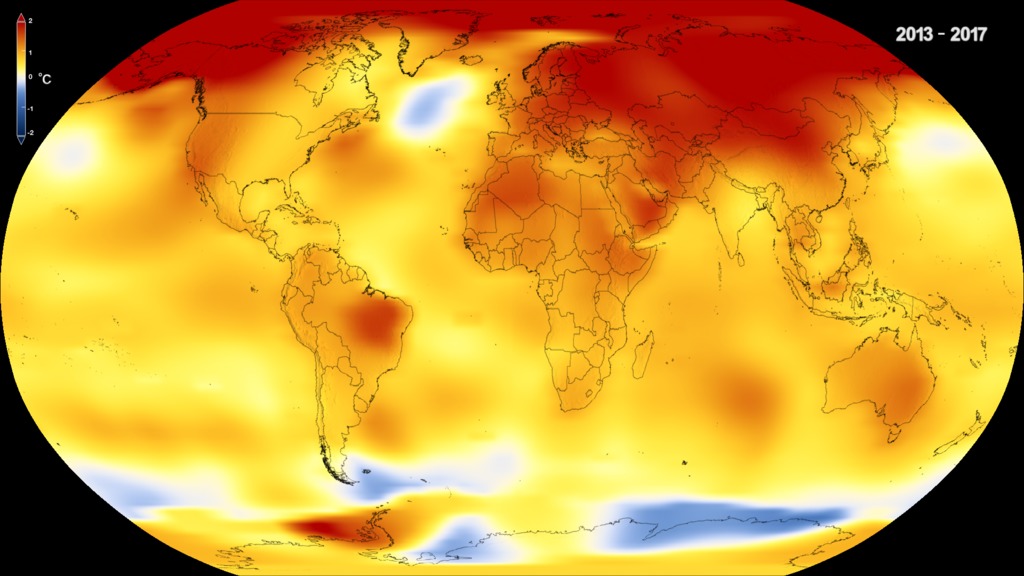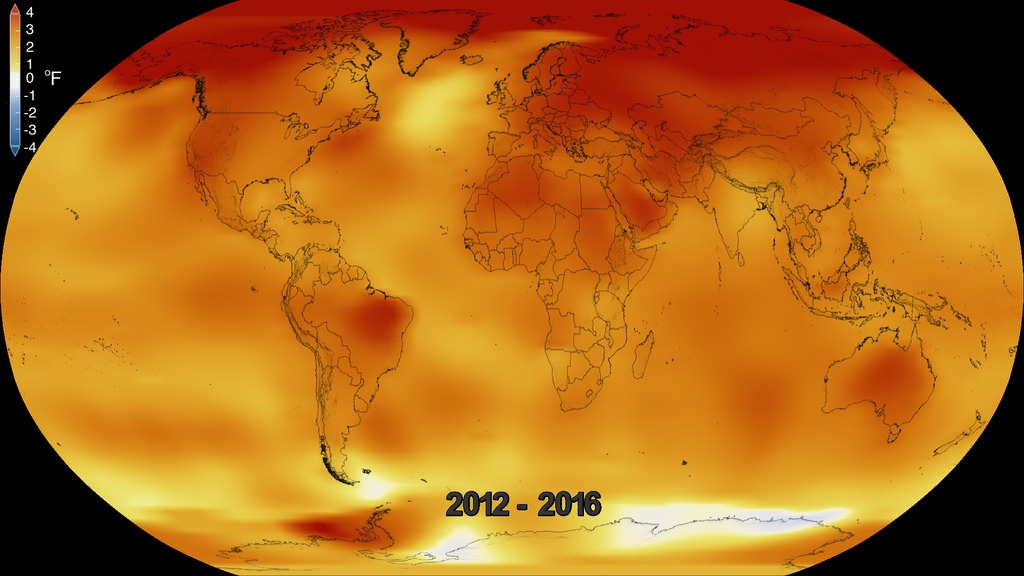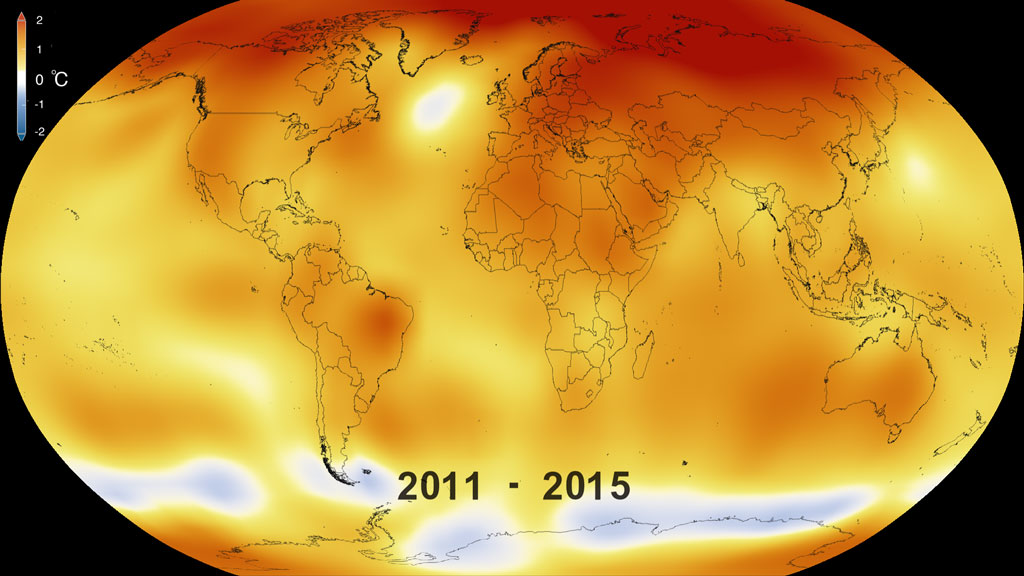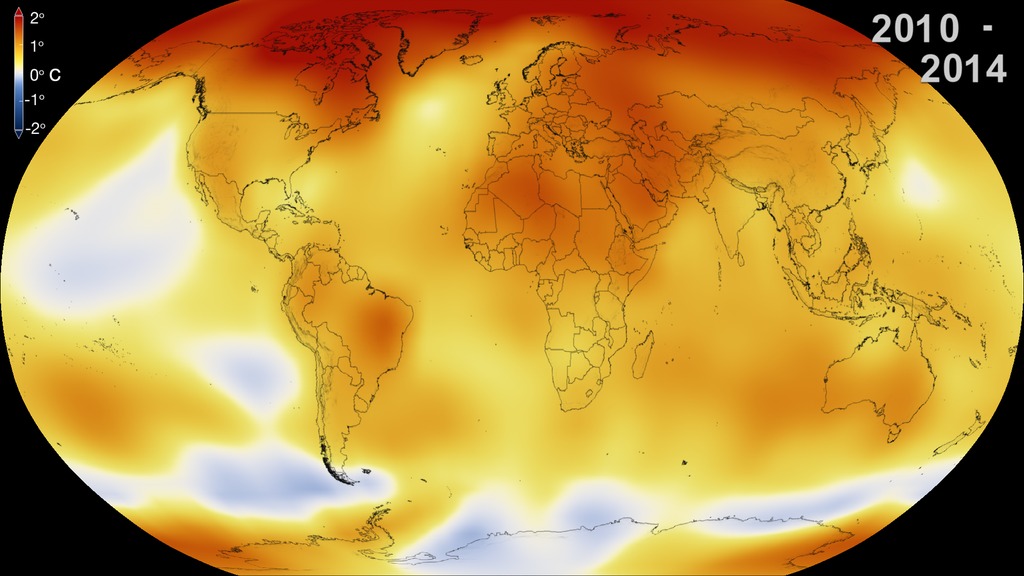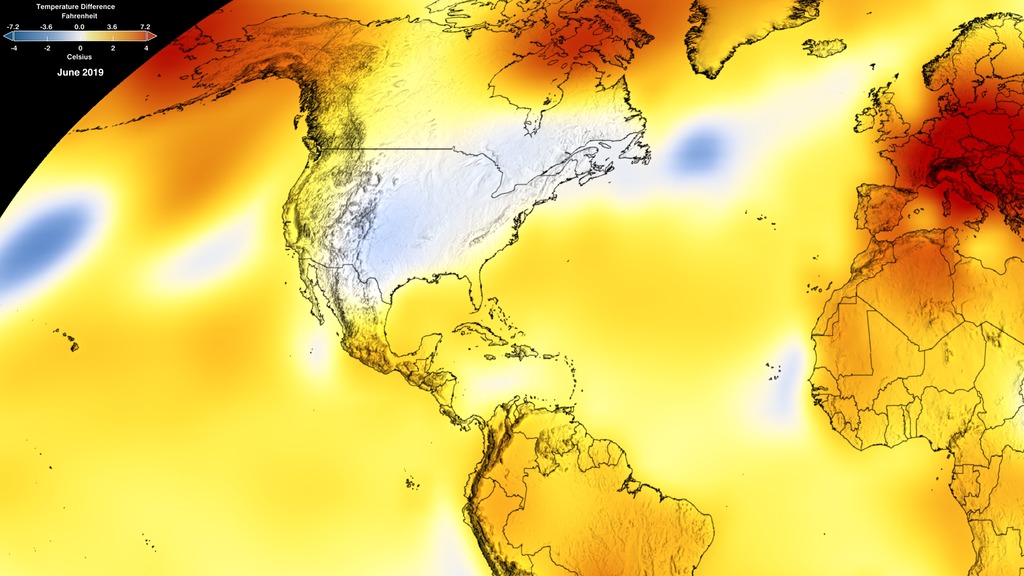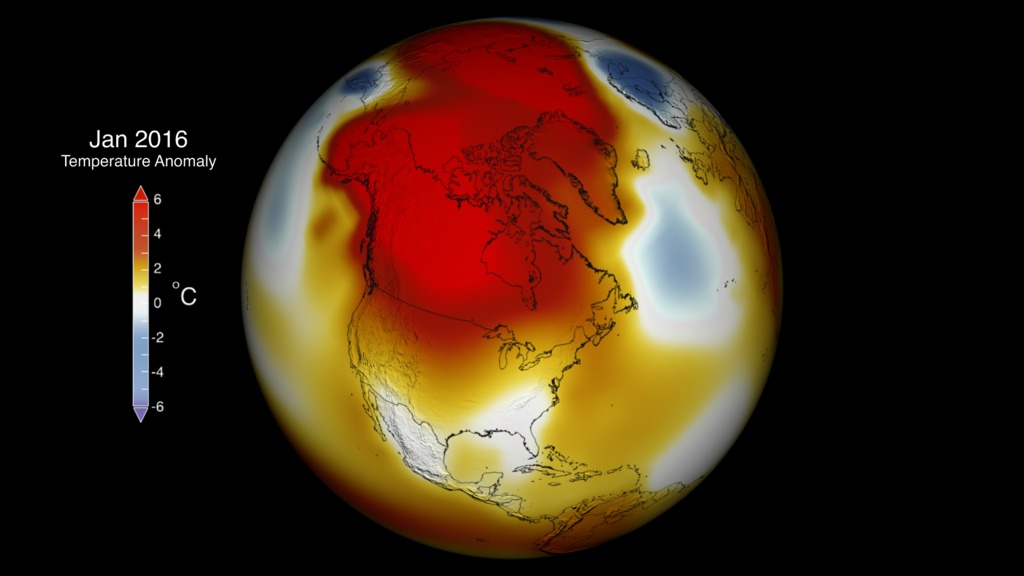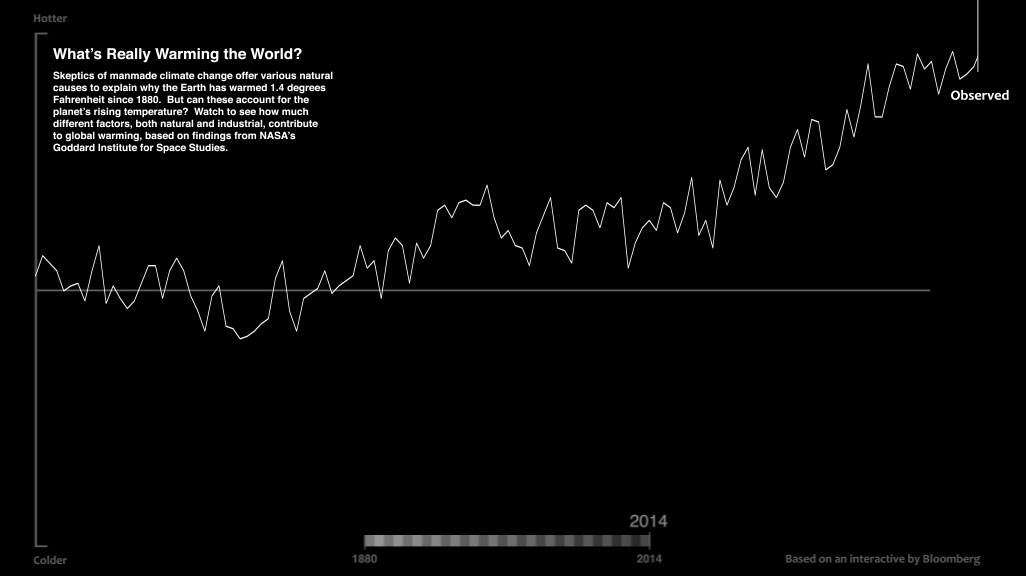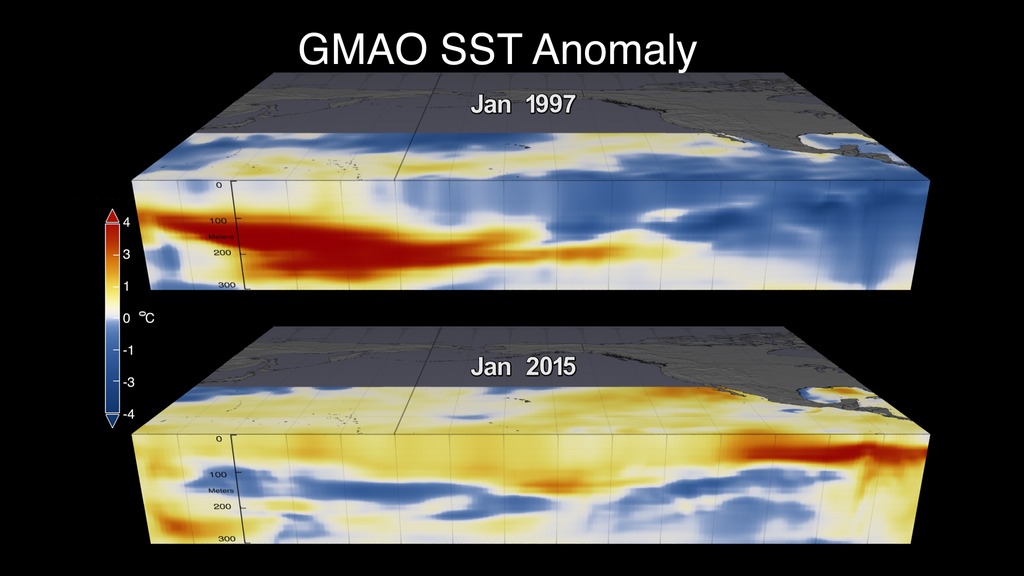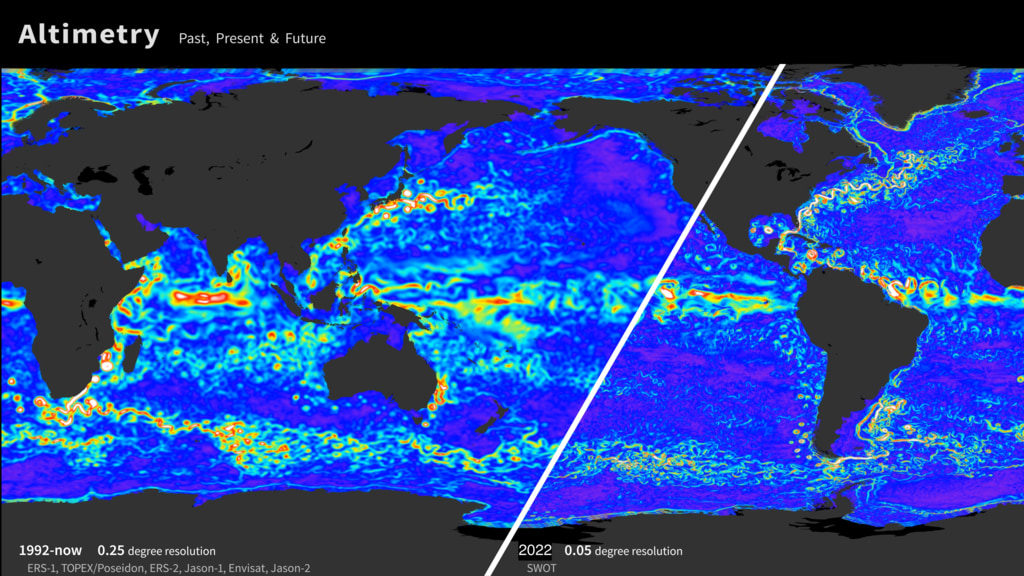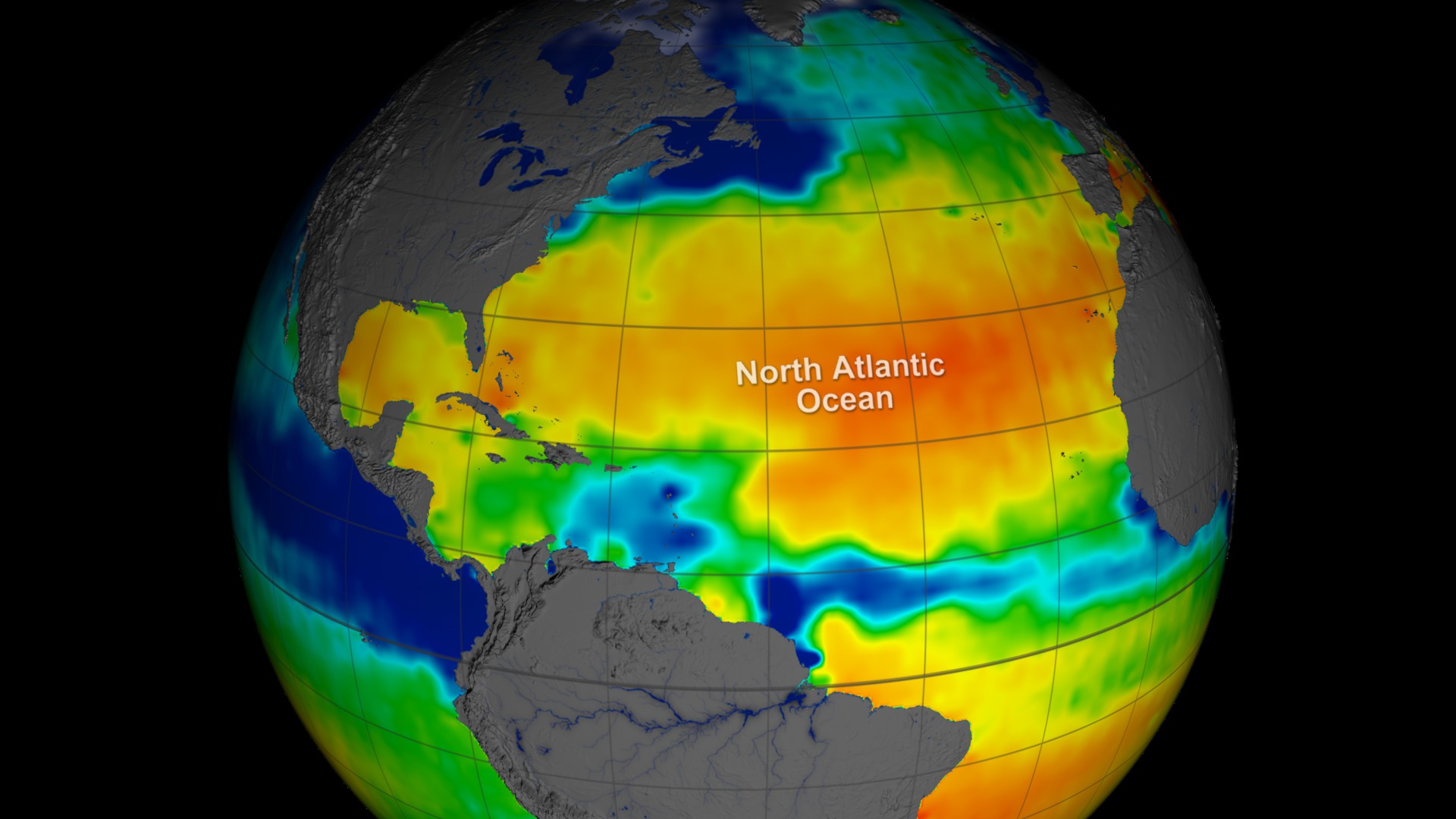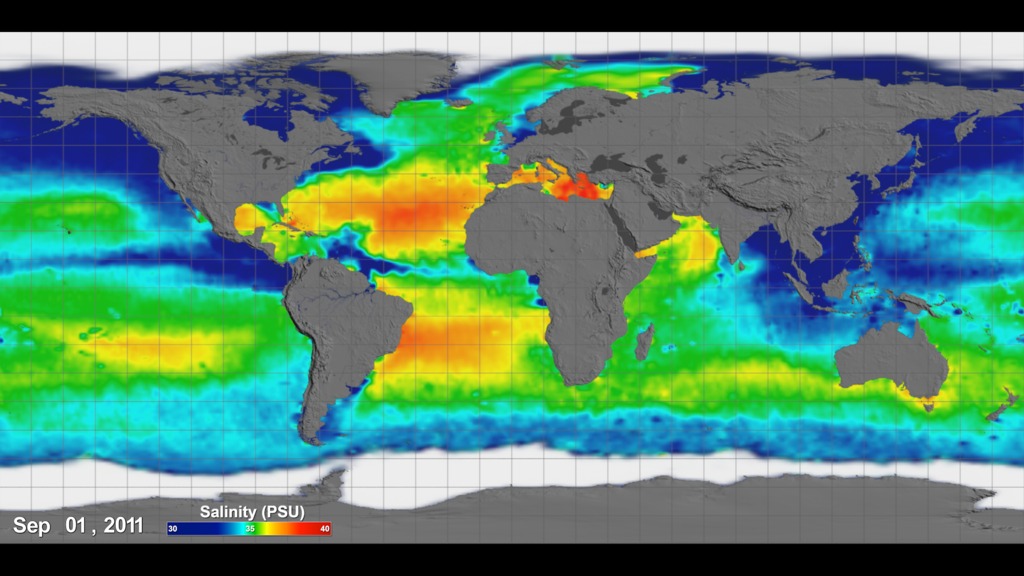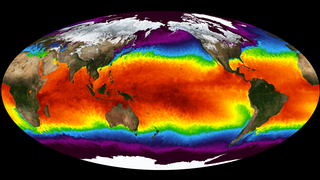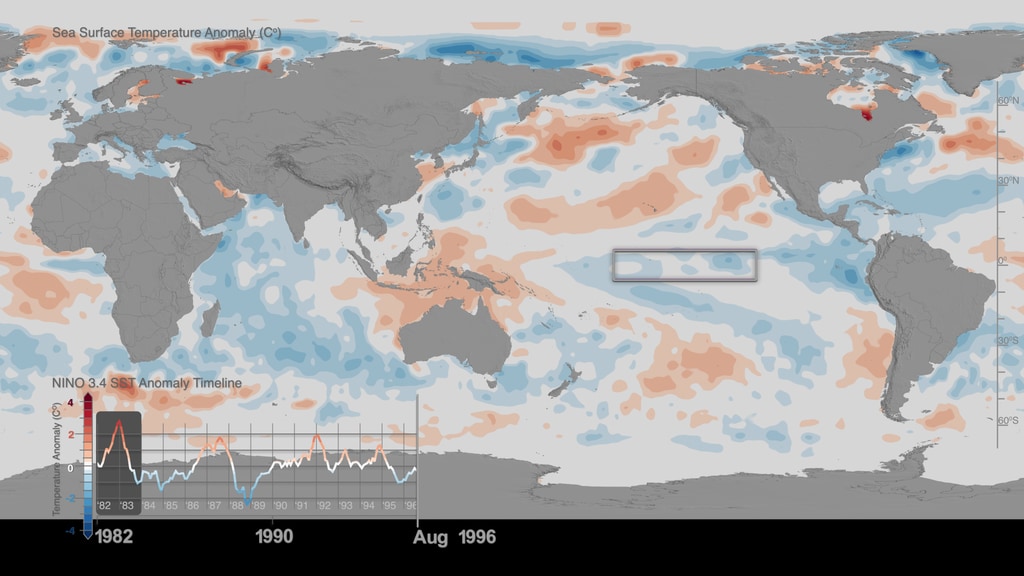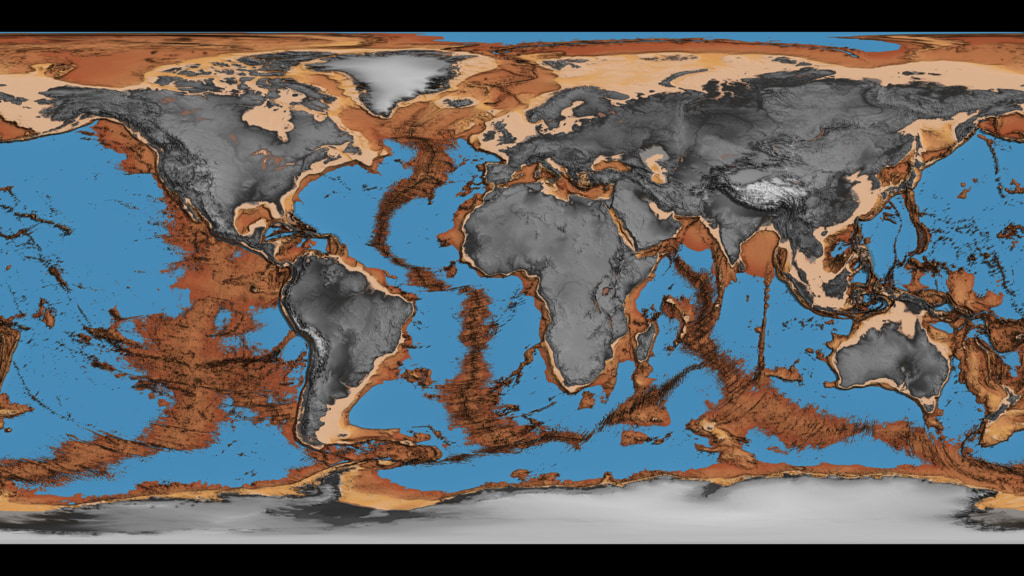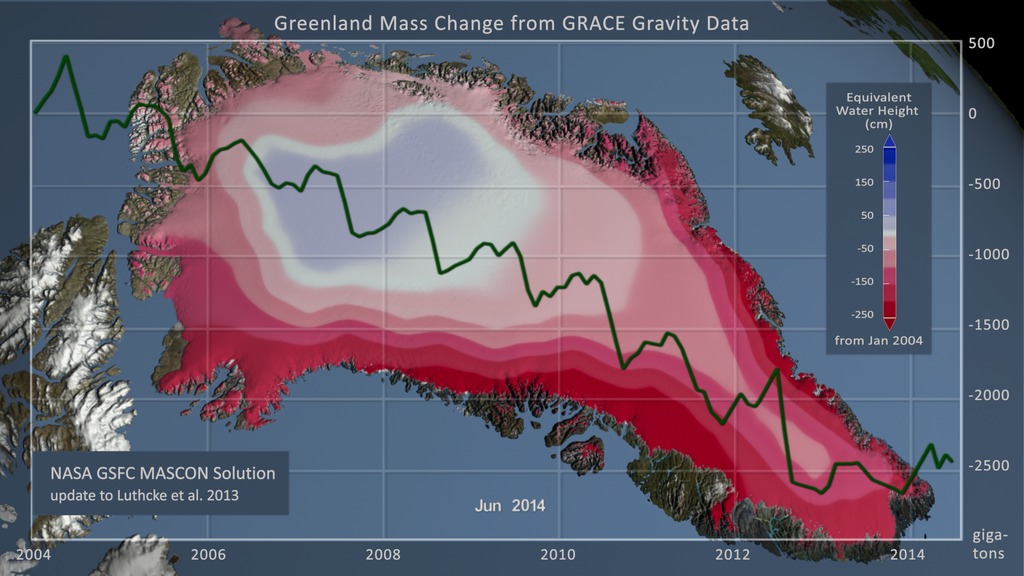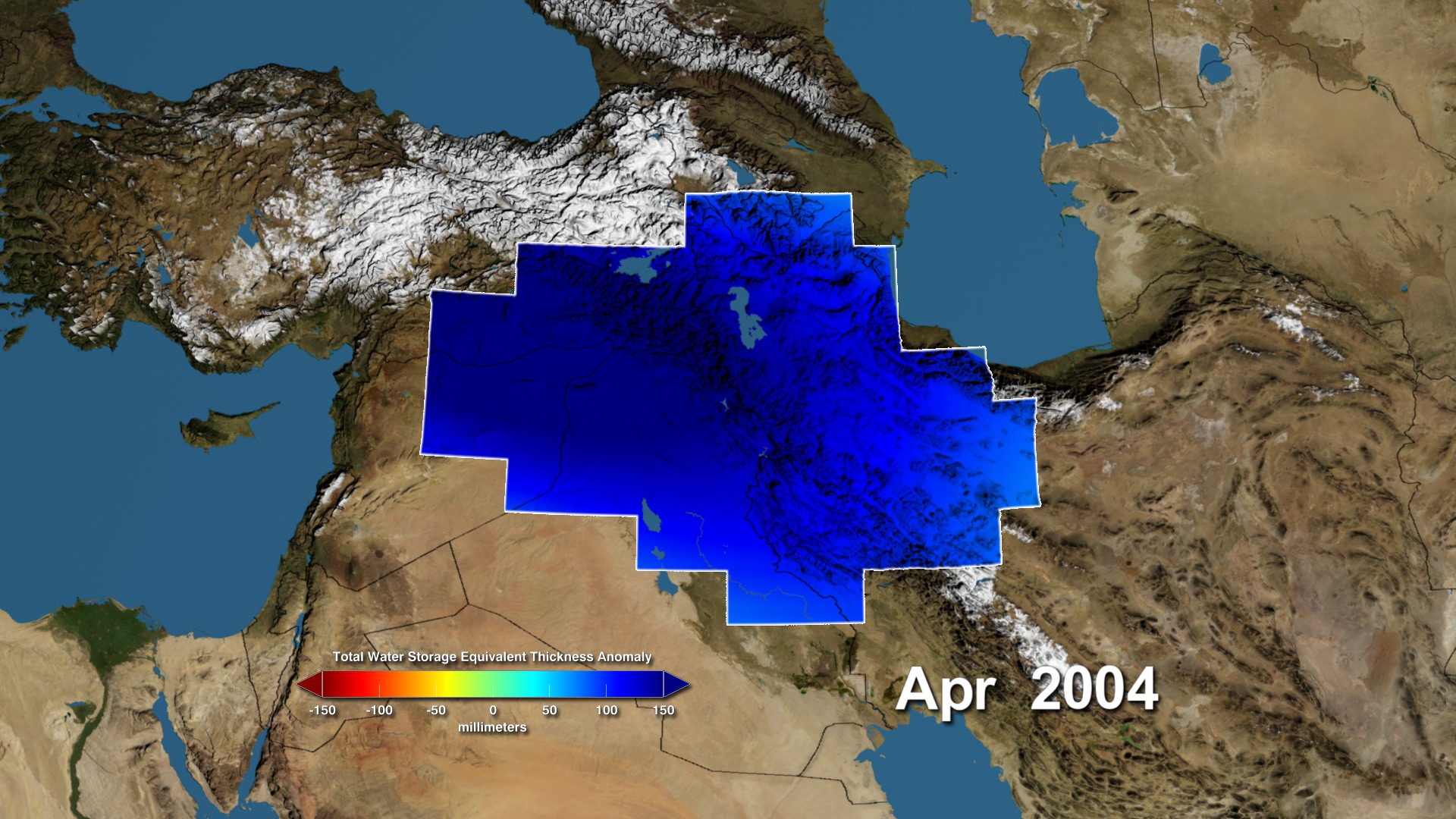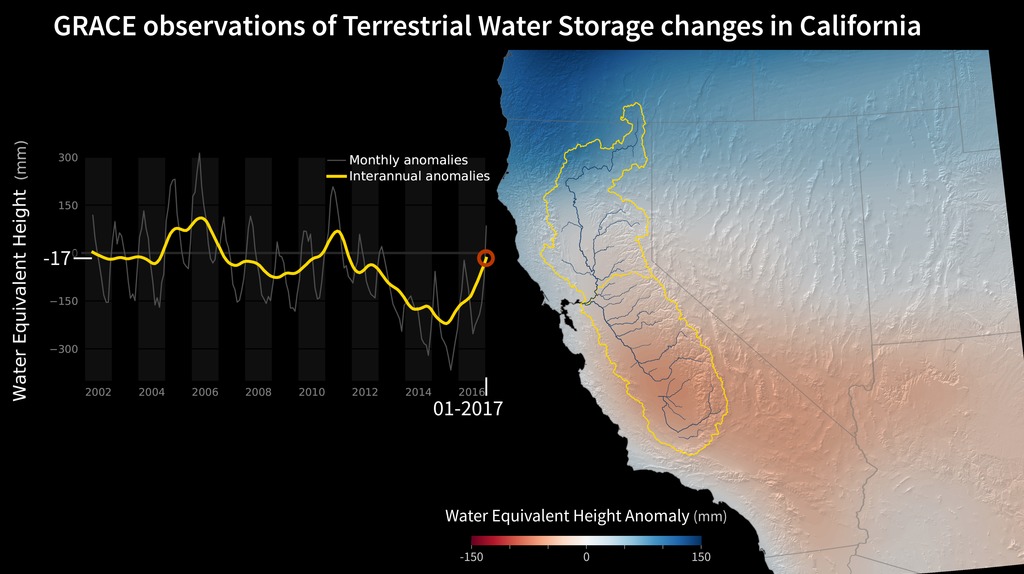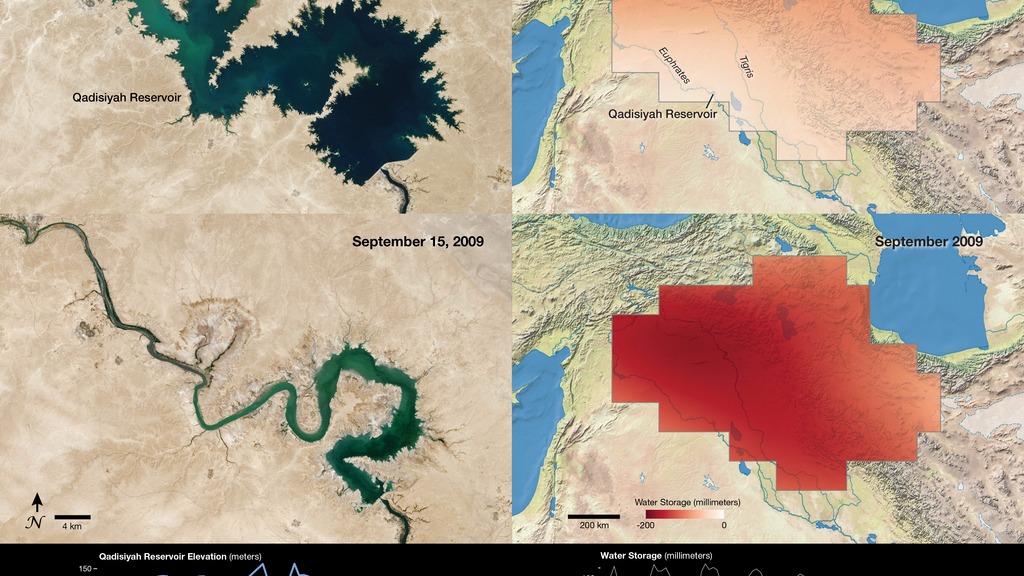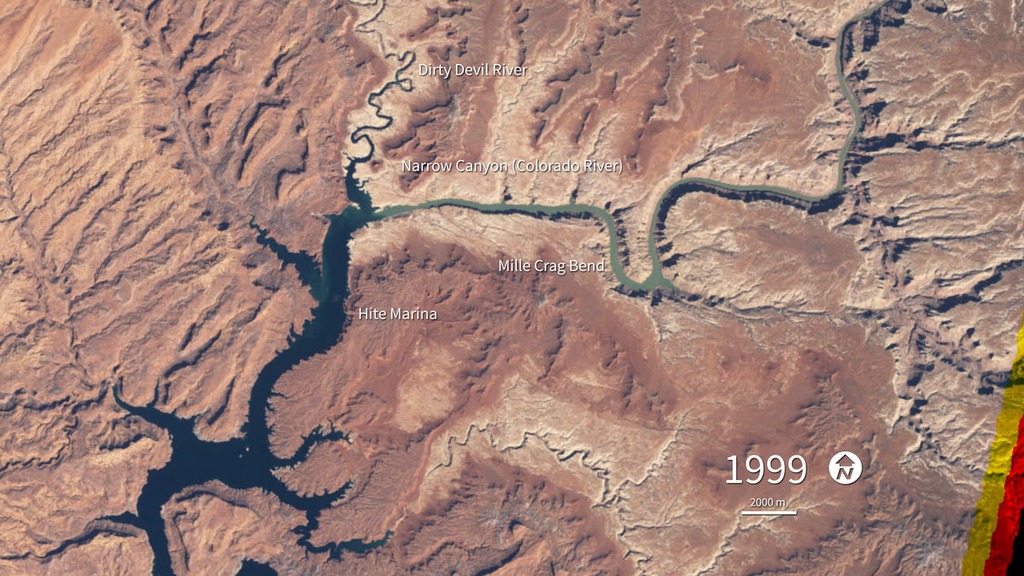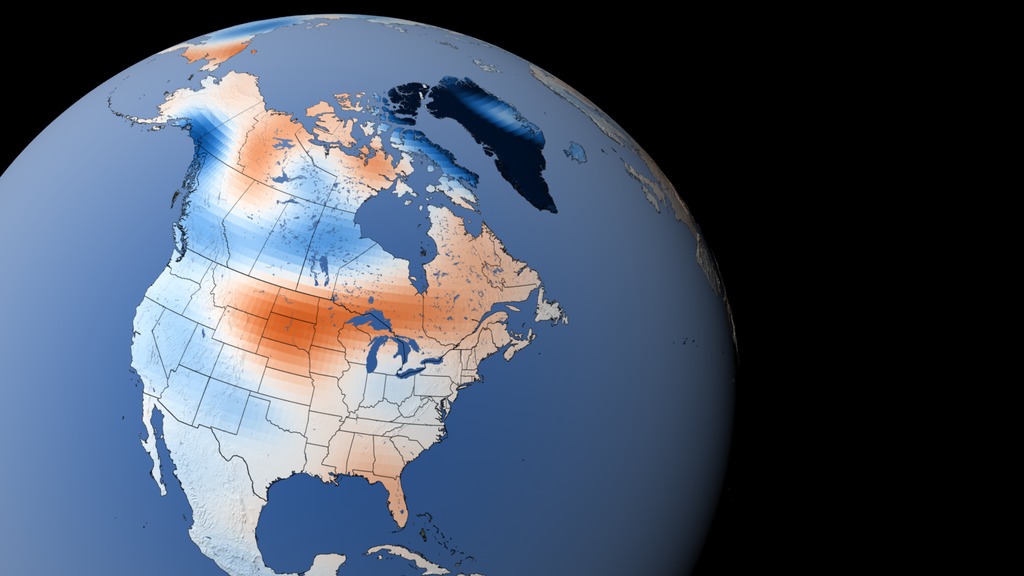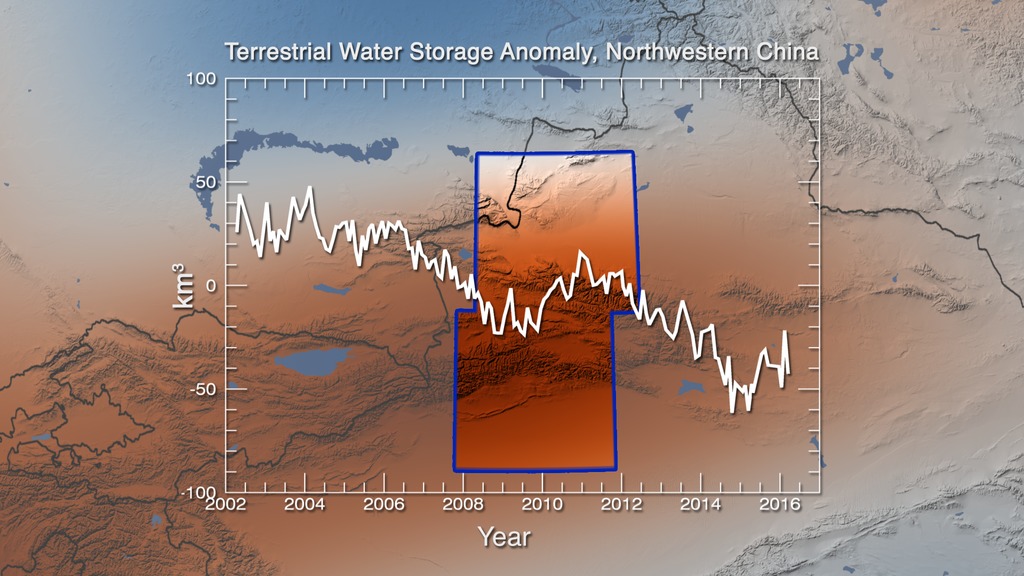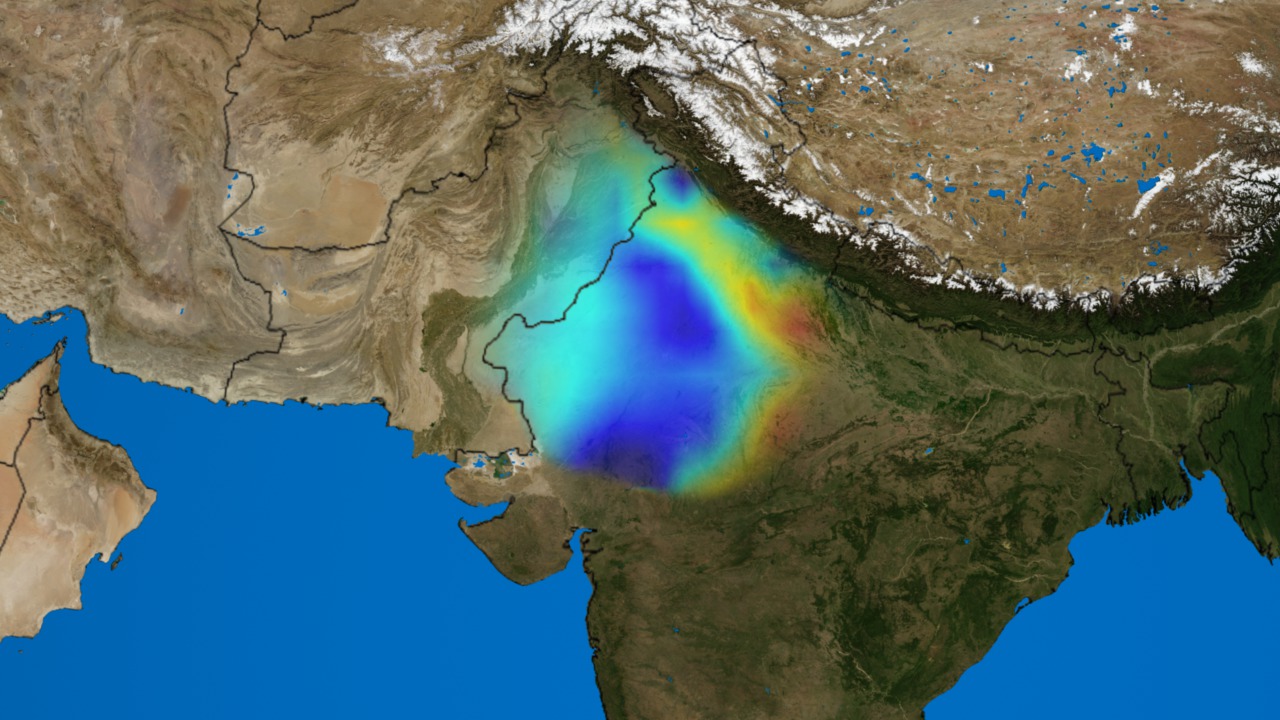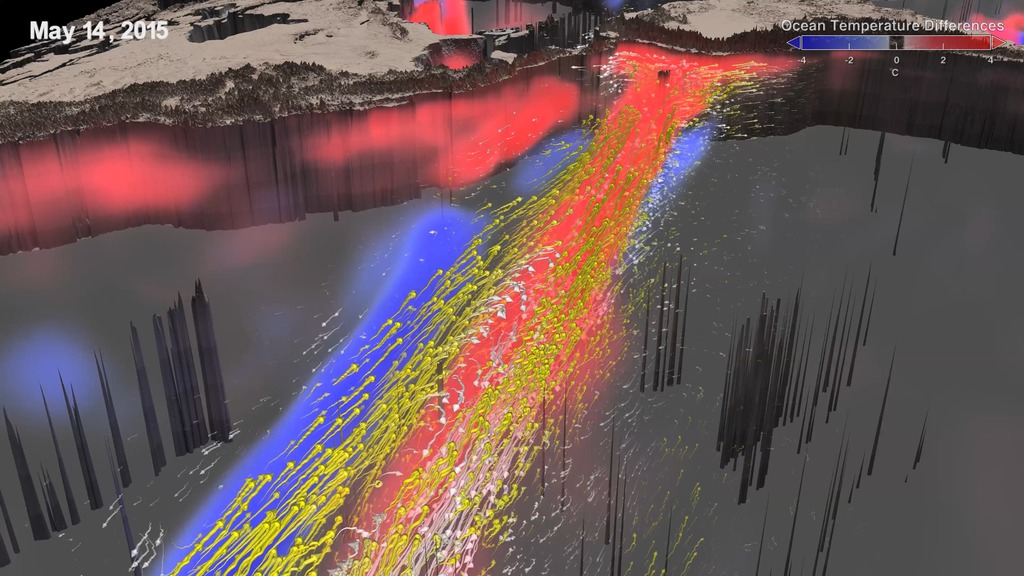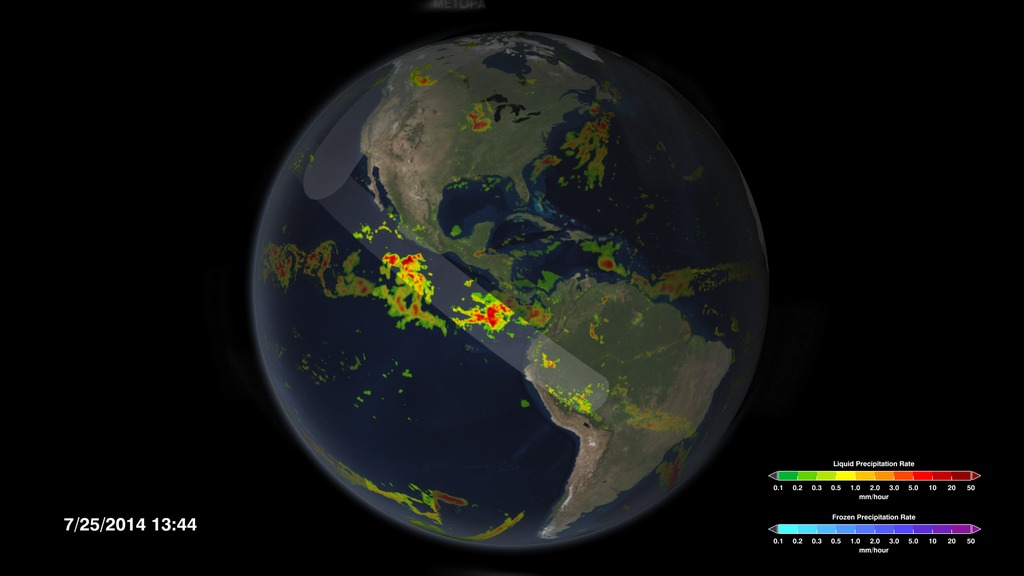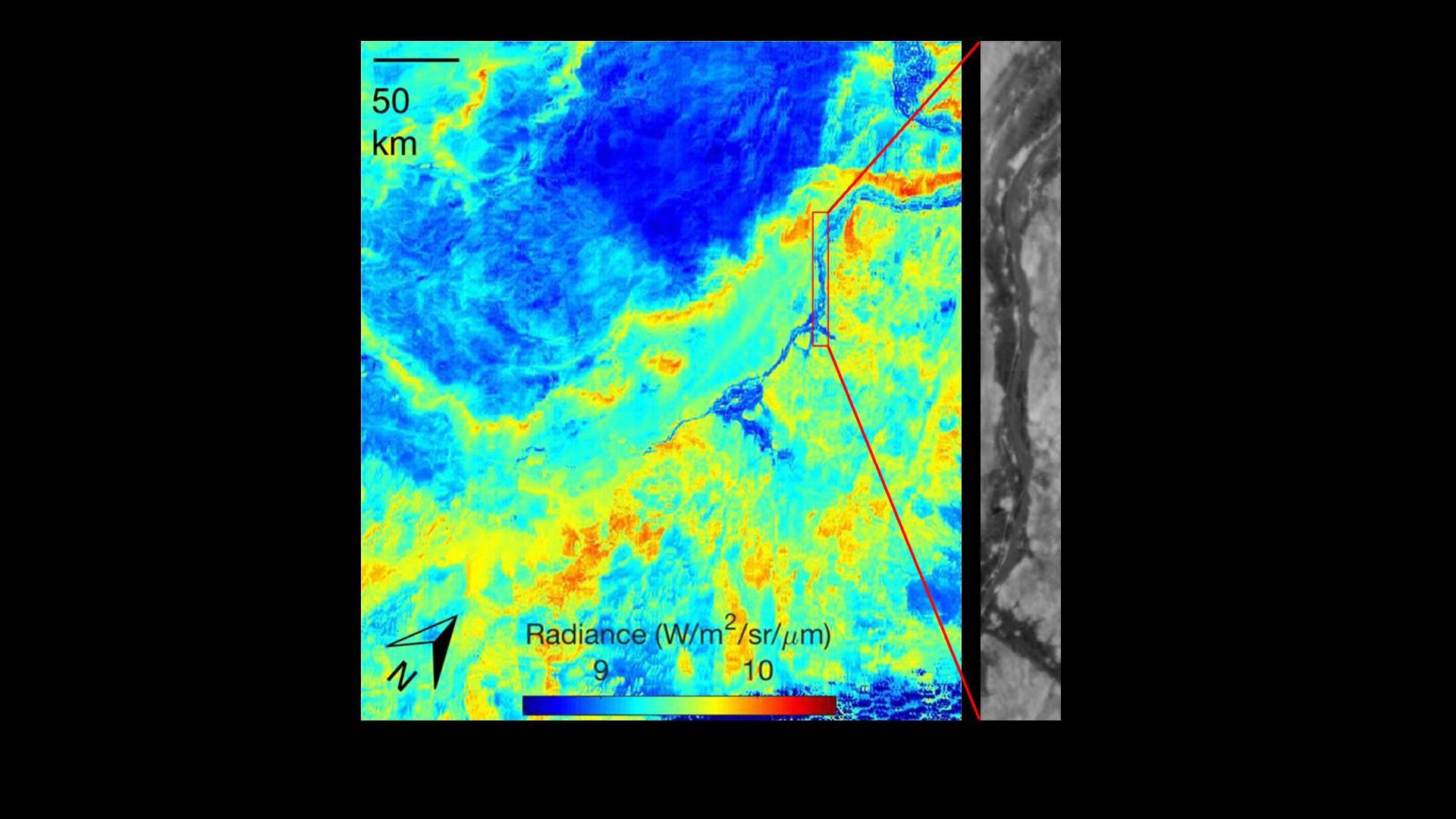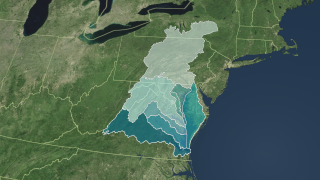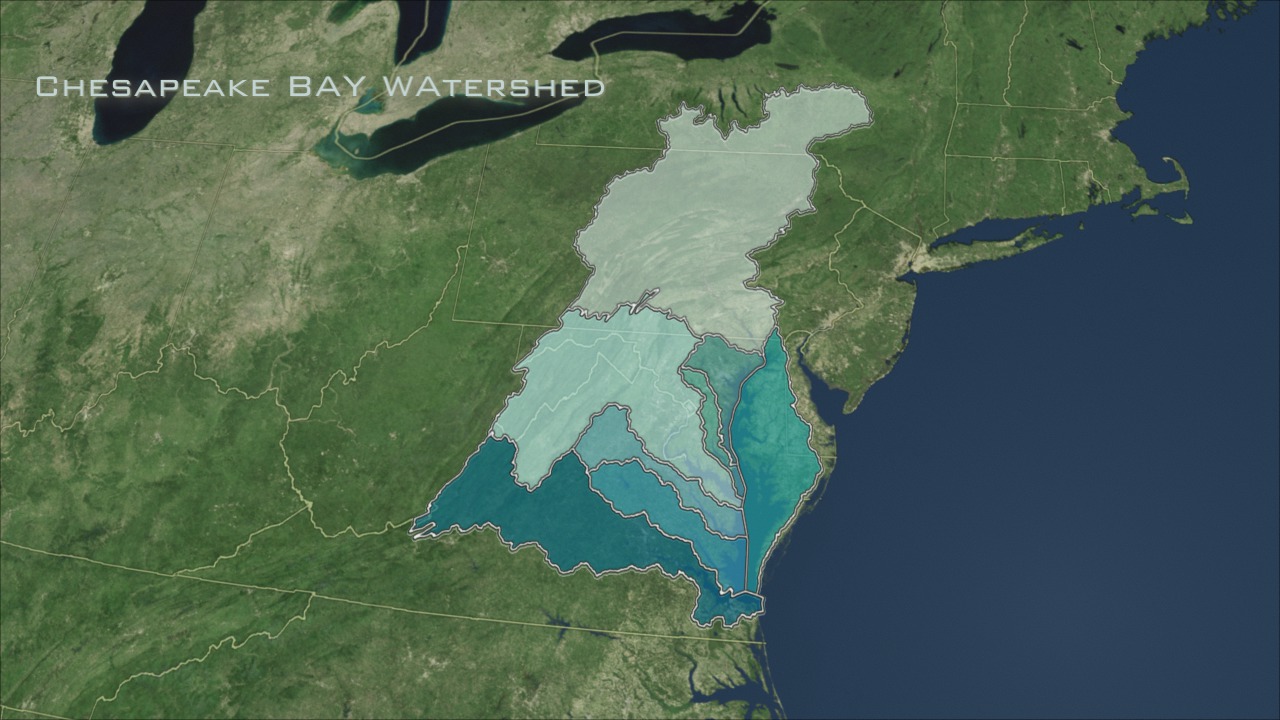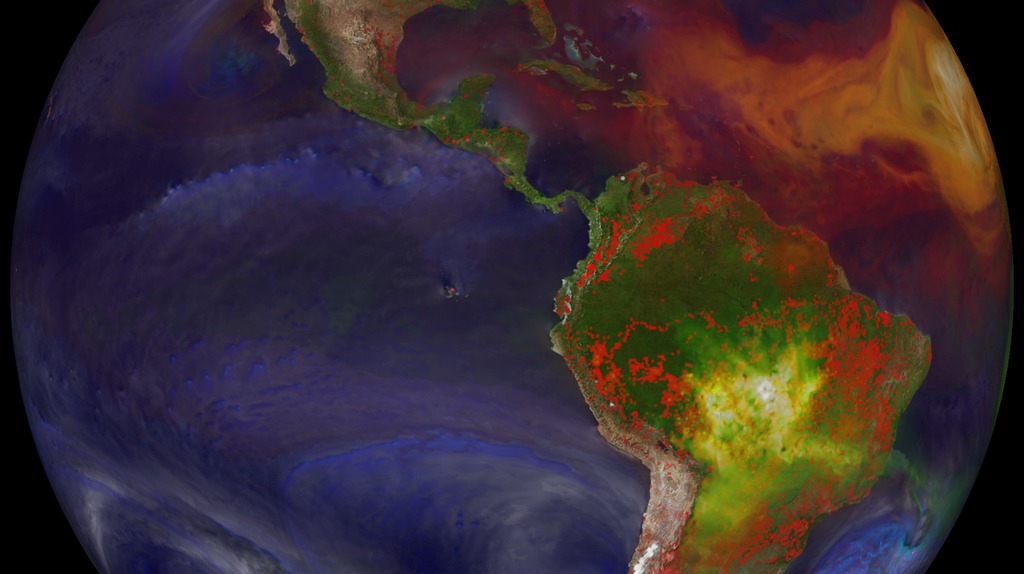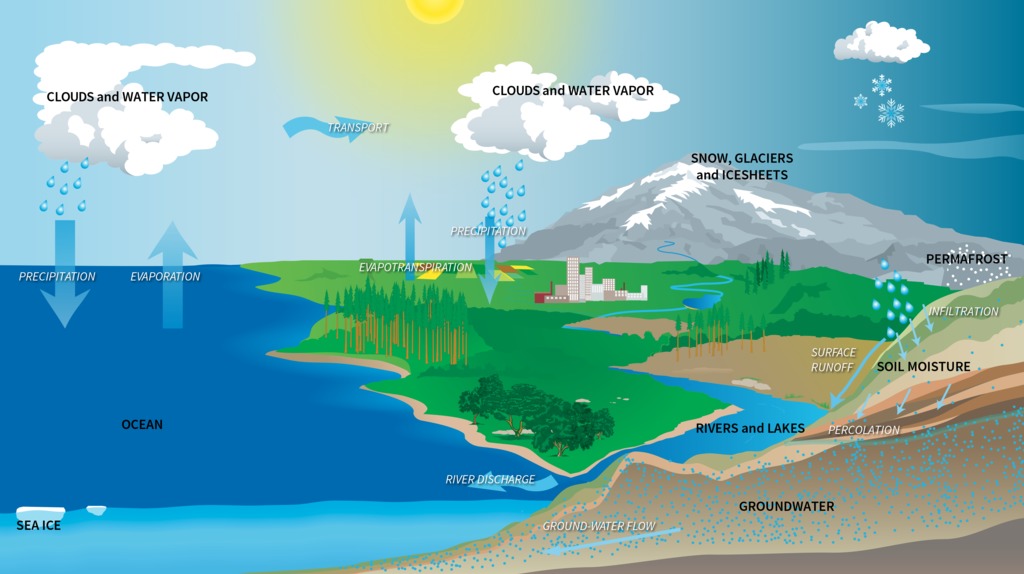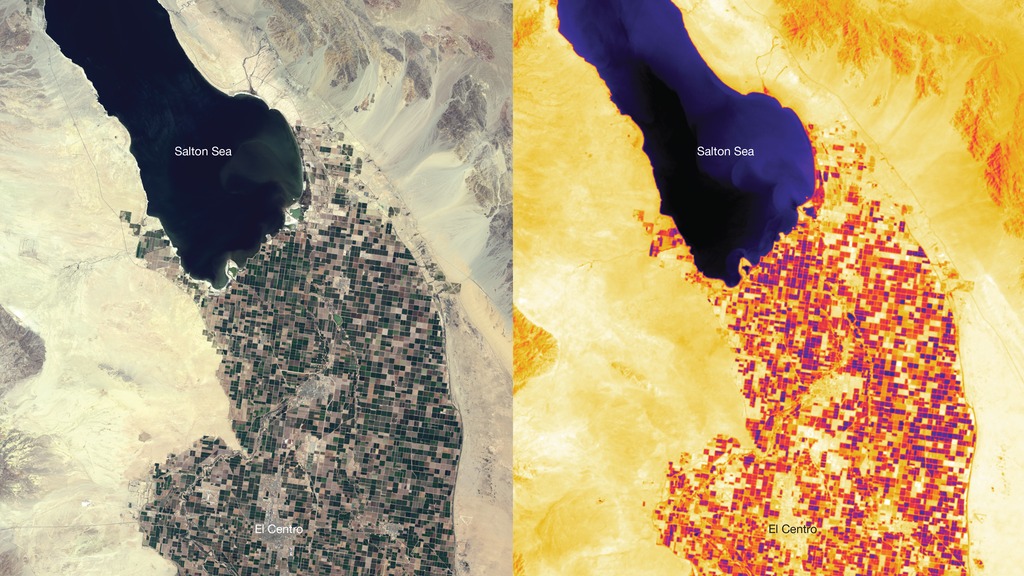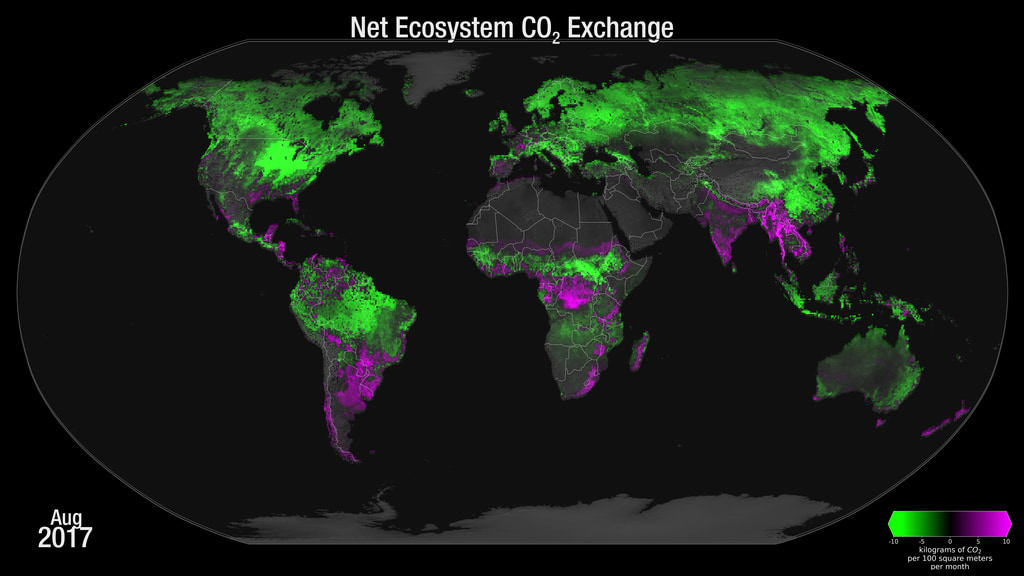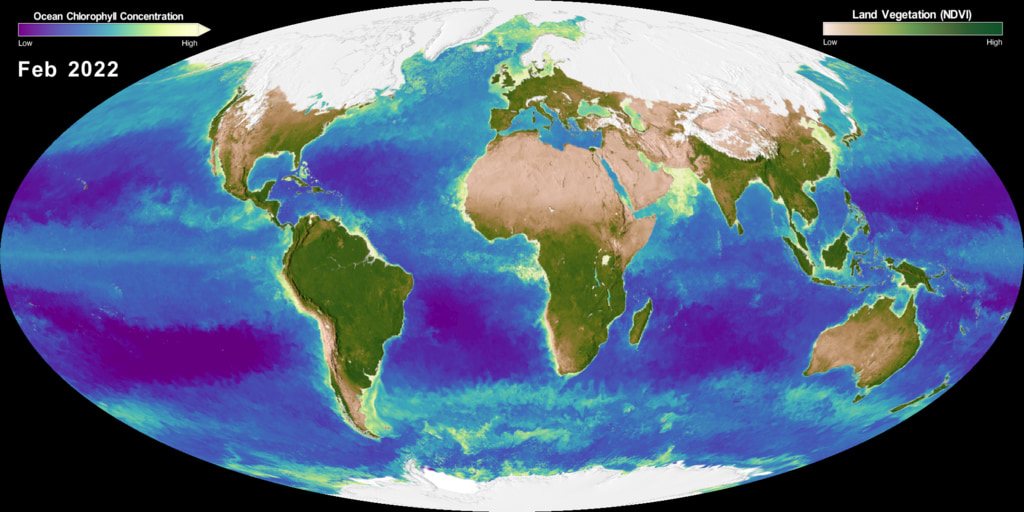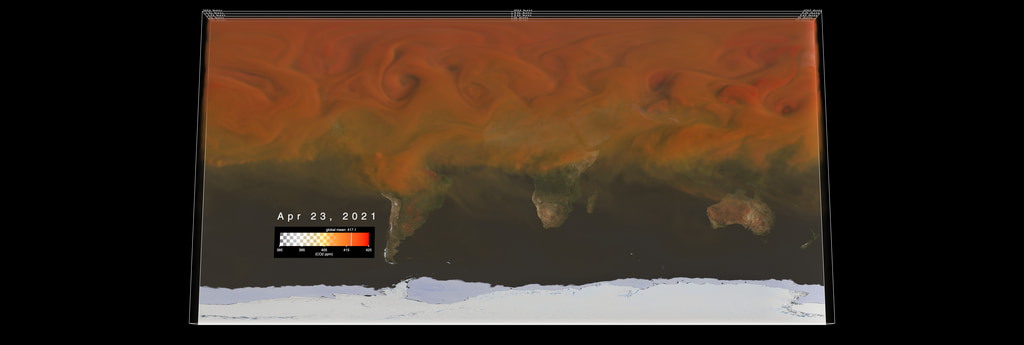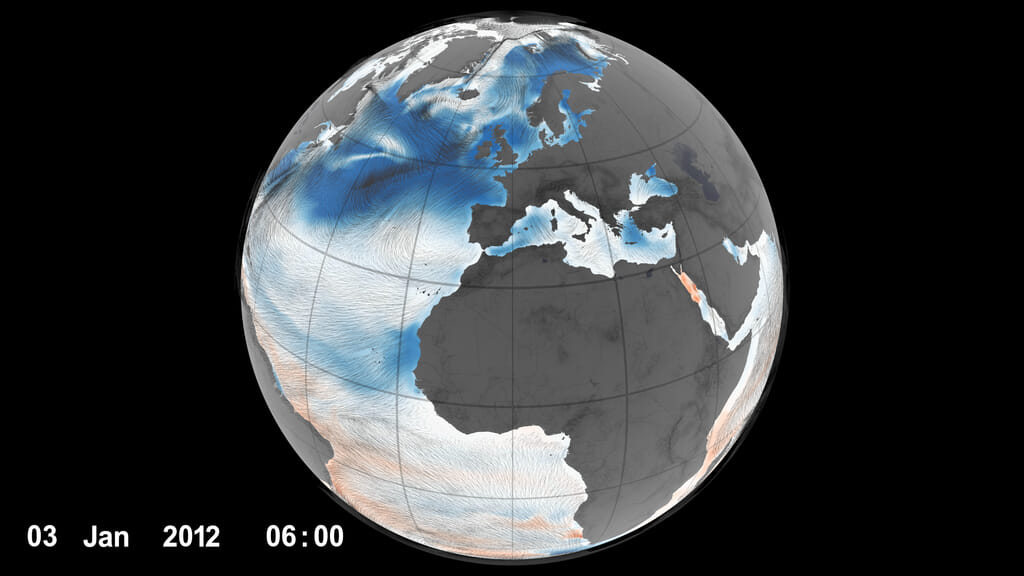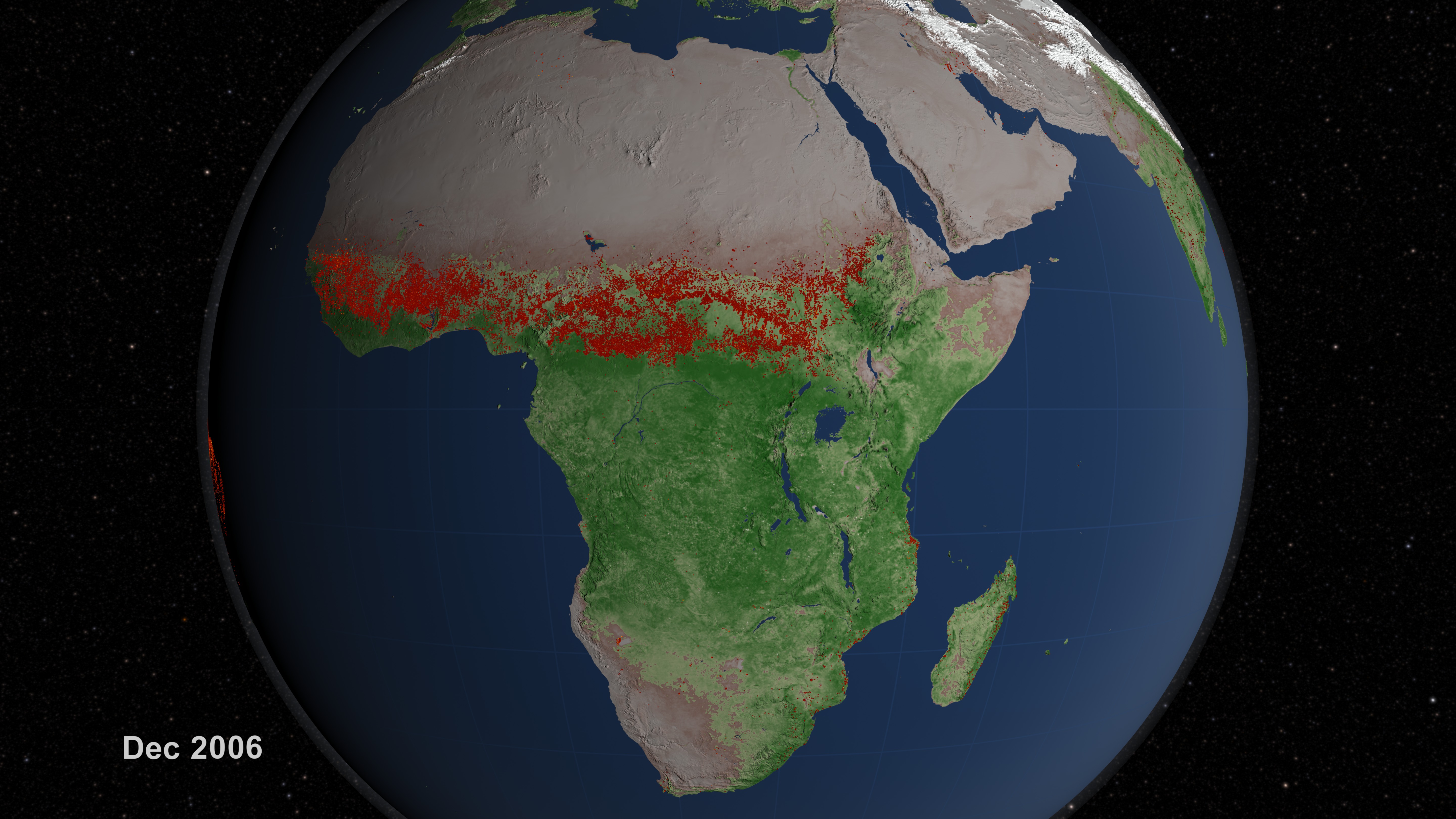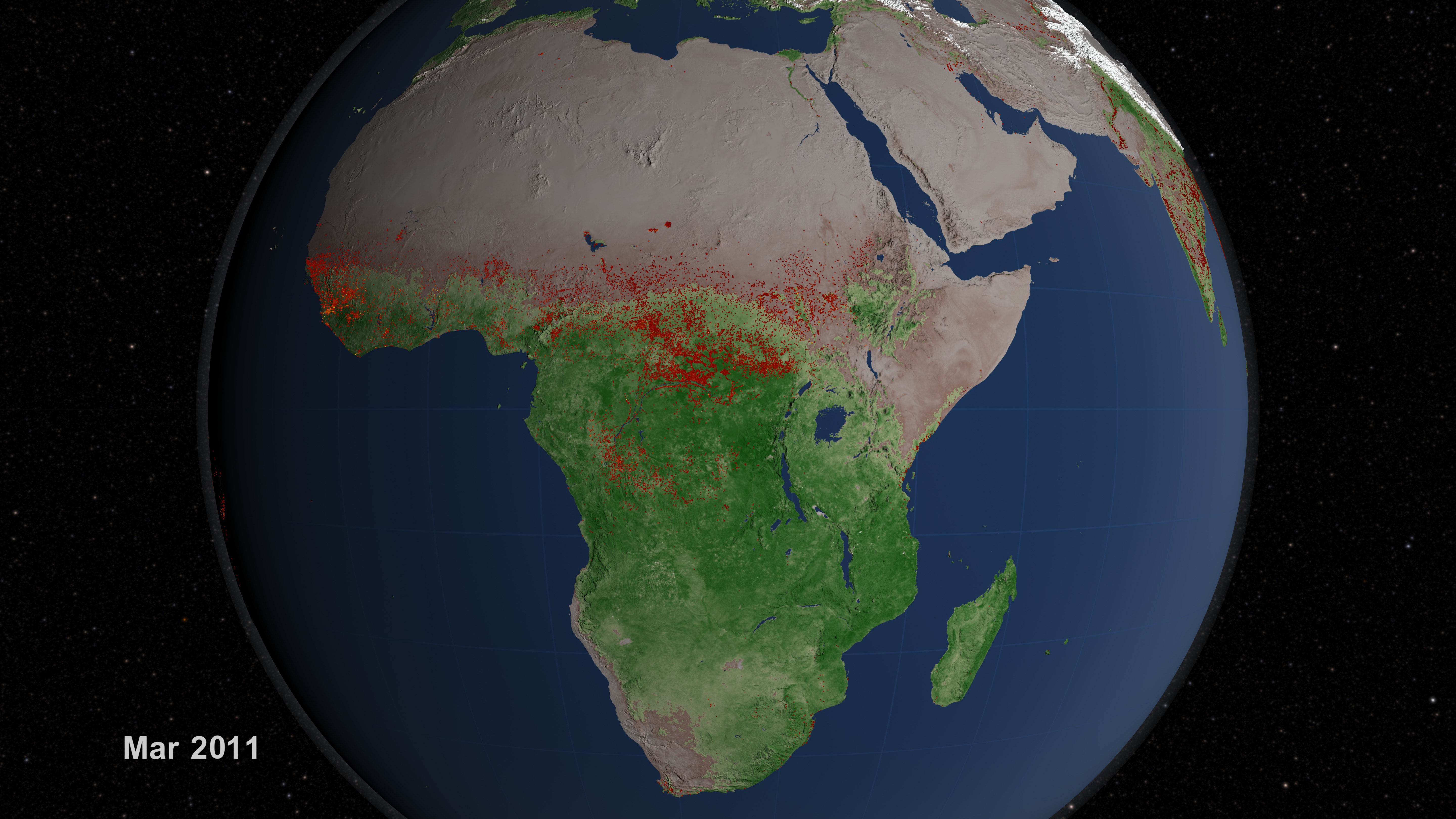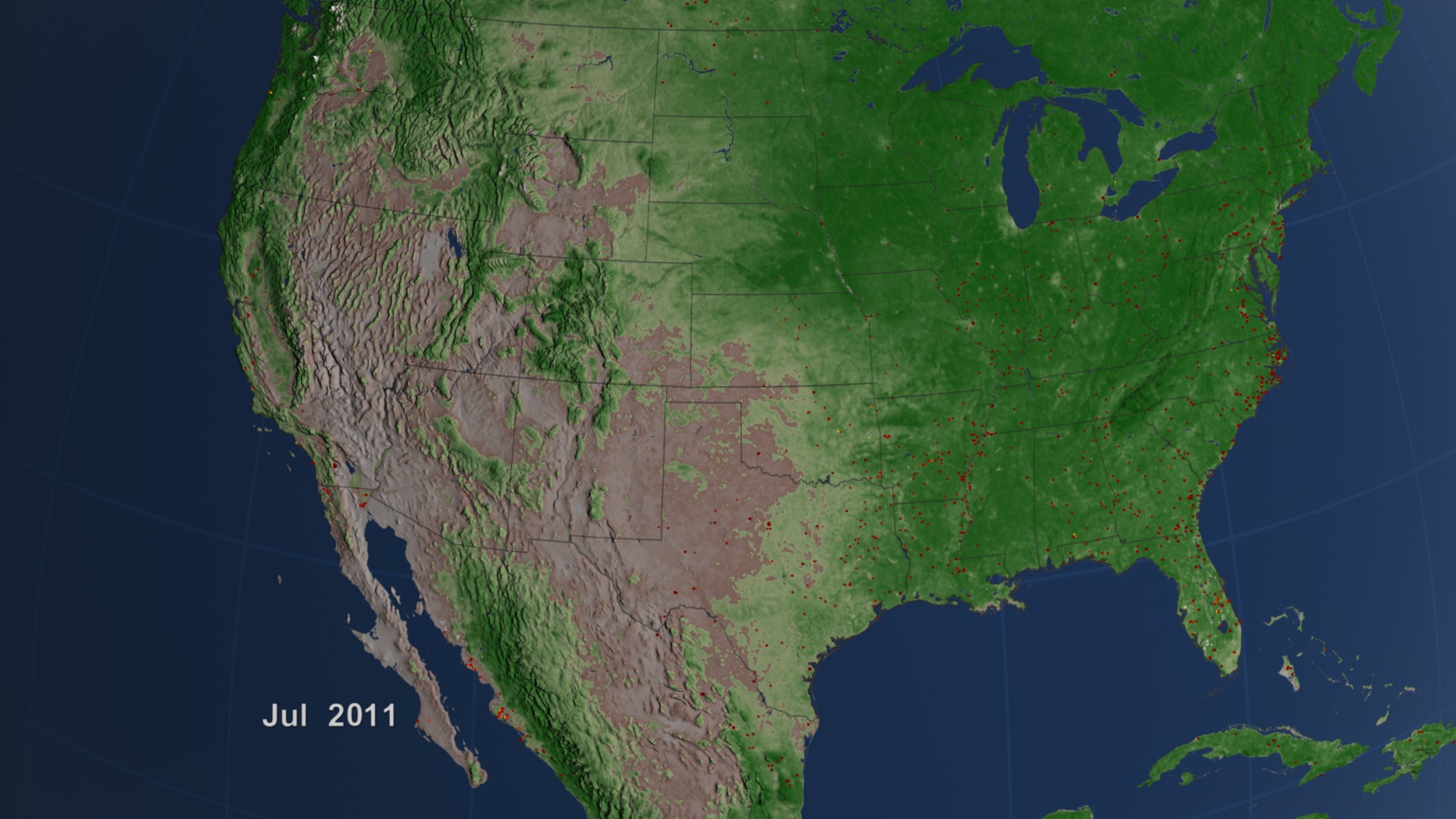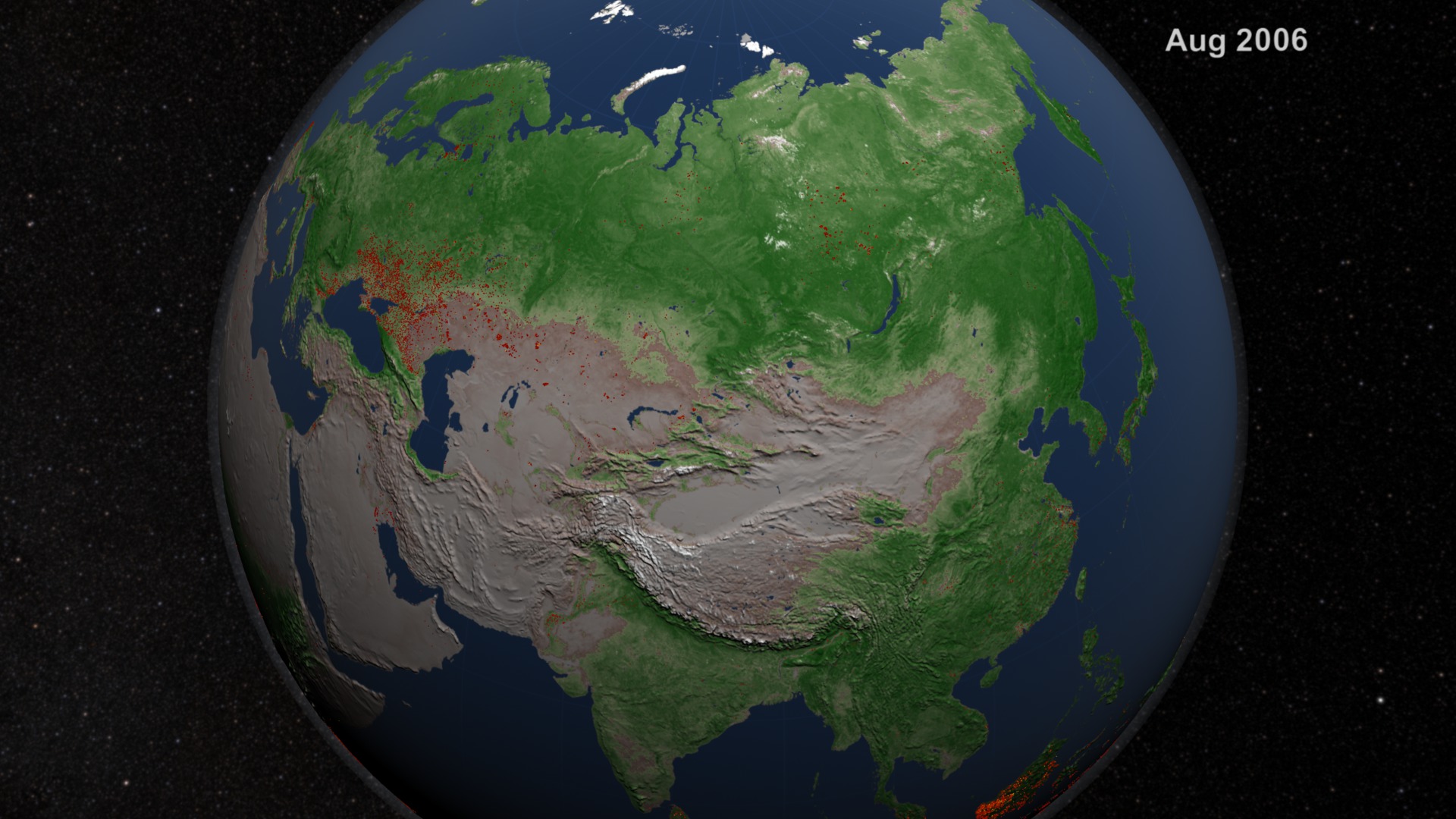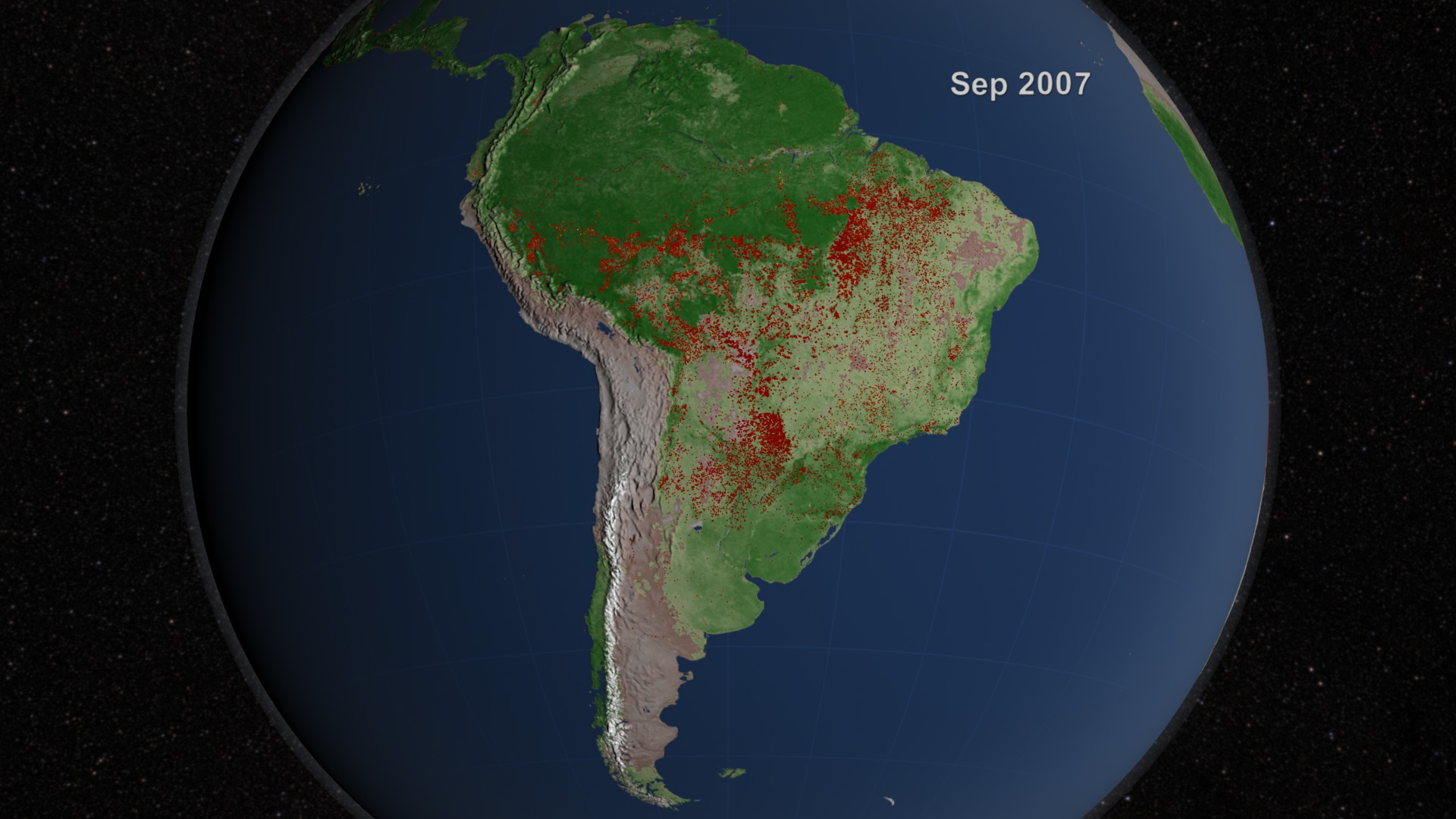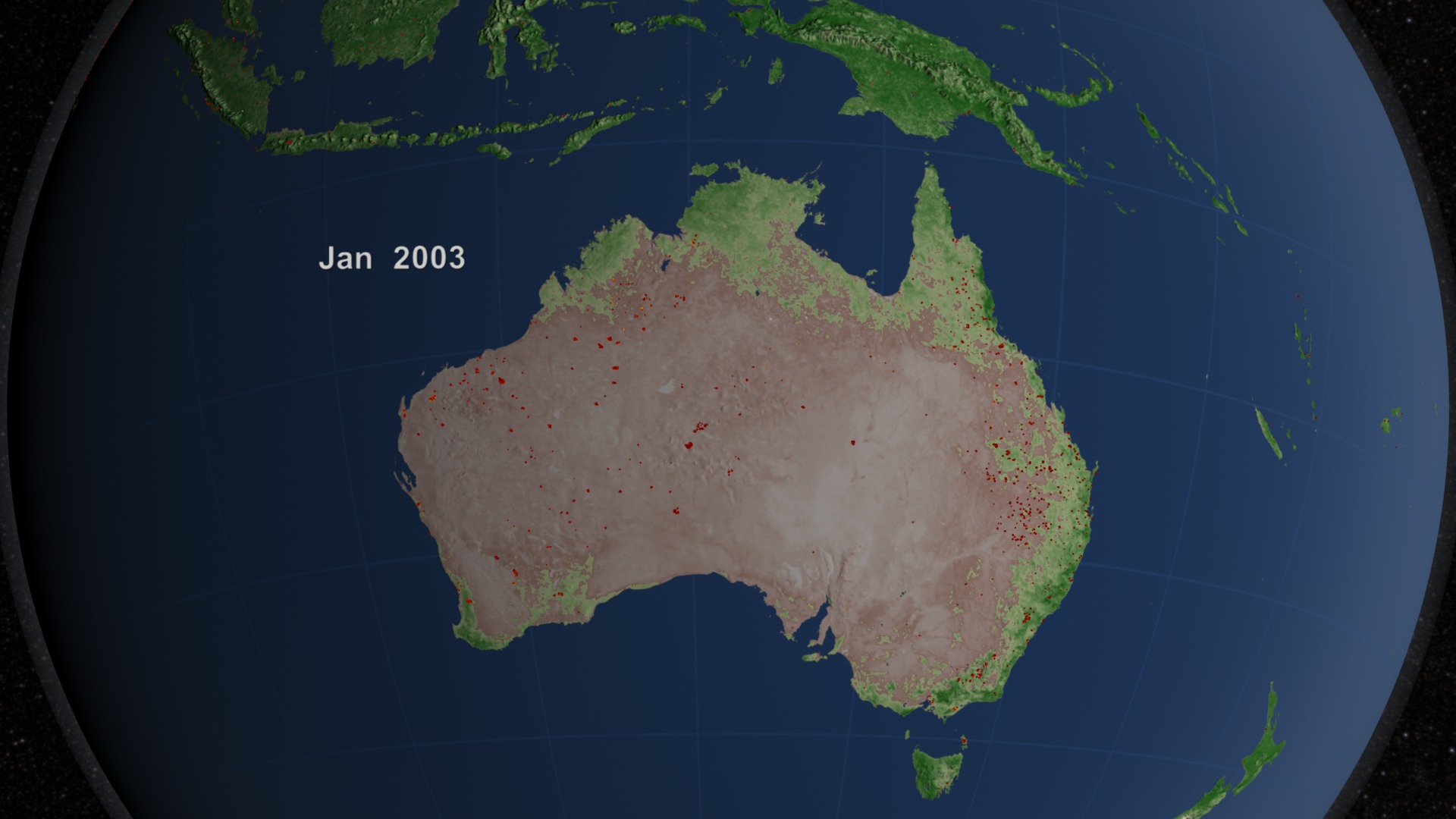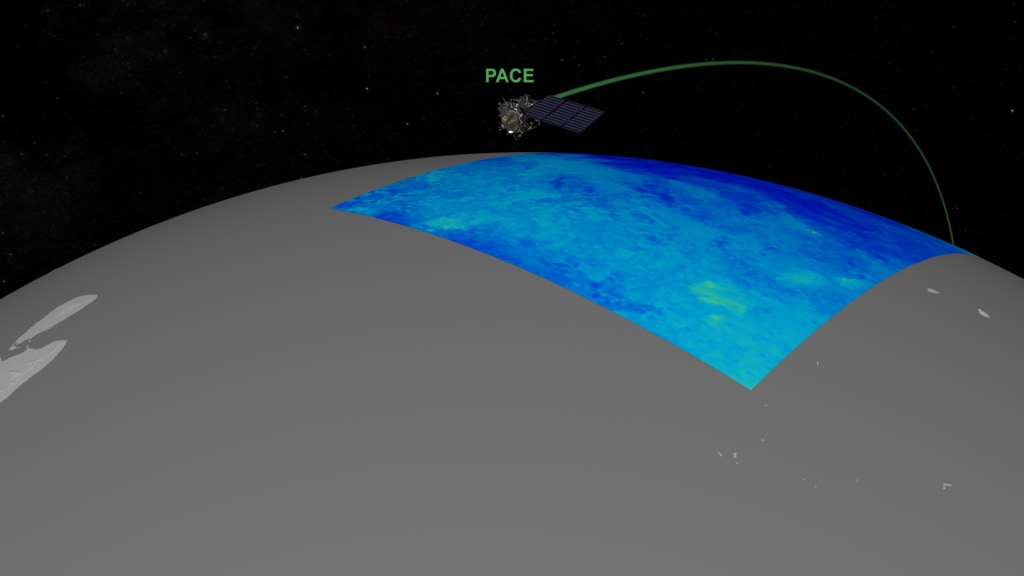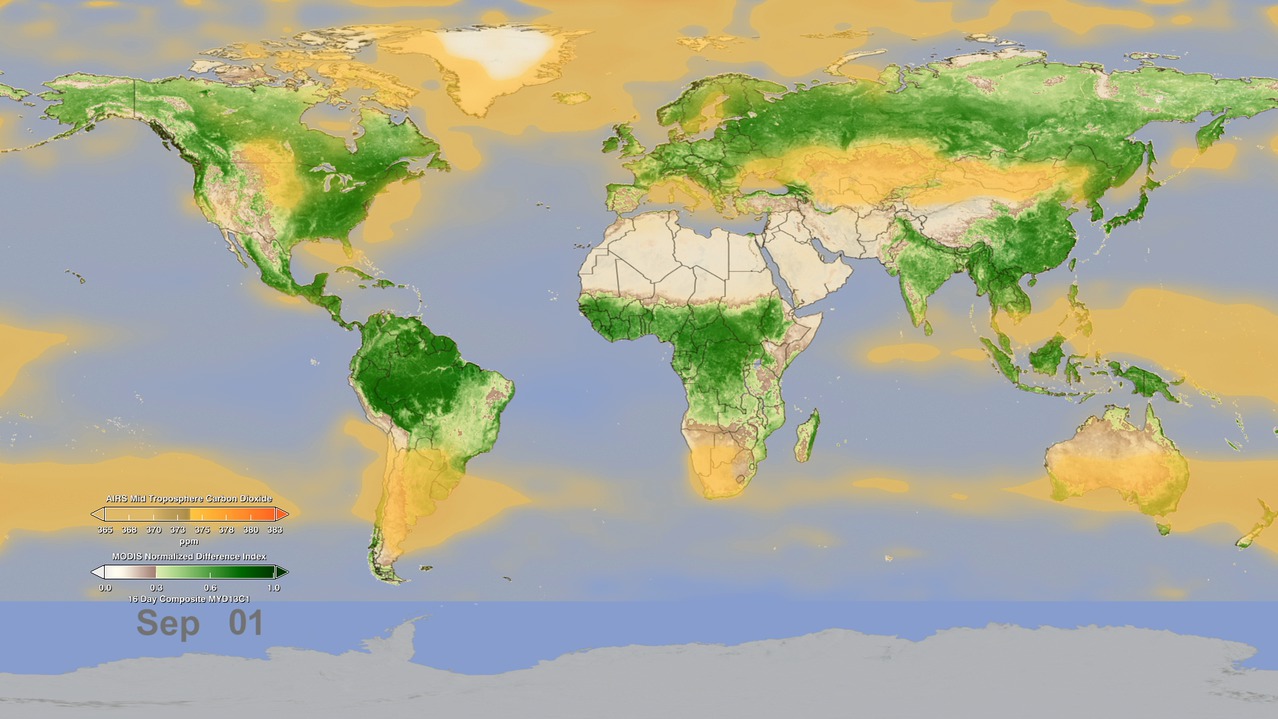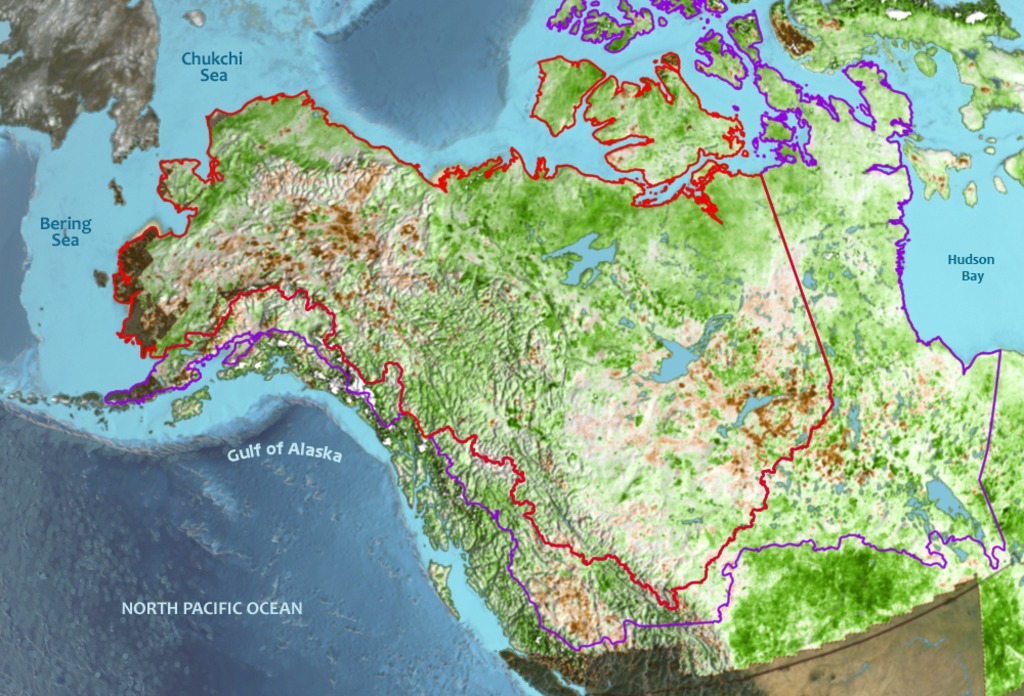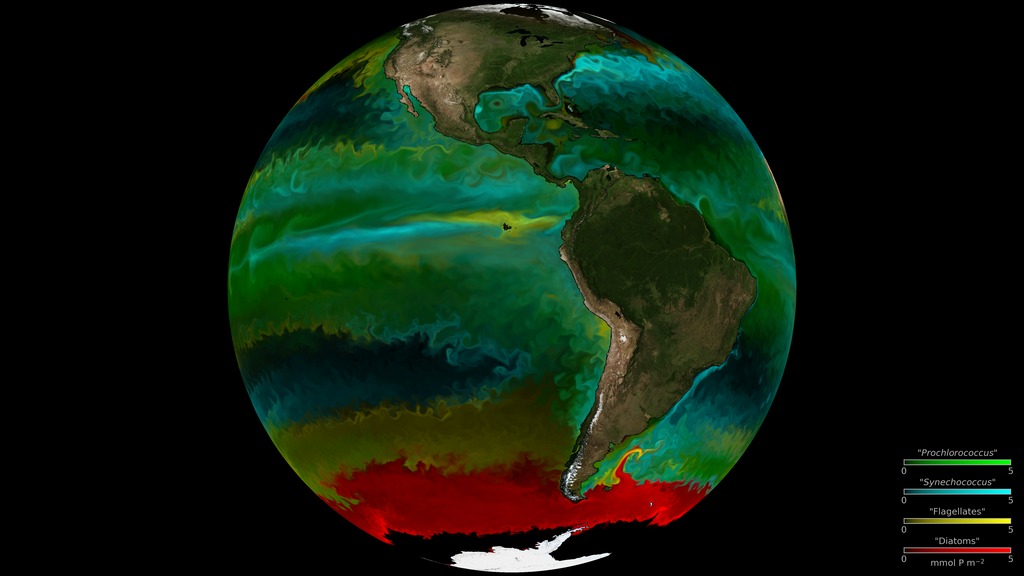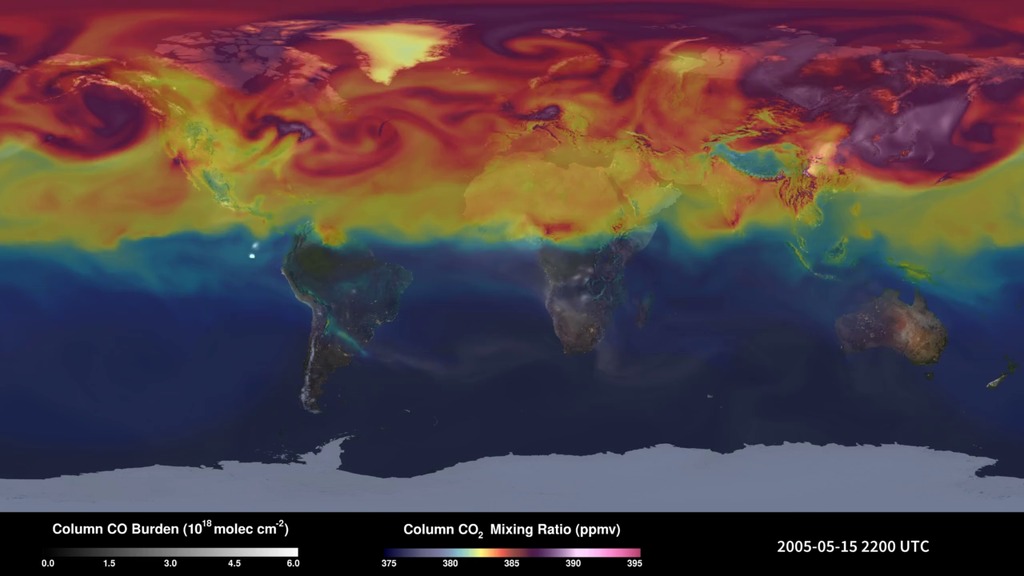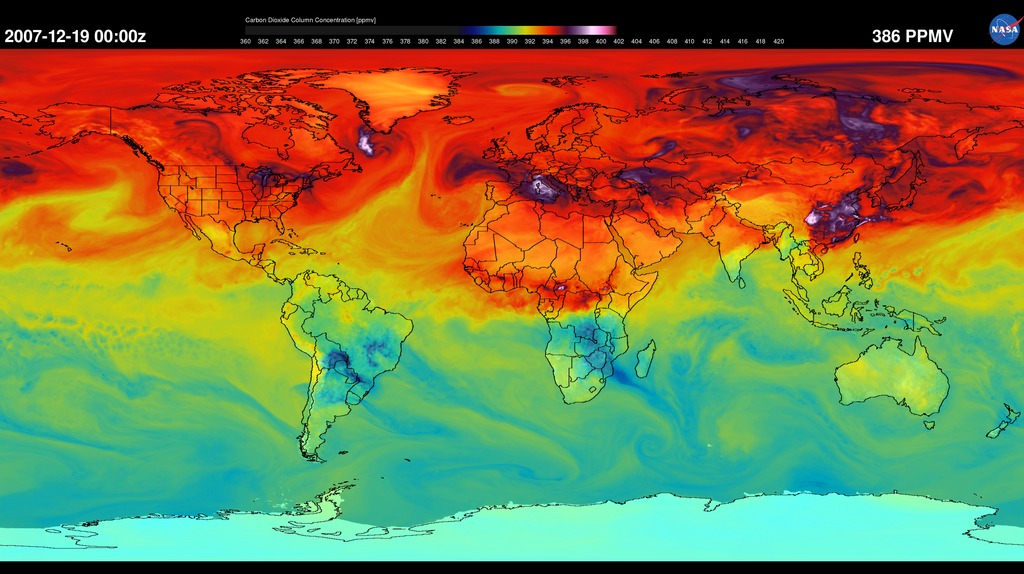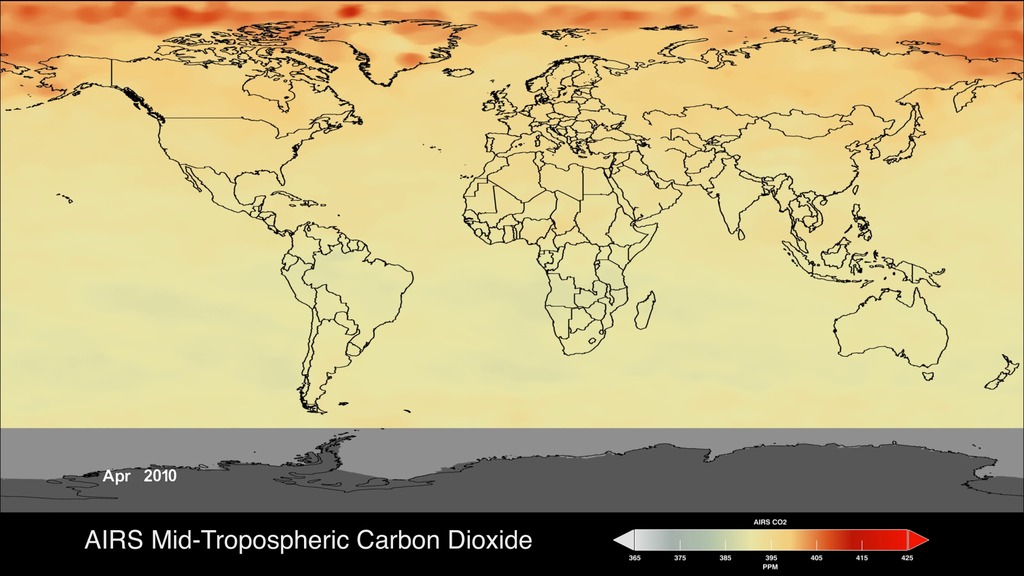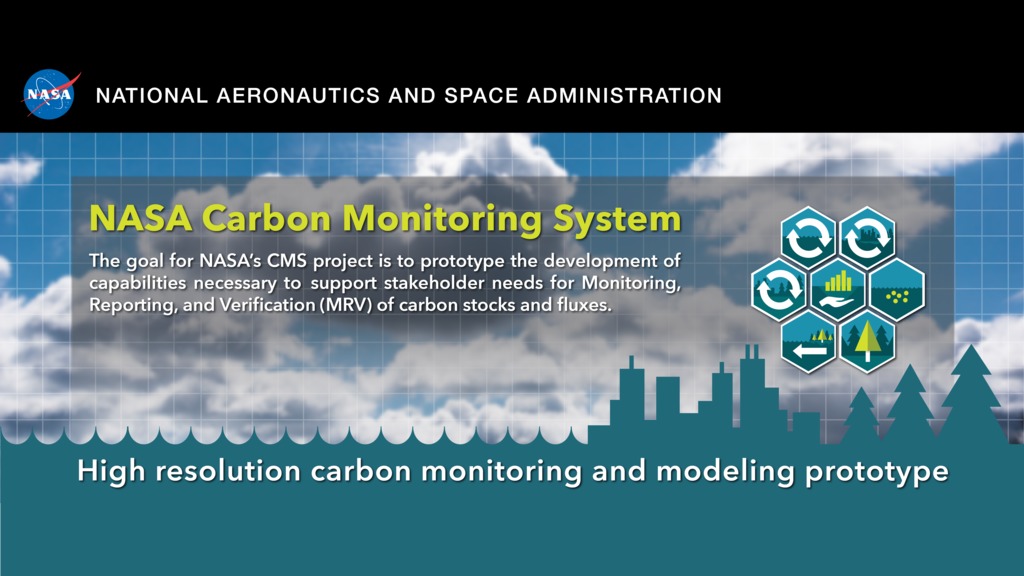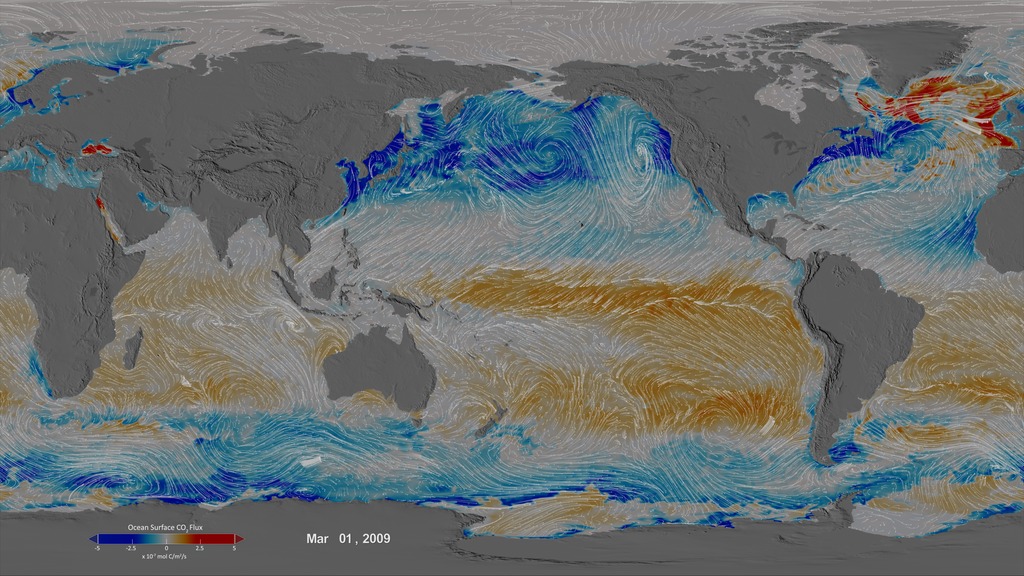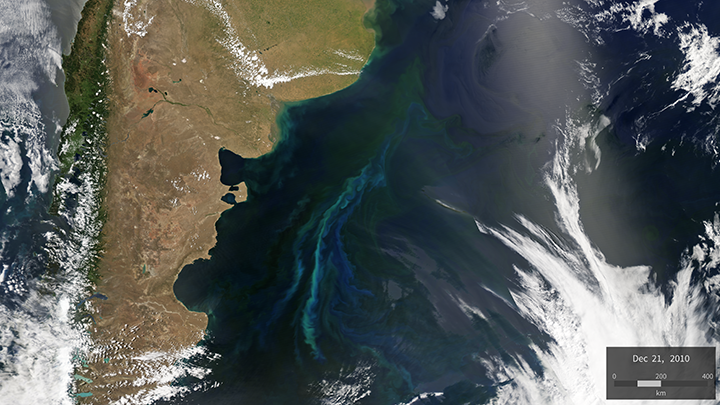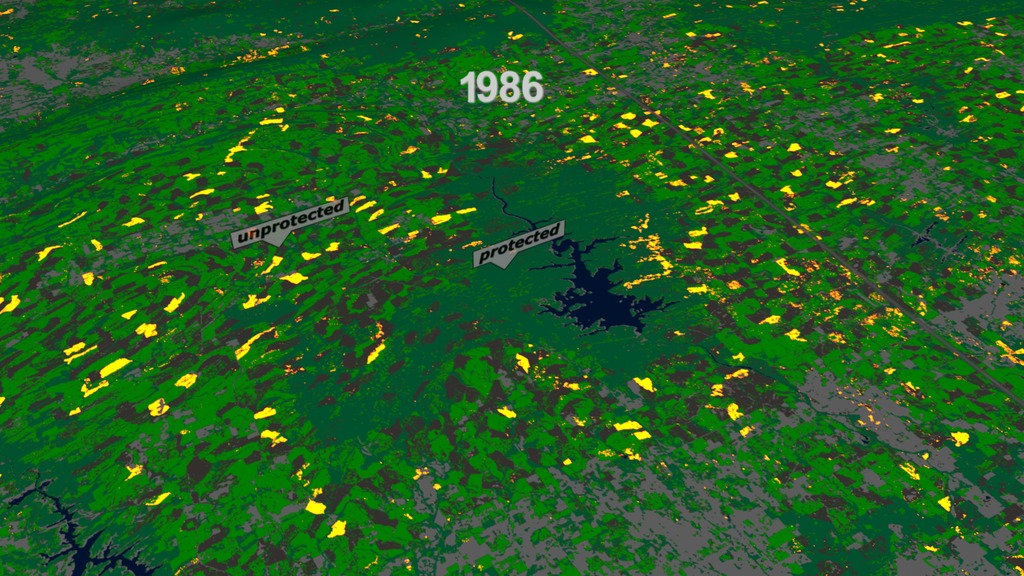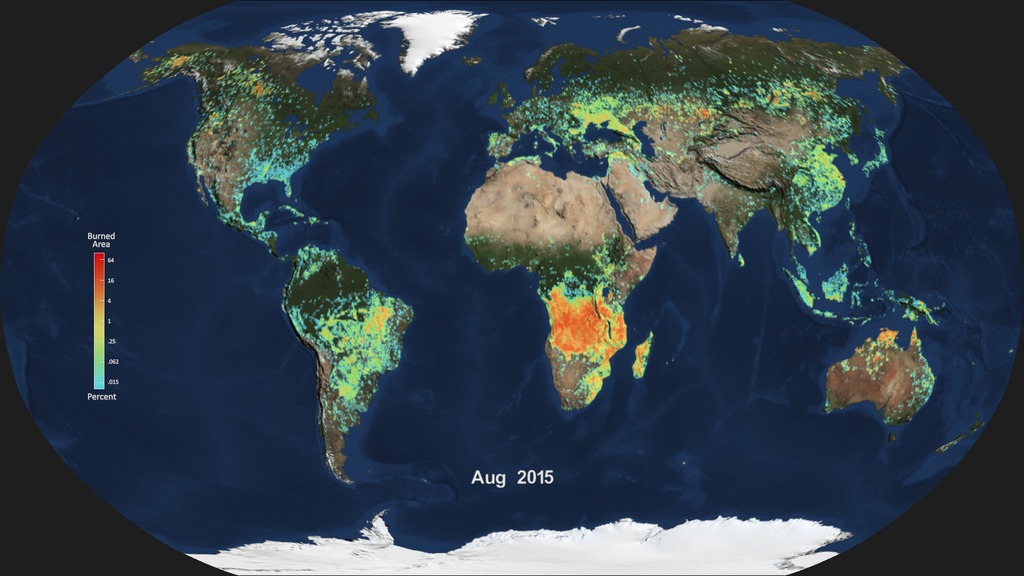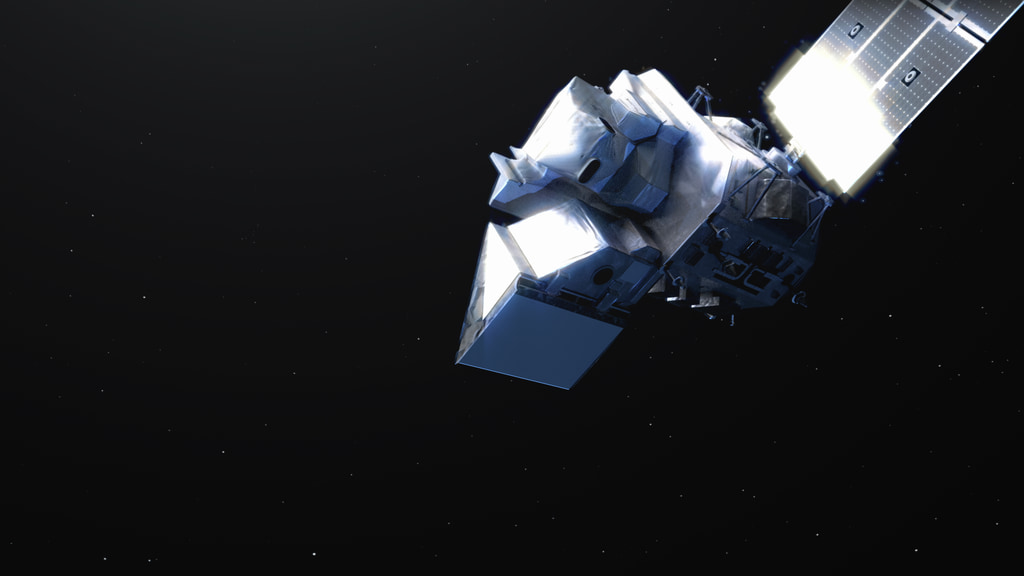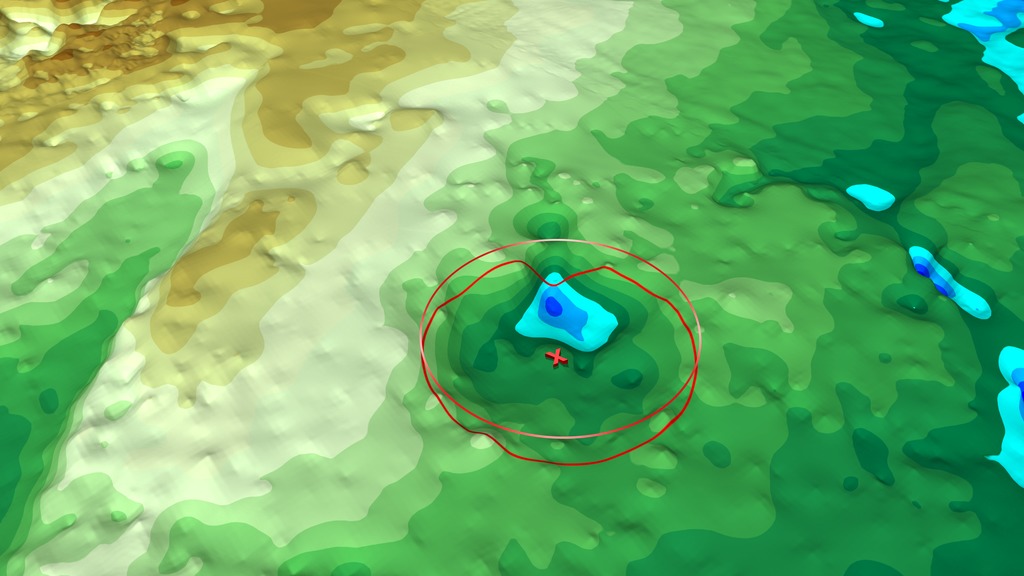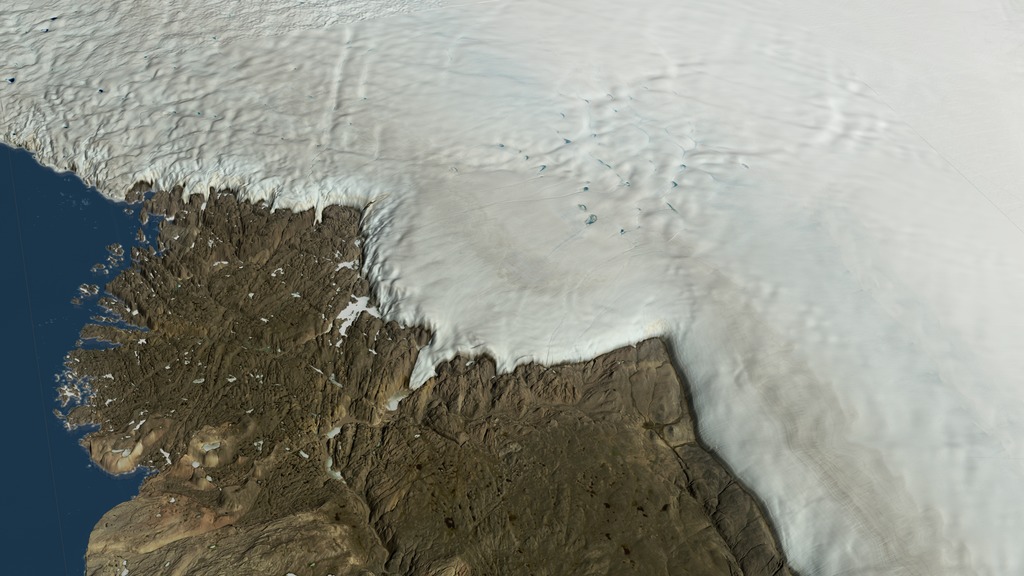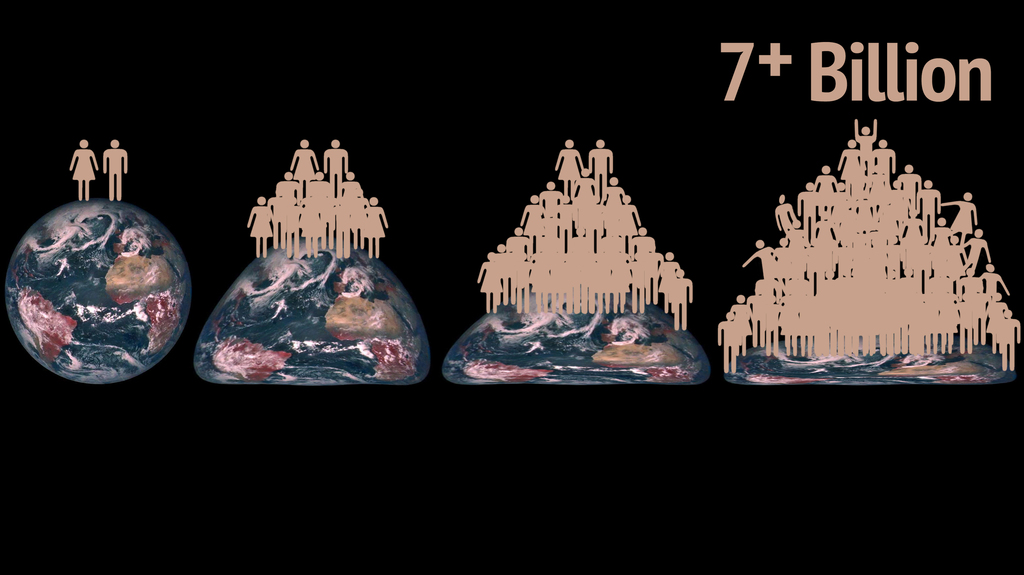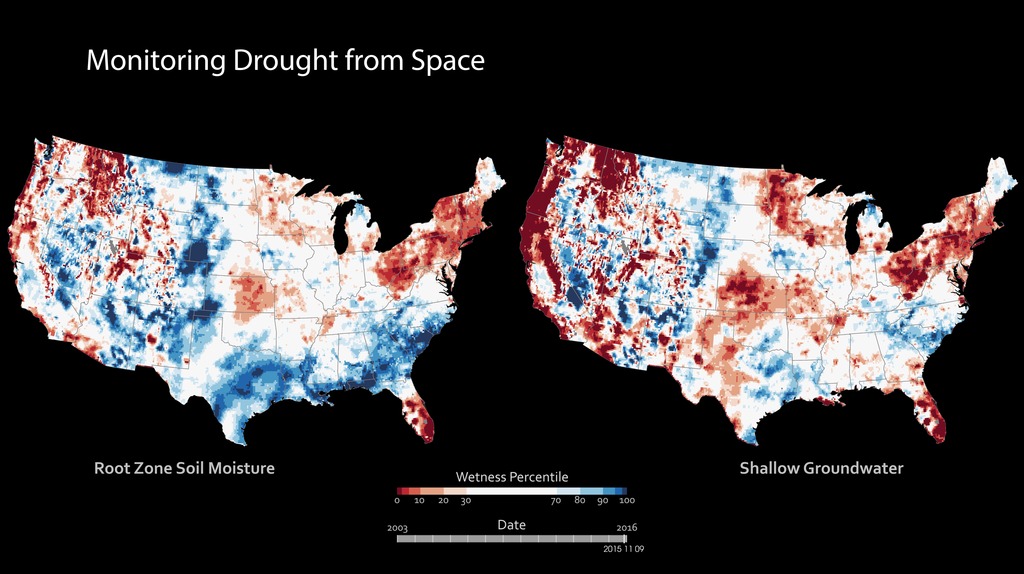NASA Earth Science
Overview
NASA’s Earth Science Division (ESD) missions help us to understand our planet’s interconnected systems, from a global scale down to minute processes. Working in concert with a satellite network of international partners, ESD can measure precipitation around the world, and it can employ its own constellation of small satellites to look into the eye of a hurricane. ESD technology can track dust storms across continents and mosquito habitats across cities.
For more information: https://science.nasa.gov/earth-science
Atmospheric Composition
The Atmospheric Composition focus area (AC) studies the variations in and processes that affect aerosols, clouds, and trace gases, which influence climate, weather, and air quality. AC provides observations and modeling tools to assess the effects of climate change on ozone recovery and future atmospheric composition; improve climate forecasts based on fluctuations in global environmental change; and model past, present, and future air quality, both regionally and globally. This research, combined with observations, data assimilation, and modeling, improves society’s ability to predict how future changes in atmospheric composition will affect climate, weather, and air quality.
- Visualization
- Visualization
- Visualization
- Visualization
- Visualization
- Visualization
- Visualization
- Visualization
- Visualization
- Produced Video
- Visualization
- Hyperwall Visual
- Produced Video
- Hyperwall Visual
- Visualization
- Produced Video
- Visualization
- Hyperwall Visual
- Hyperwall Visual
- Visualization
- Hyperwall Visual
- Visualization
- Visualization
- Hyperwall Visual
- Hyperwall Visual
- Visualization
- Visualization
- Visualization
- Hyperwall Visual
Weather and Atmospheric Dynamics
The Weather and Atmospheric Dynamics focus area (WAD) supports research to obtain accurate measurements of the atmosphere that help improve short-term, subseasonal, and seasonal weather predictions at local, regional, and global scales. Weather includes everything from localized microphysical processes that occur in minutes, to global-scale phenomena that can occur for an entire season. WAD helps improve our knowledge of the fundamental processes that drive these systems and inform the operational infrastructure upon which other federal agencies rely, including the National Oceanic and Atmospheric Administration (NOAA), the Federal Aviation Administration (FAA), and the Department of Defense (DOD). WAD further supports research into profiling winds, temperature, humidity, pressure, and aerosols; air-sea and land-atmosphere interactions; and lightning occurrences.
- Visualization
- Visualization
- Visualization
- Visualization
- Visualization
- Visualization
- Visualization
- Visualization
- Visualization
- Visualization
- Visualization
- Hyperwall Visual
- Visualization
- Visualization
- Visualization
- Visualization
- Hyperwall Visual
- Hyperwall Visual
- Produced Video
- Visualization
- Visualization
- Visualization
- Hyperwall Visual
- Visualization
- Hyperwall Visual
- Visualization
- Visualization
- Visualization
- Visualization
- Hyperwall Visual
- Hyperwall Visual
- Visualization
Climate Variability and Change
The Climate Variability and Change focus area (CVC) supports research to better understand the overall state of Earth’s climate and the physical processes that affect it. CVC supports focused and interdisciplinary research to better describe, understand, and predict the ways in which Earth’s ocean, atmosphere, land, and ice will interact and influence Earth’s climate over a wide range of timescales. To do this, CVC supports the development of climate data sets and computer models that leverage observations from relevant NASA and non-NASA platforms, including satellites, aircraft, and ships. These datasets include observations of sea surface height, temperature, and salinity; ocean currents and vector winds; sea ice extent and thickness; glacial topography, motion, and mass change; aerosol and cloud processes that affect Earth’s energy balance; and more. Through this work, CVC hopes to better predict changes in the Earth’s climate from sub-seasonal to multi-decadal time scales.
- Visualization
- Visualization
- Visualization
- Visualization
- Visualization
- Visualization
- Visualization
- Visualization
- Visualization
- Visualization
- Visualization
- Visualization
- Hyperwall Visual
- Visualization
- Visualization
- Visualization
- Visualization
- Visualization
- Visualization
- Produced Video
- Visualization
- Visualization
- Visualization
- Visualization
- Visualization
- Visualization
- Visualization
- Visualization
- Visualization
- Visualization
- Visualization
- Visualization
- Produced Video
- Hyperwall Visual
- Hyperwall Visual
- Visualization
- Visualization
- Hyperwall Visual
- Hyperwall Visual
Water and Energy Cycle
The Water and Energy Cycle focus area (WEC) works to define, quantify, and model the different components of the water cycle that take place on land, including precipitation, snow, soil moisture, surface water and groundwater, and their interactions with other Earth systems. This research helps improve our understanding of how much water exists on Earth, how it’s changing over time, and what quality it’s in. It also helps us understand the energy that is transferred when water moves around the Earth and changes phase from liquid water to water vapor to snow. WEC uses observations from satellites and aircraft to help inform this research, and they partner with other Research and Analysis Program focus areas on crosscutting topics like ocean dynamics and cloud formation.
- Visualization
- Visualization
- Visualization
- Hyperwall Visual
- Hyperwall Visual
- Hyperwall Visual
- Hyperwall Visual
- Visualization
- Visualization
- Visualization
- Hyperwall Visual
- Hyperwall Visual
- Visualization
- Visualization
- Hyperwall Visual
- Hyperwall Visual
- Hyperwall Visual
Carbon Cycle and Ecosystems
The Carbon Cycle and Ecosystems focus area (CCE) supports interdisciplinary research initiatives into Earth’s ecosystems and biogeochemical cycles, including how carbon, nitrogen and other nutrients are stored and cycled throughout the environment. CCE uses satellite remote sensing instruments, field campaigns, laboratory studies, and modeling to improve our understanding of how terrestrial and aquatic ecosystems around the world, such as forests, jungles, deserts, oceans, coasts, and polar environments, are changing over time. CCE also studies how changes in these ecosystems may affect how the planet stores nutrients like carbon and nitrogen in the future. Resolving these uncertainties will help us understand fluctuations in Earth’s climate and have major implications for biodiversity and sustainable resource management.
- Visualization
- Visualization
- Visualization
- Visualization
- Visualization
- Visualization
- Visualization
- Visualization
- Visualization
- Visualization
- Visualization
- Visualization
- Visualization
- Visualization
- Visualization
- Visualization
- Visualization
- Hyperwall Visual
- Hyperwall Visual
- Hyperwall Visual
- Hyperwall Visual
- Hyperwall Visual
- Visualization
- Hyperwall Visual
- Hyperwall Visual
- Visualization
- Visualization
- Hyperwall Visual
- Produced Video
- Hyperwall Visual
Earth Surface and Interior
The Earth Surface and Interior focus area (ESI) supports innovative, cross-cutting research into solid Earth processes and properties. ESI uses NASA’s unique global observations to better understand the Earth from its inner core to its outer lithospheric crust, as well as the dynamics between these component parts and the Earth’s atmosphere and ocean. This research provides the foundational data, measurements, and observations that help us understand Earth’s shape, motion, and magnetism, as well as the basis for products needed to inform the assessment, mitigation, and forecasting of natural hazards like earthquakes, volcanic eruptions, tsunamis, landslides, and more.
- Animation
- Visualization
- Visualization
- Visualization
- Hyperwall Visual
- Hyperwall Visual
- Hyperwall Visual
- Hyperwall Visual
- Hyperwall Visual
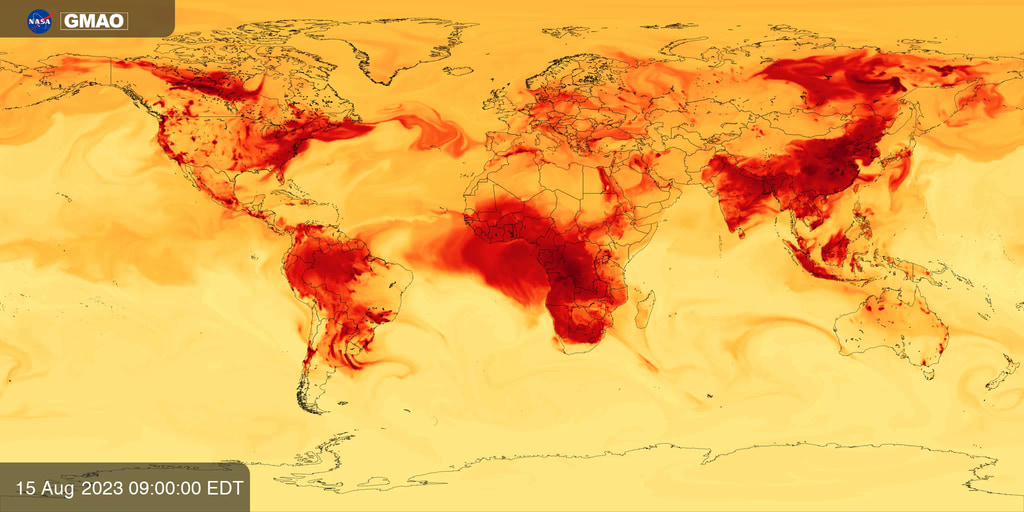
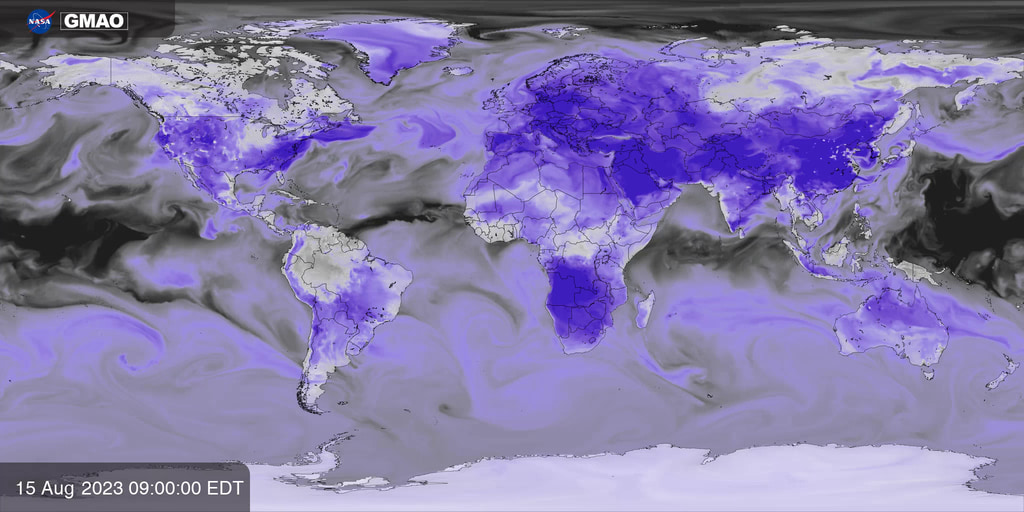
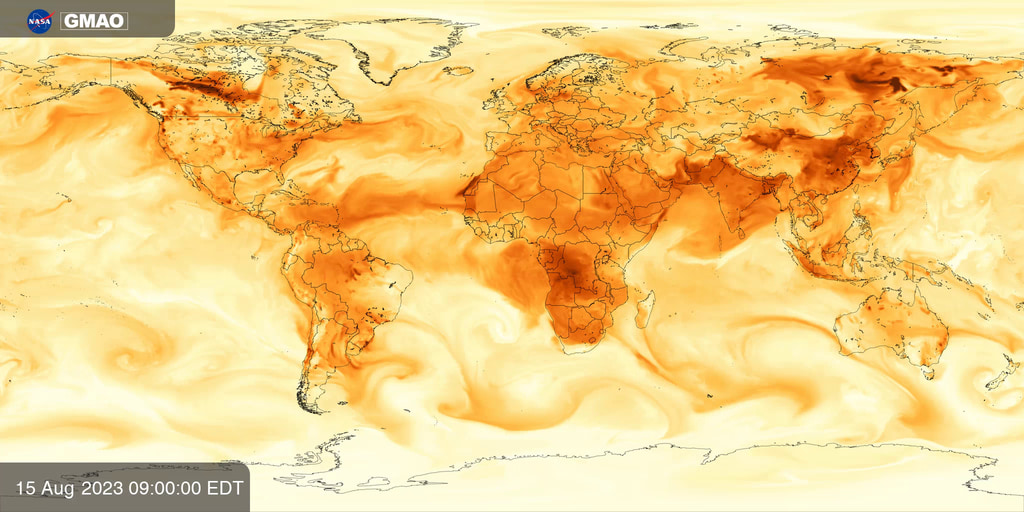

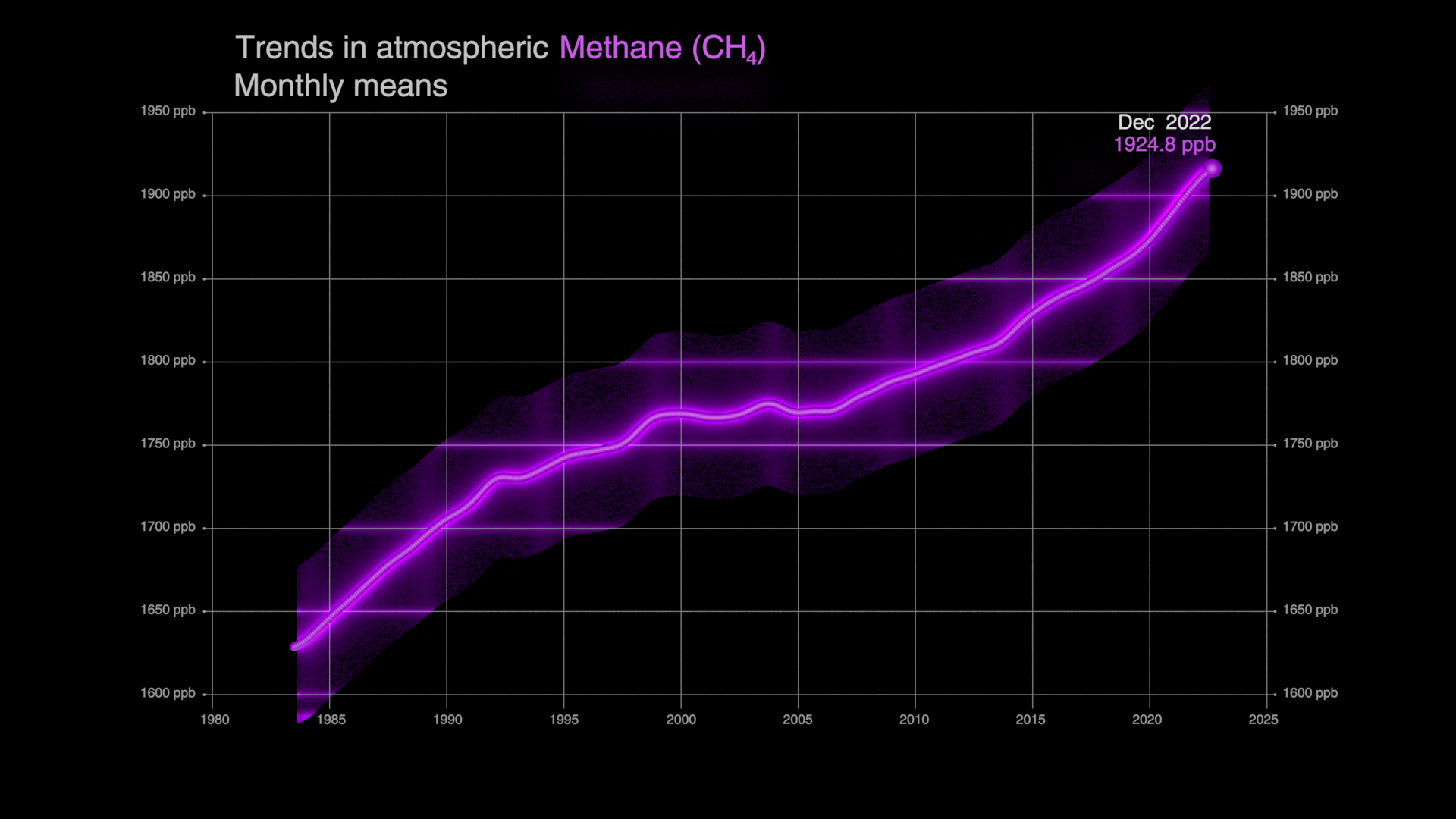
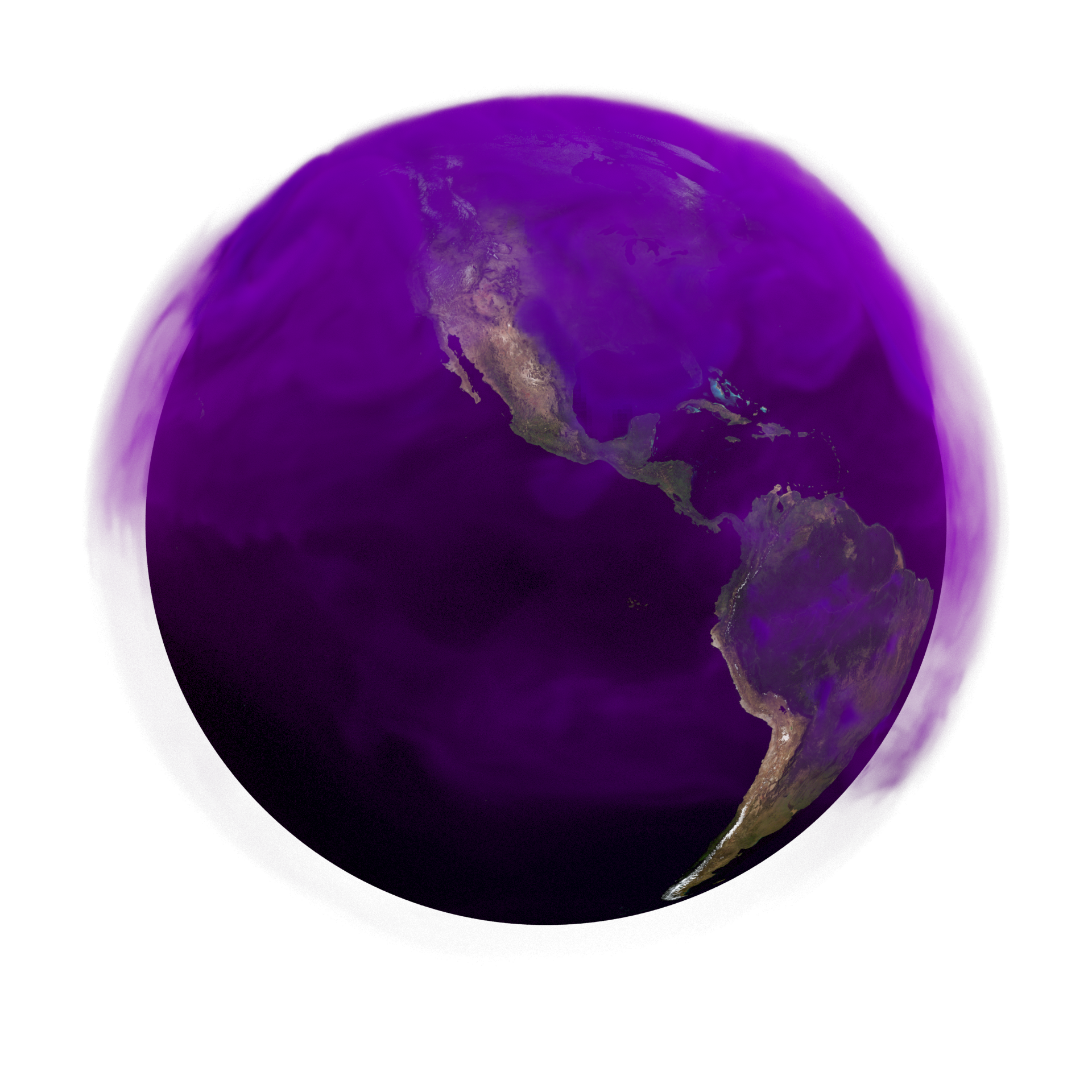
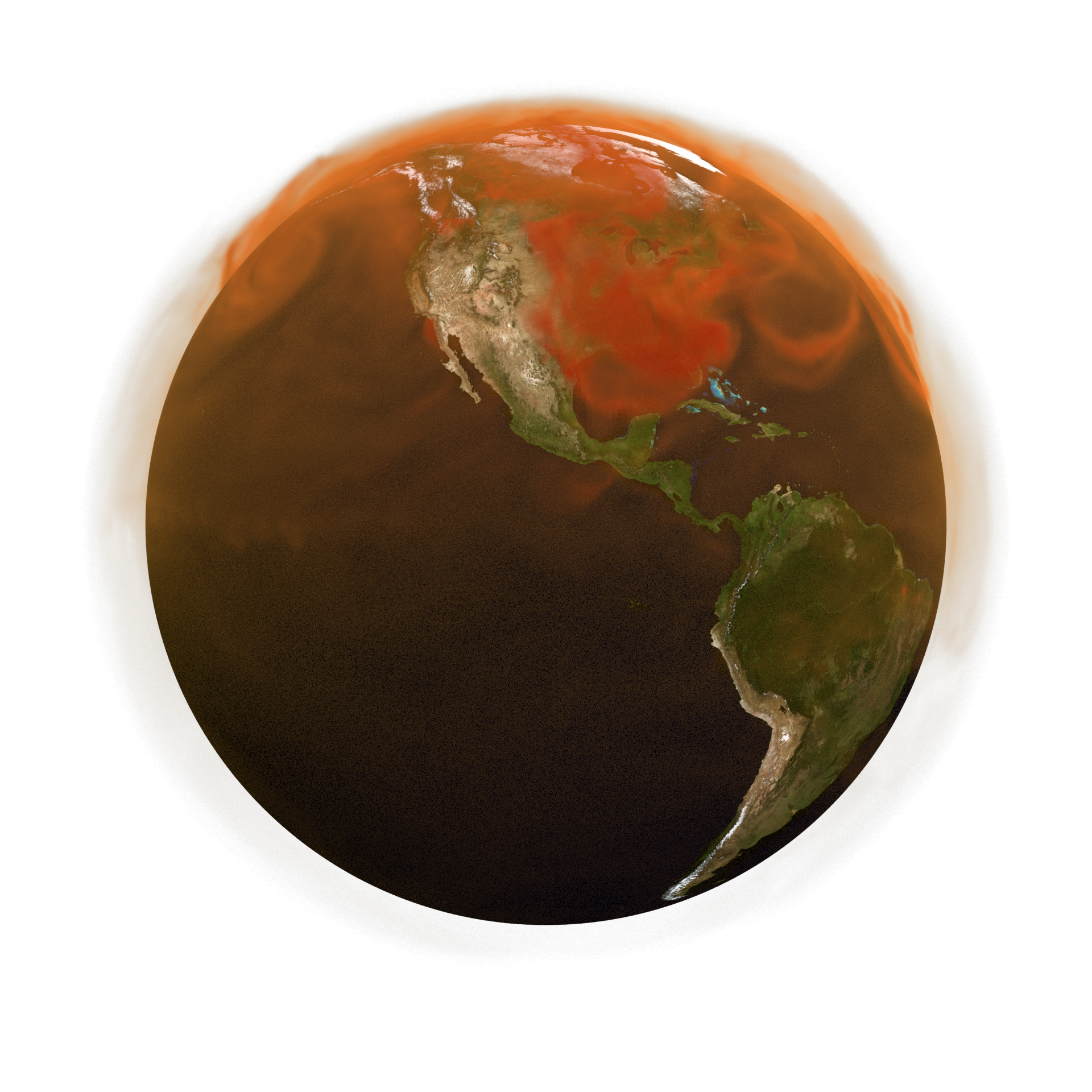
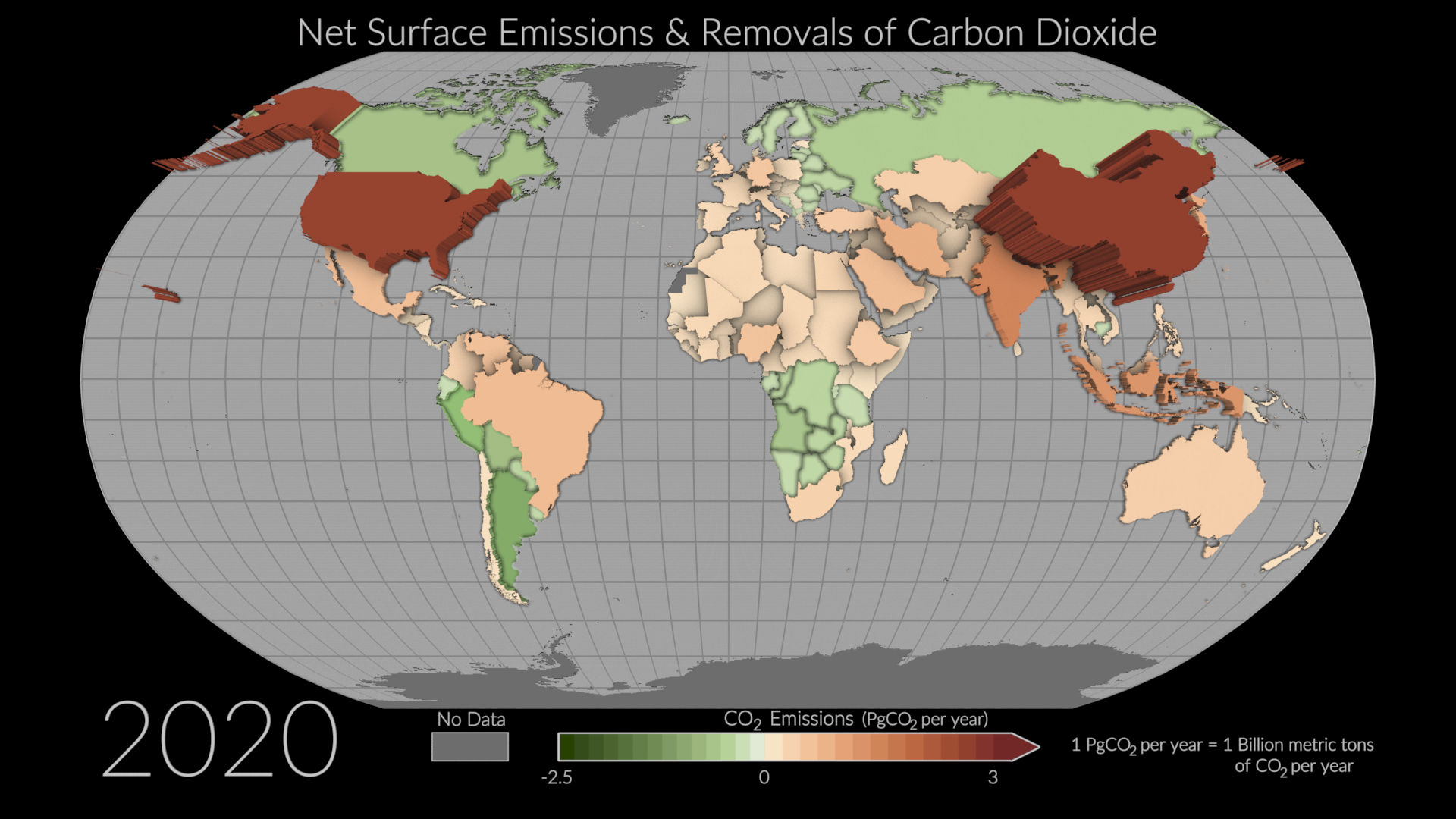
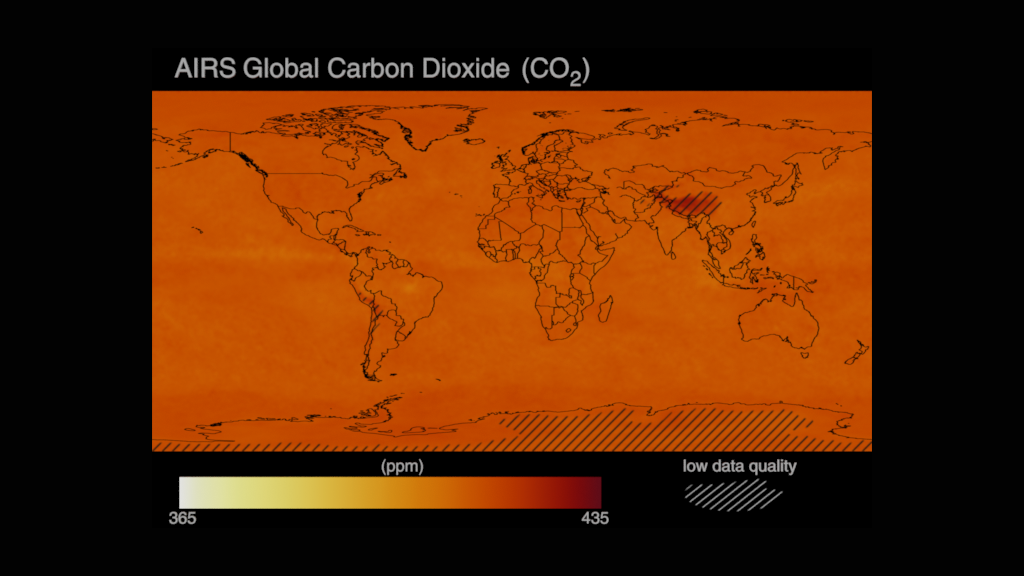
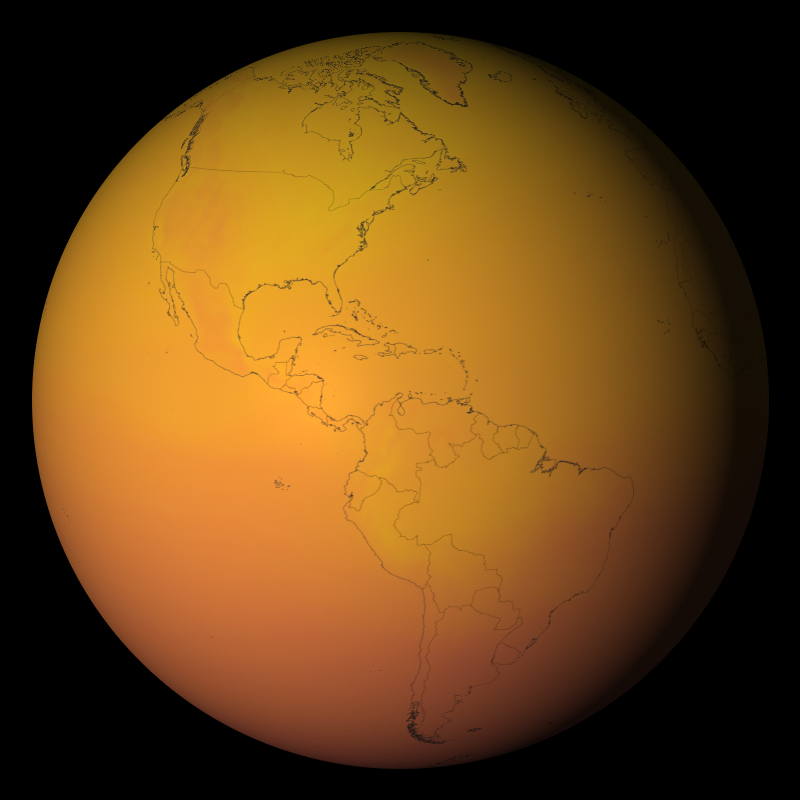
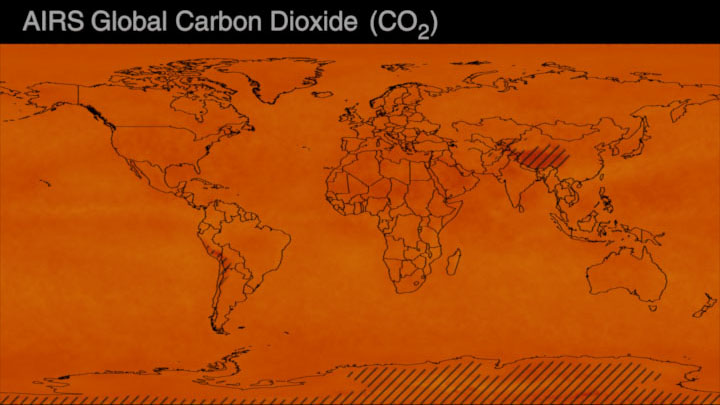
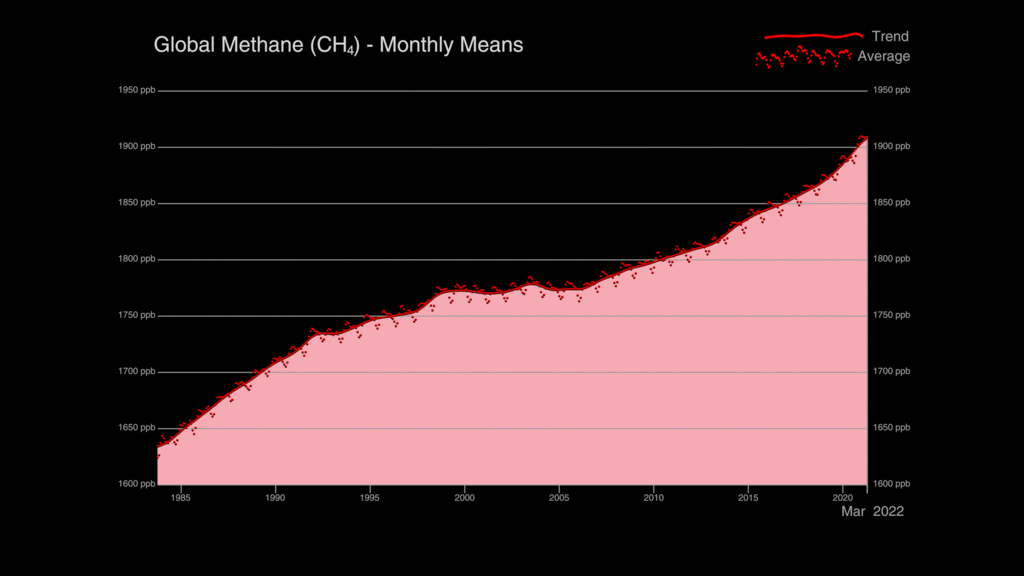
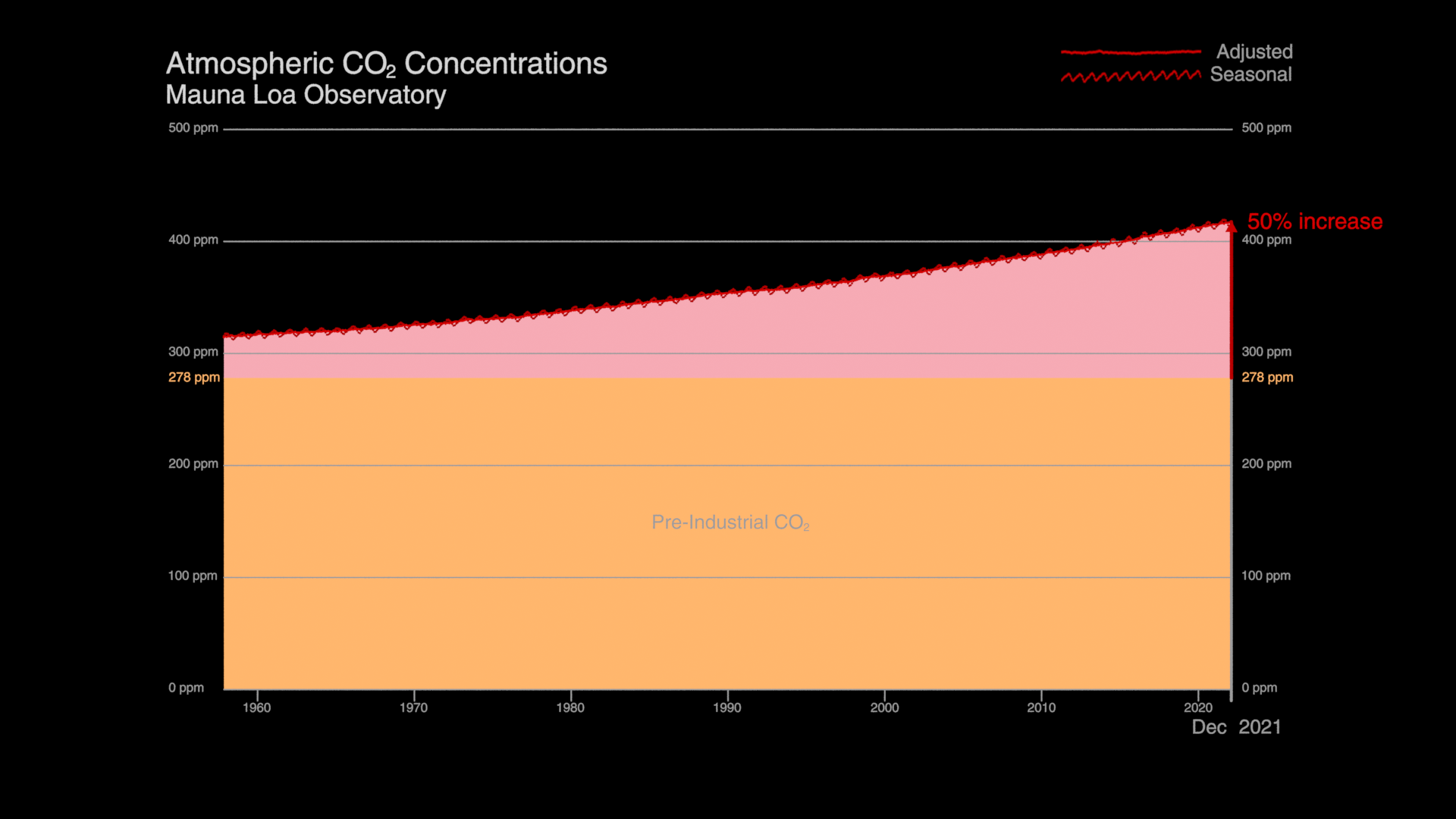
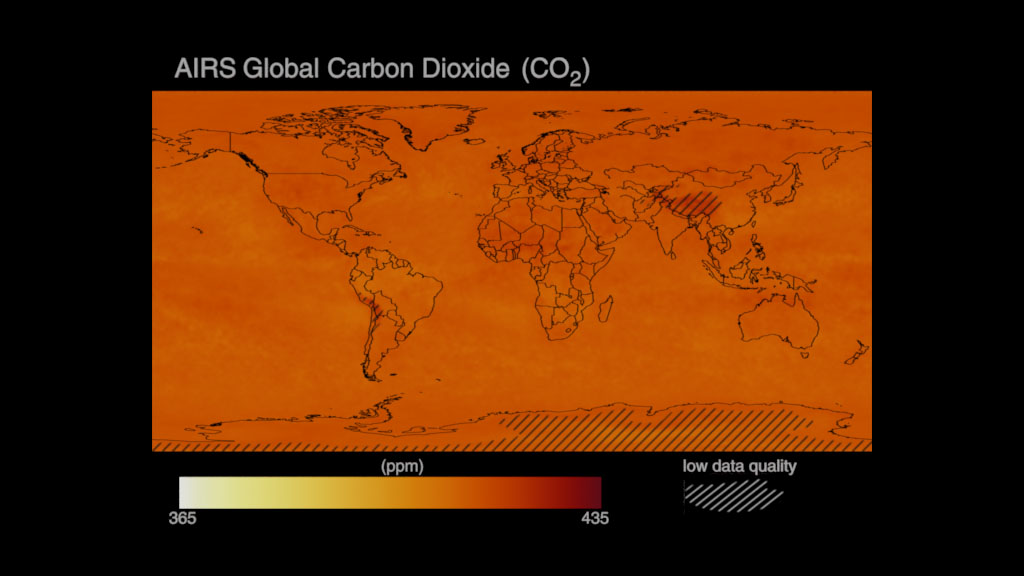
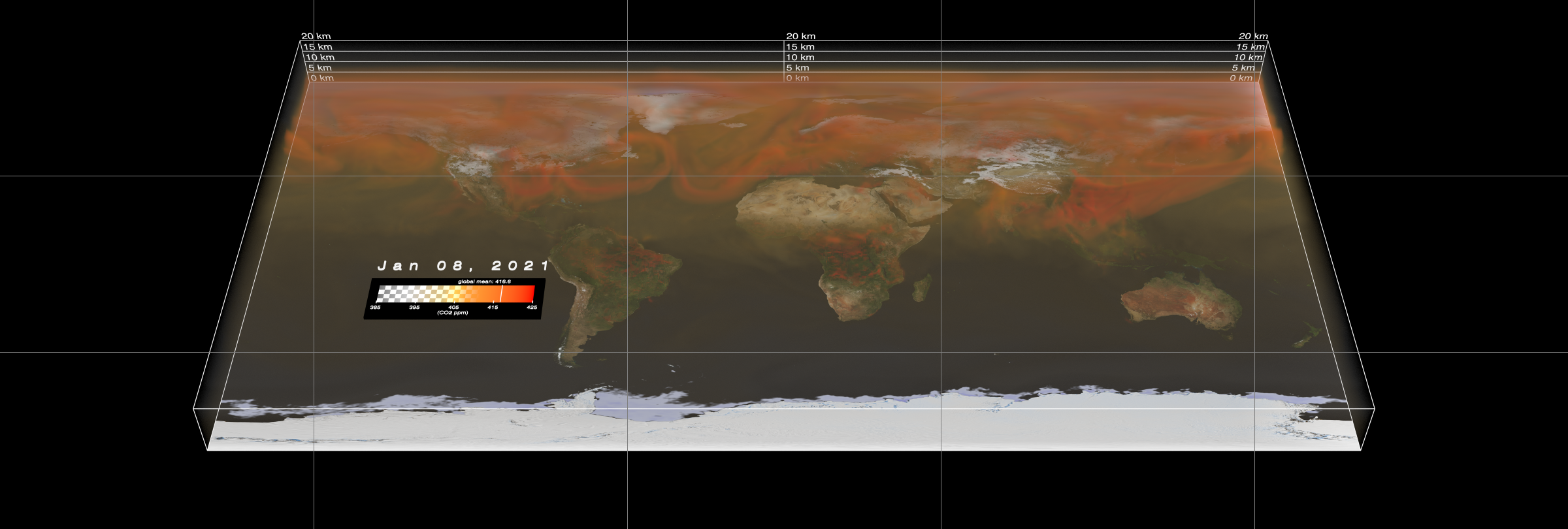
![Universal Production Music: The Mysterious Staircase by Brice Davoli [SACEM], Suspended in Time by Brice Davoli [SACEM]Stock Footage: Pond5Complete transcript available.](/vis/a010000/a014000/a014056/14056_Still.jpg)
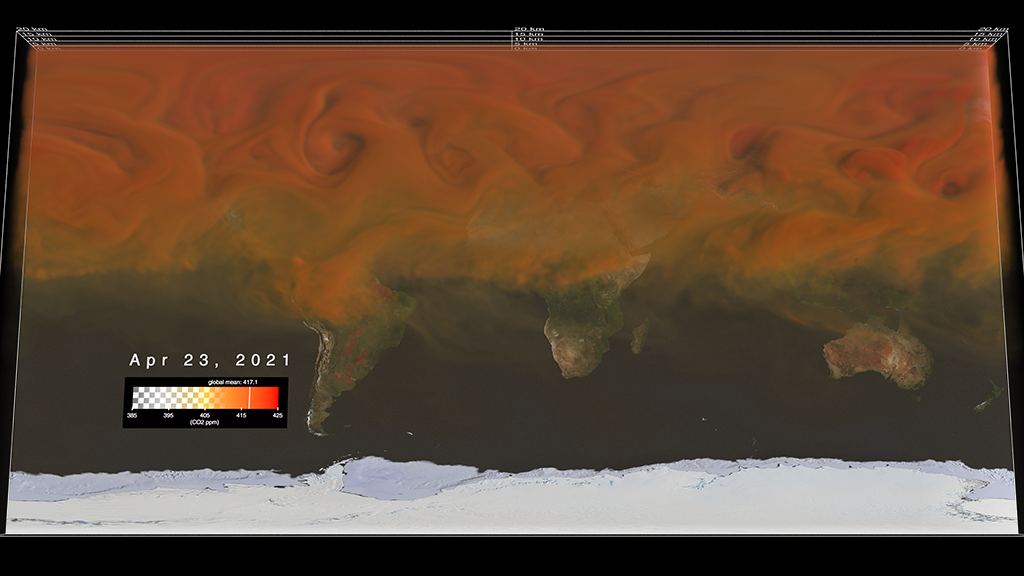
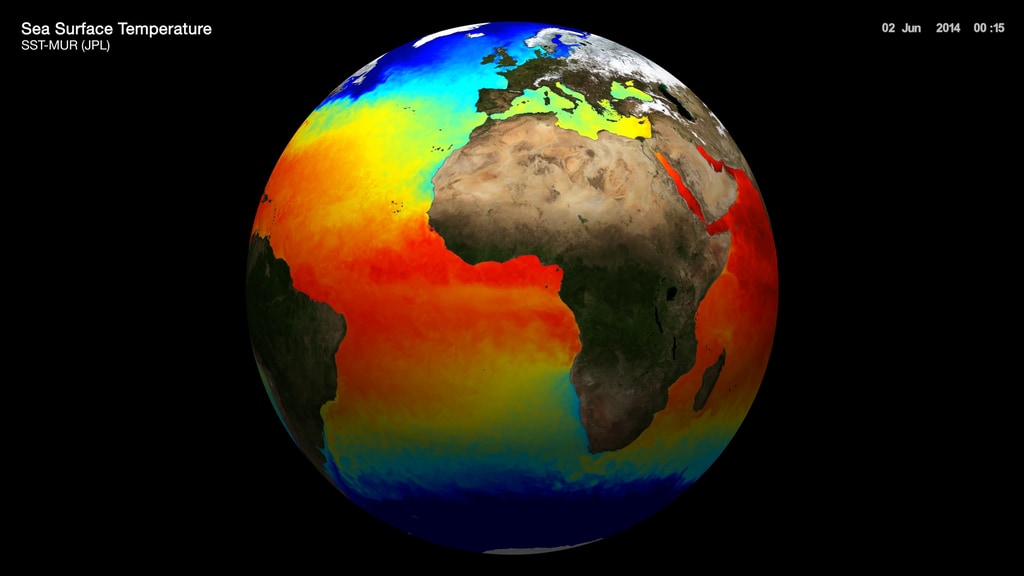
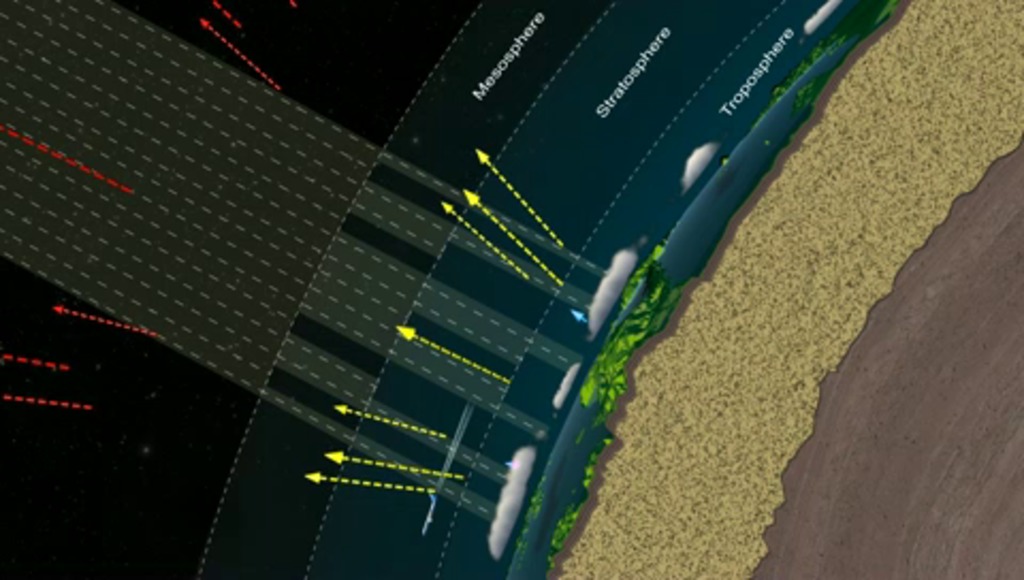
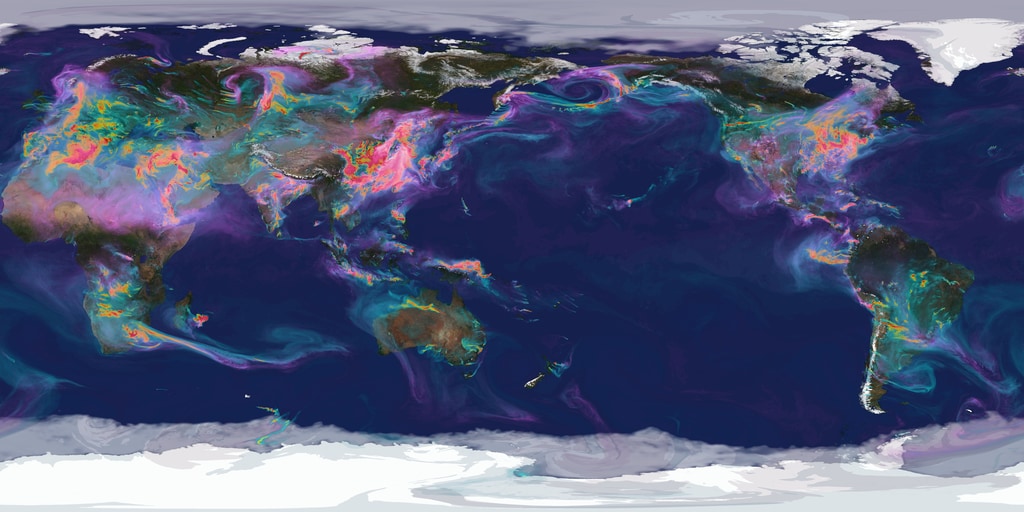
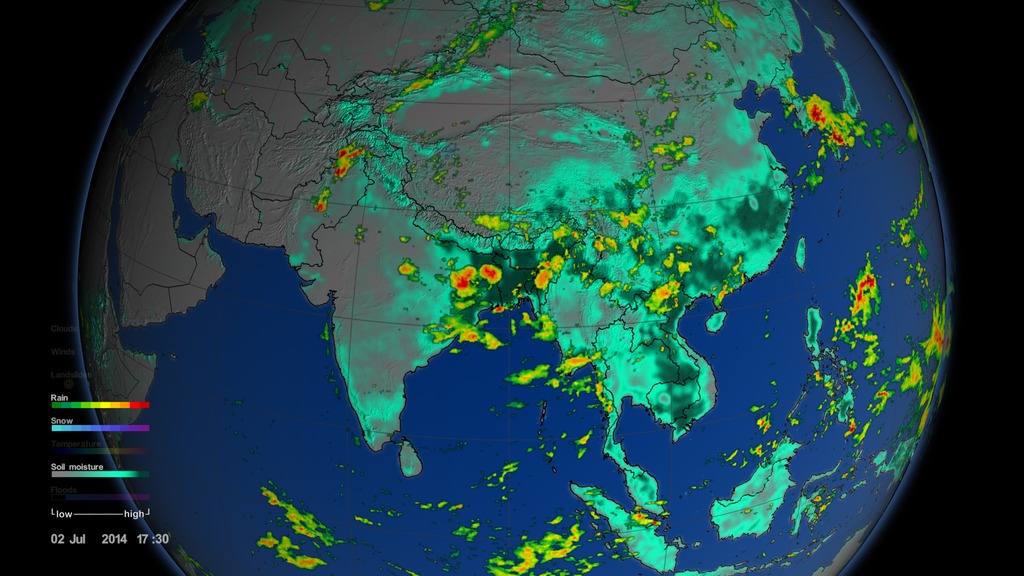
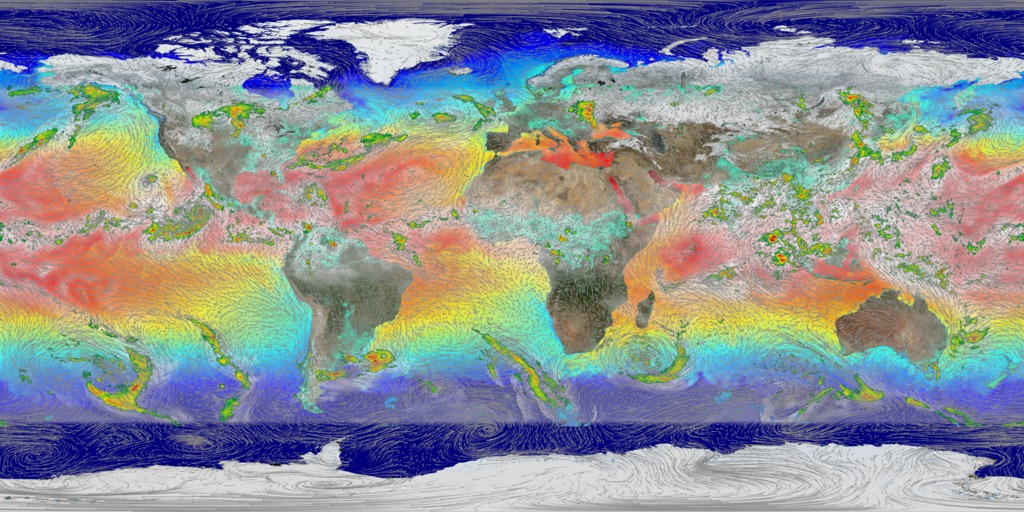
![Tracking aerosols over land and water from August 1 to November 1, 2017. Hurricanes and tropical storms are obvious from the large amounts of sea salt particles caught up in their swirling winds. The dust blowing off the Sahara, however, gets caught by water droplets and is rained out of the storm system. Smoke from the massive fires in the Pacific Northwest region of North America are blown across the Atlantic to the UK and Europe. This visualization is a result of combining NASA satellite data with sophisticated mathematical models that describe the underlying physical processes.Music: Elapsing Time by Christian Telford [ASCAP], Robert Anthony Navarro [ASCAP]Complete transcript available.Watch this video on the NASA Goddard YouTube channel.](/vis/a010000/a012700/a012772/12772_hurricanes_and_aerosols_1080p_youtube_1080.00001_print.jpg)
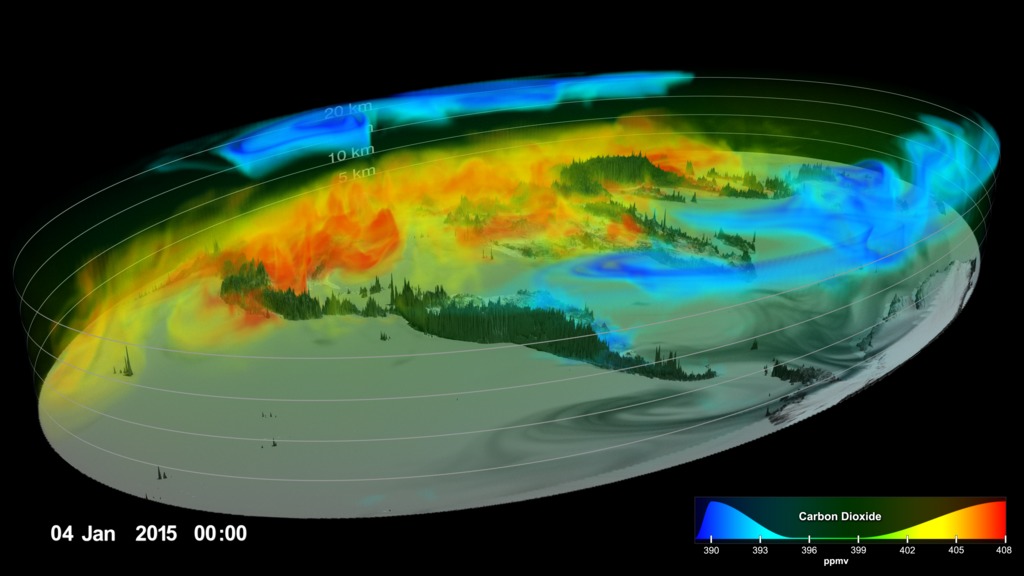
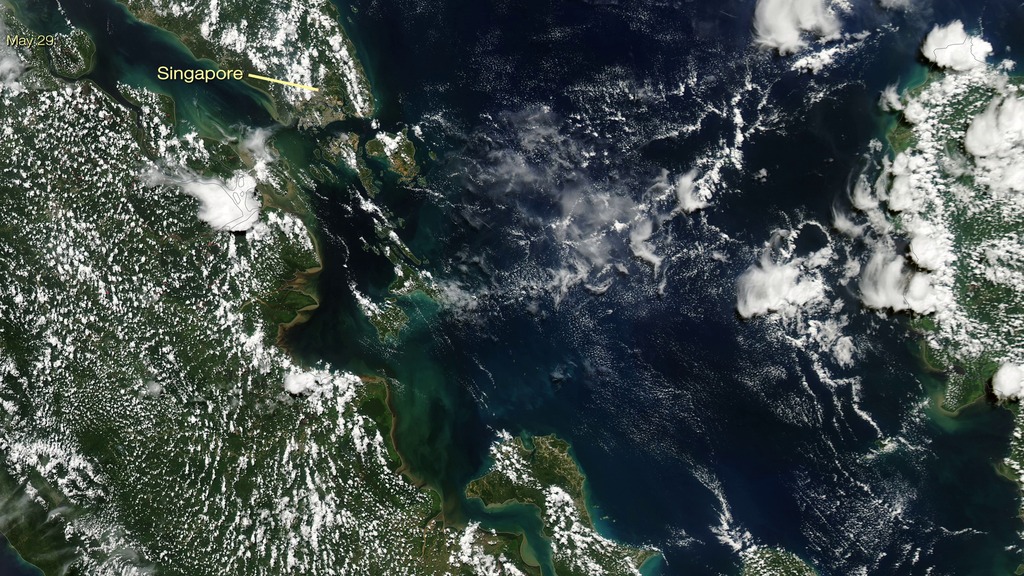
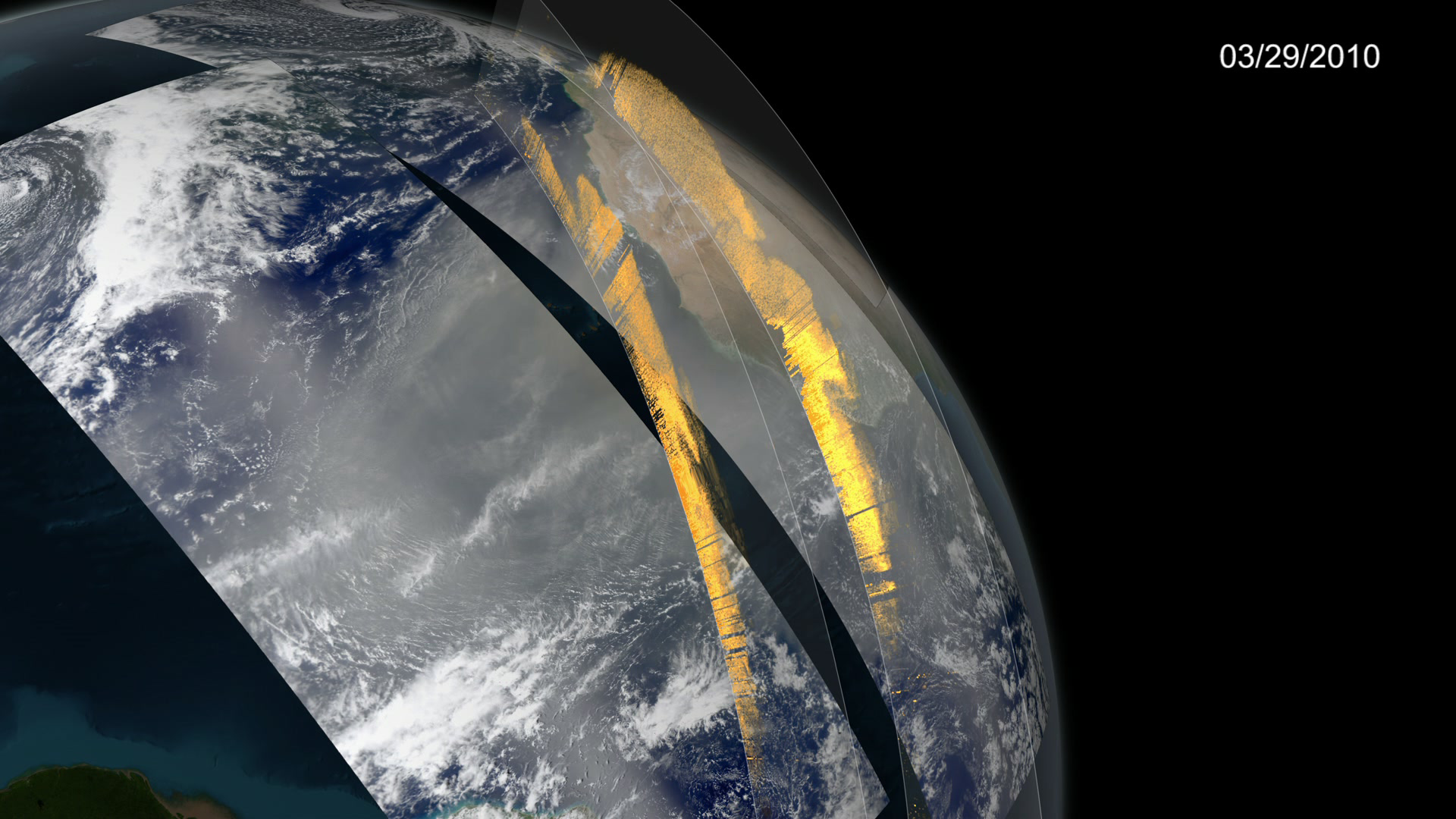
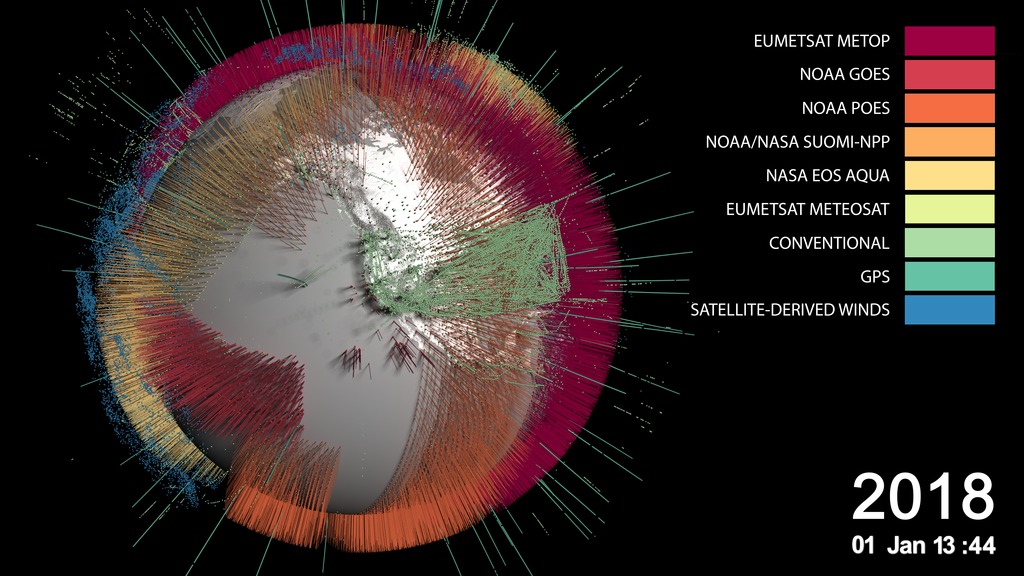
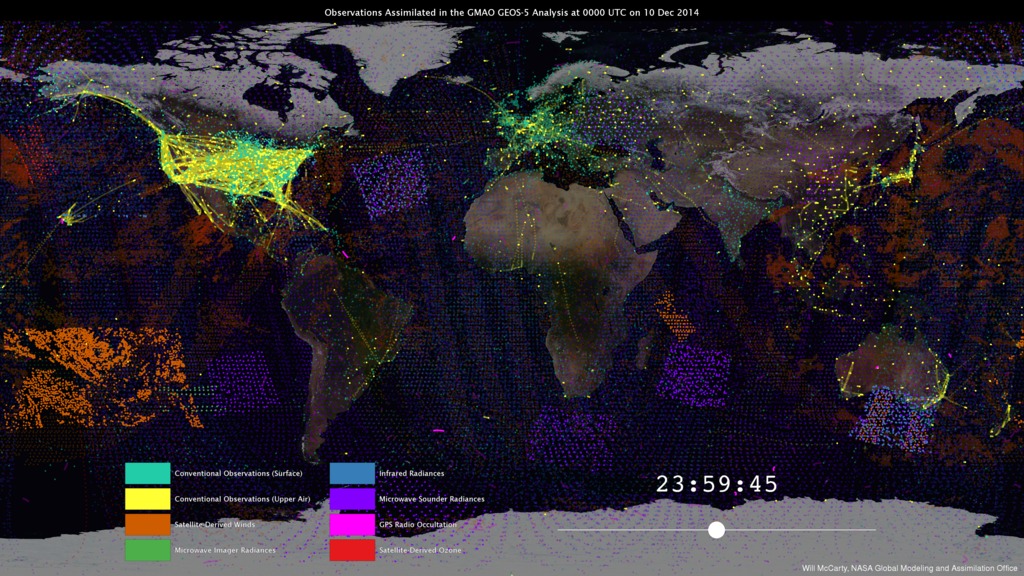
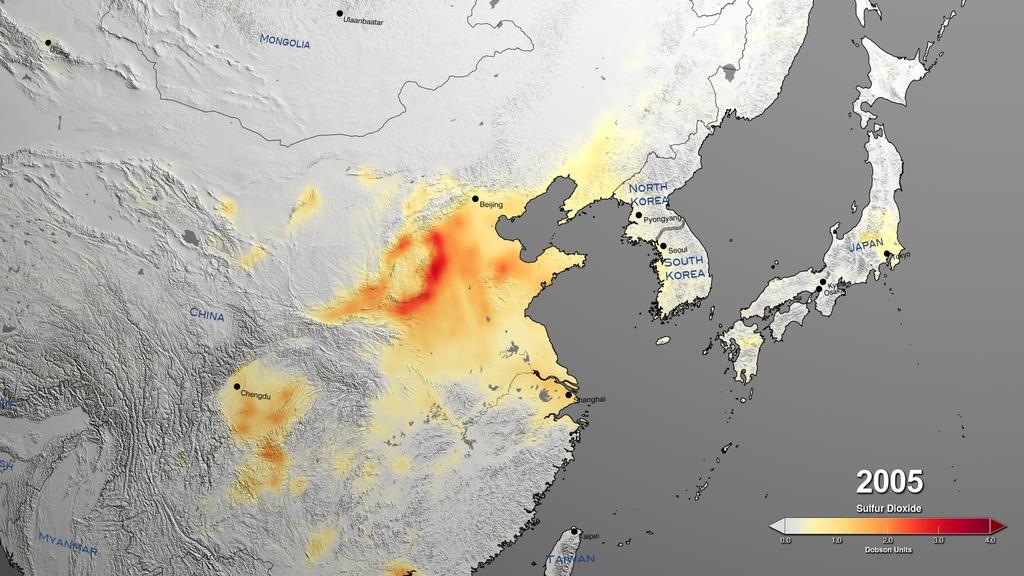
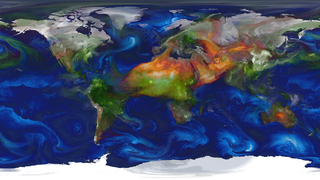
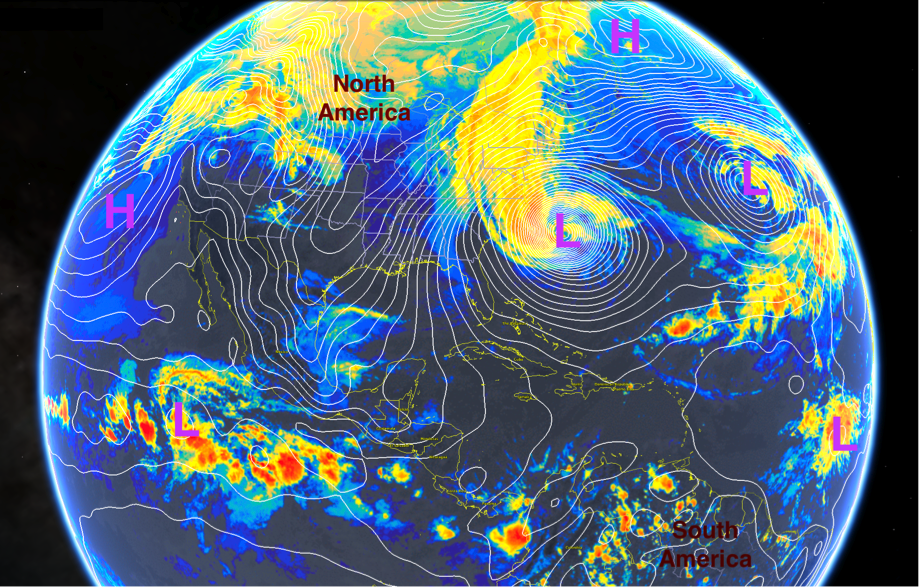
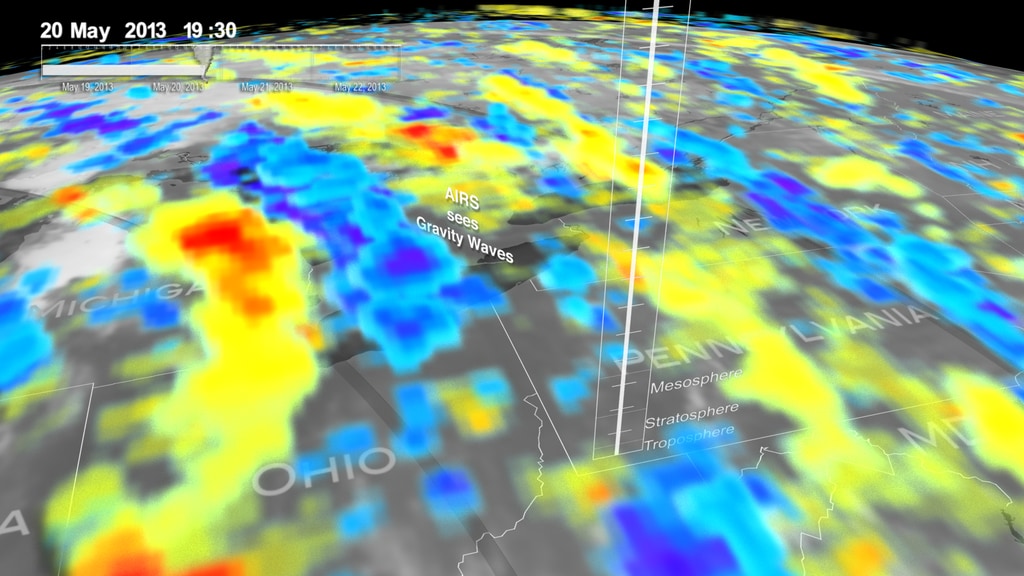
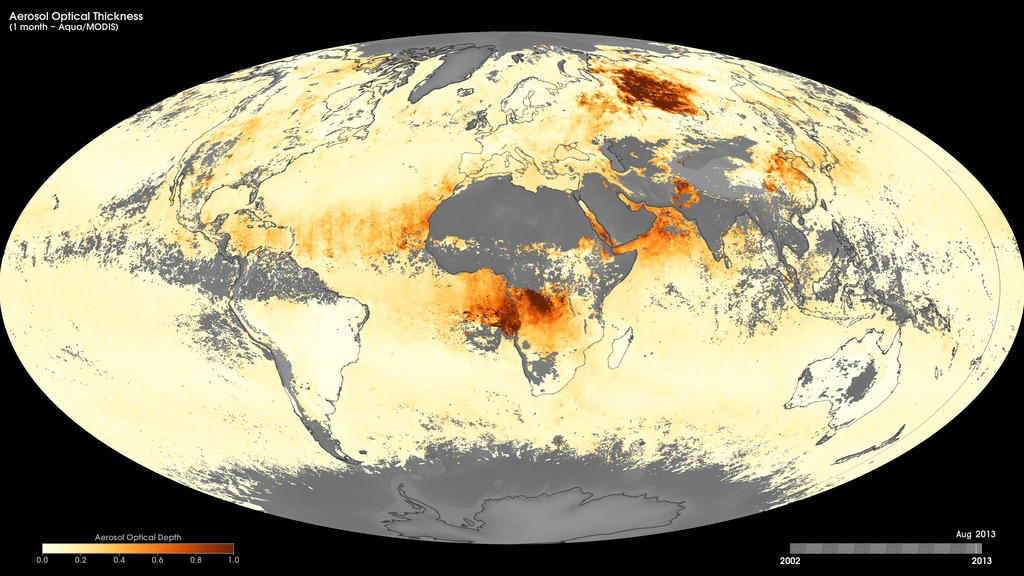
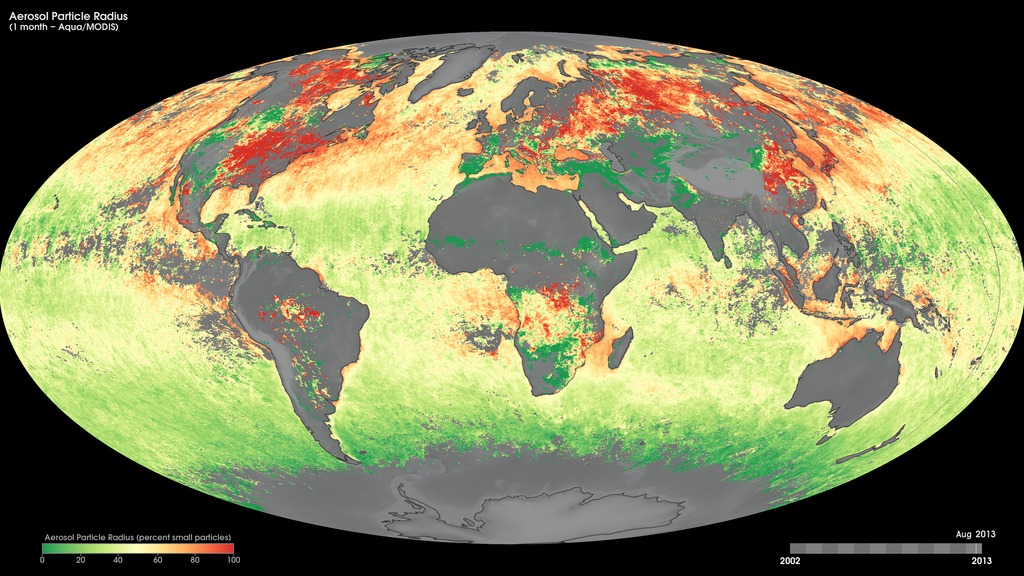
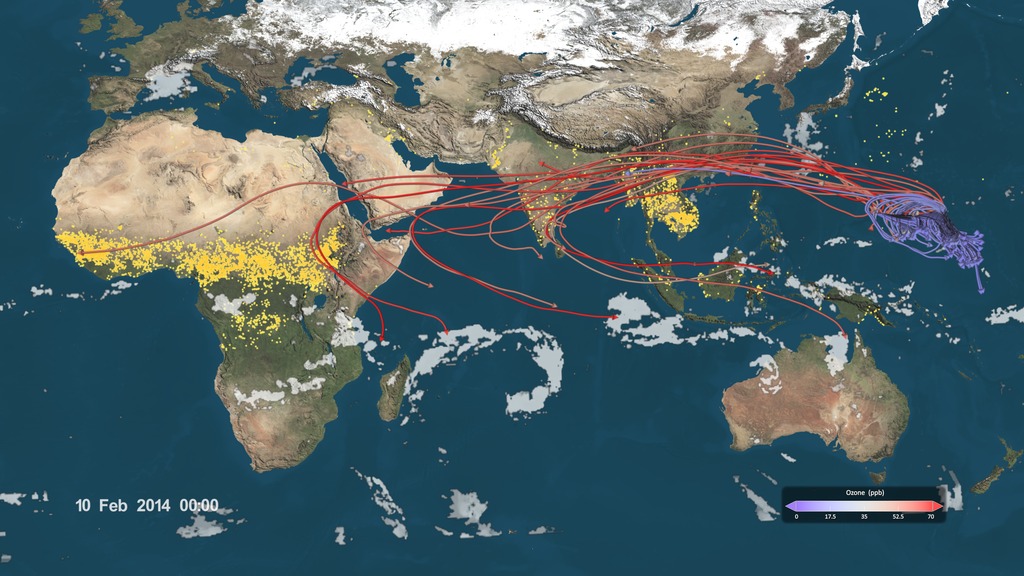
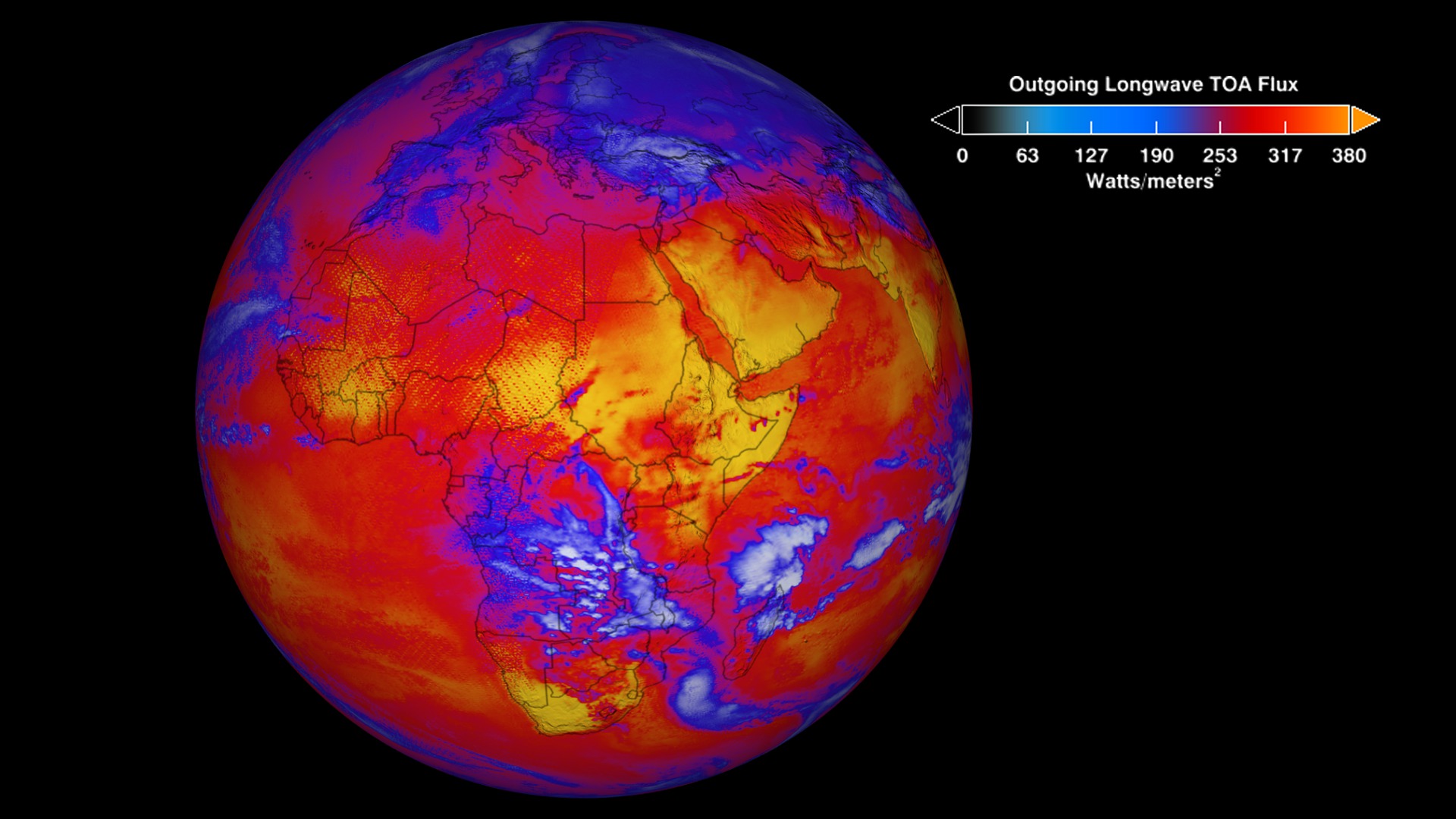
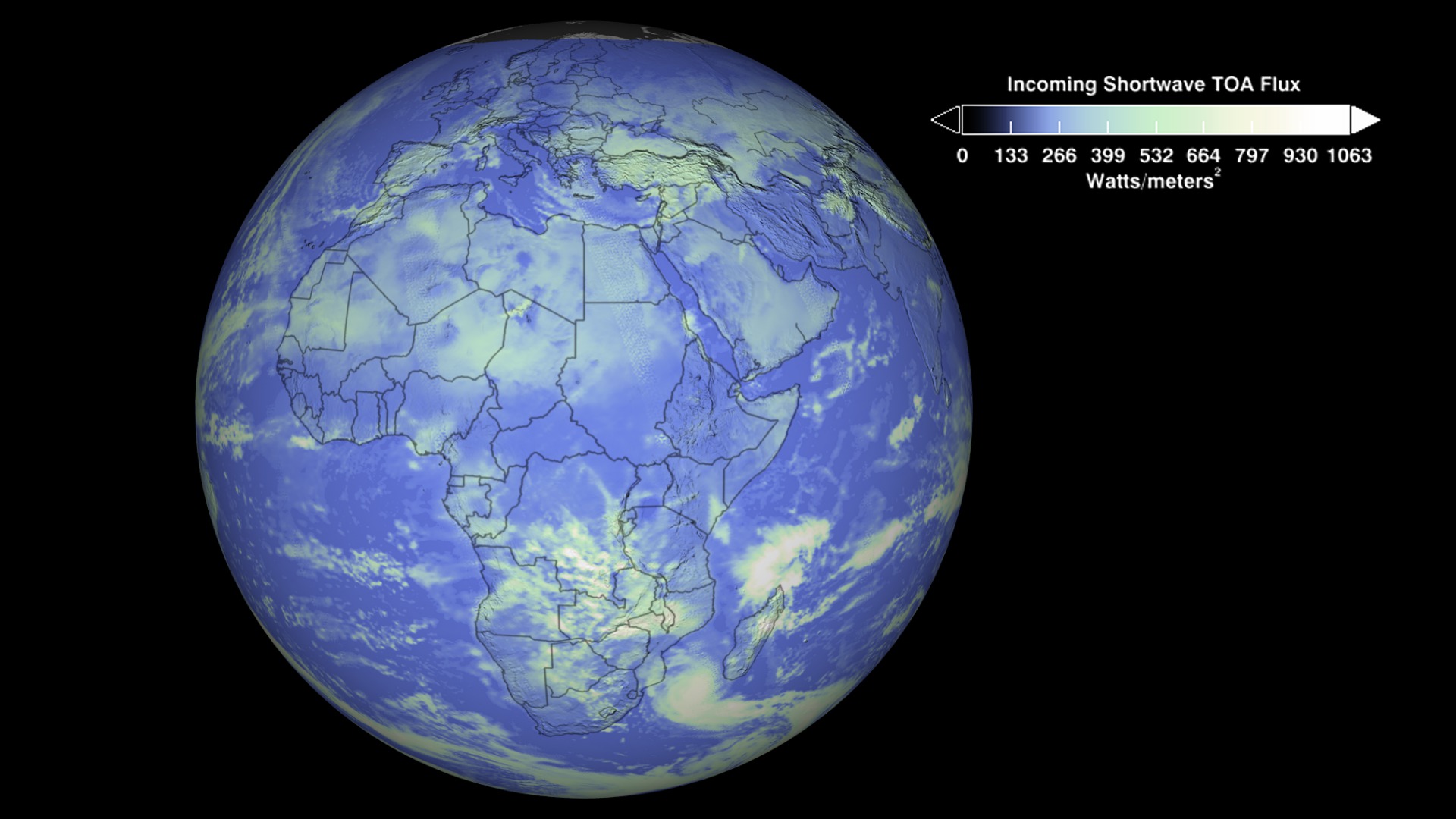
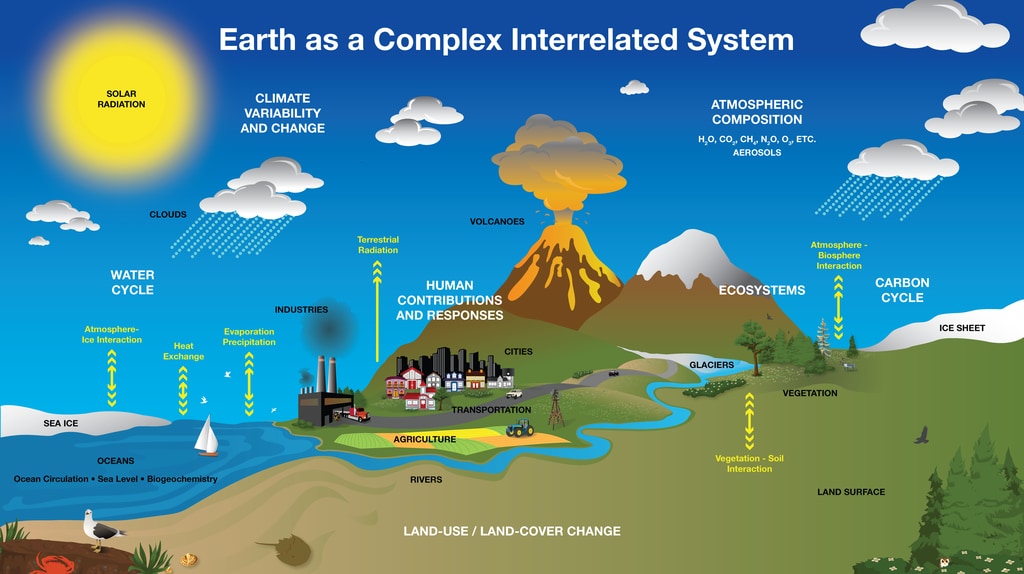
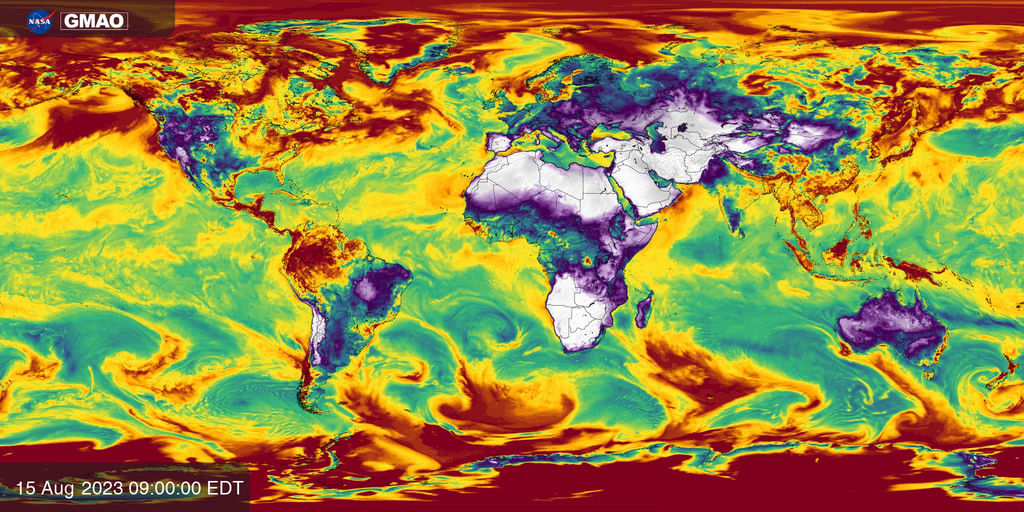
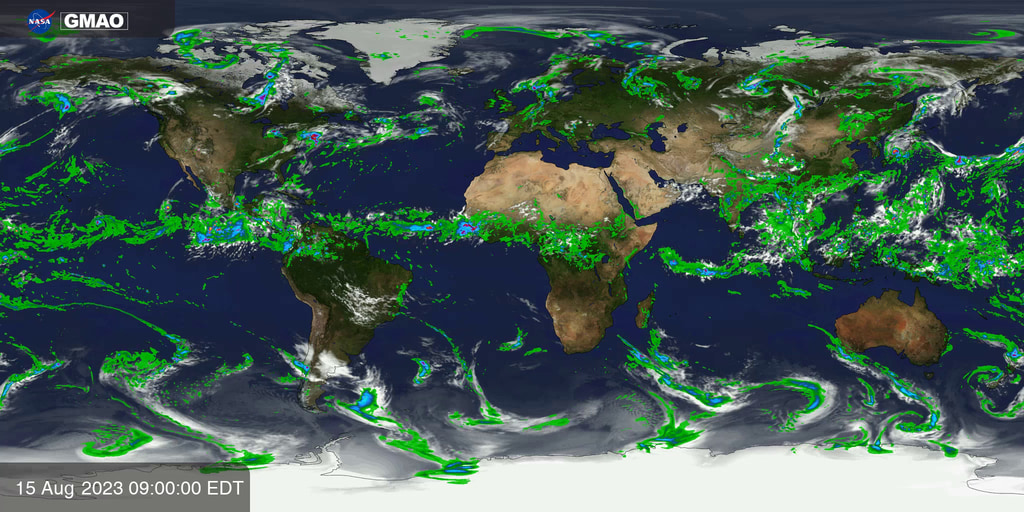
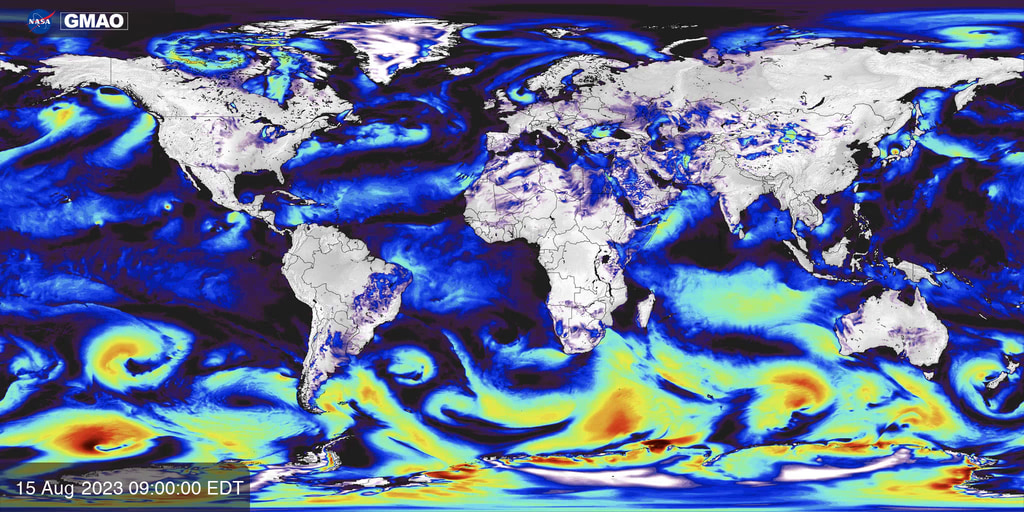
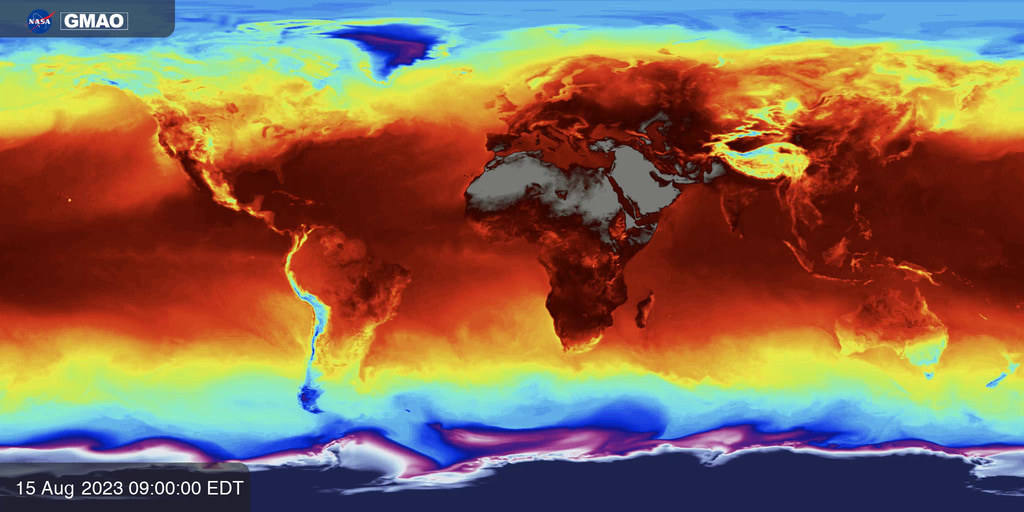
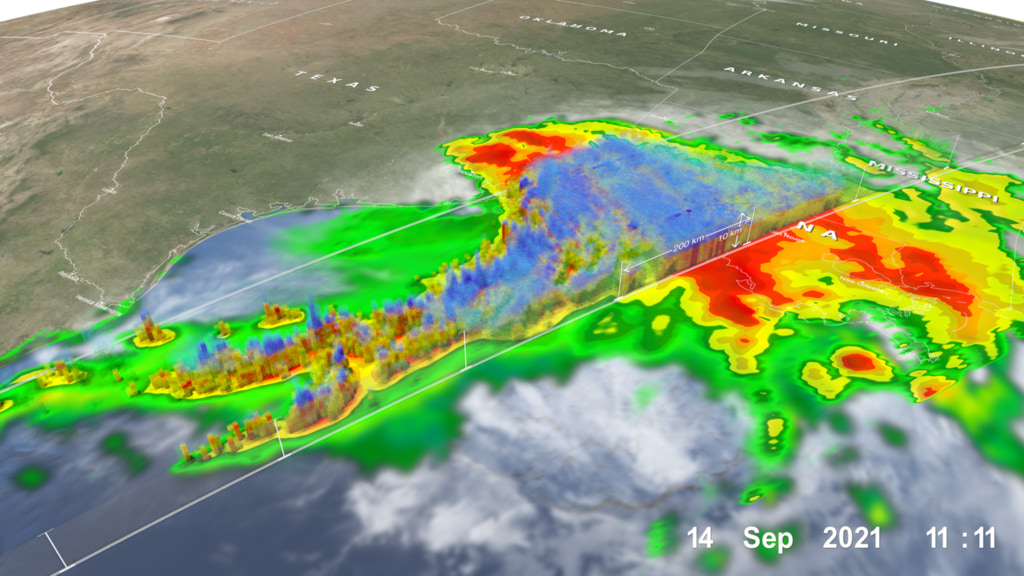
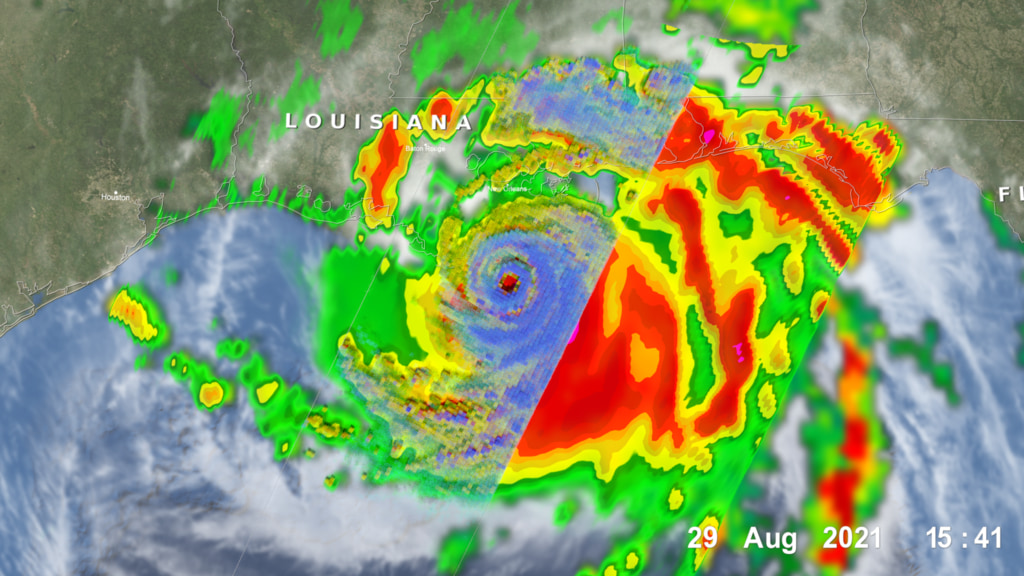
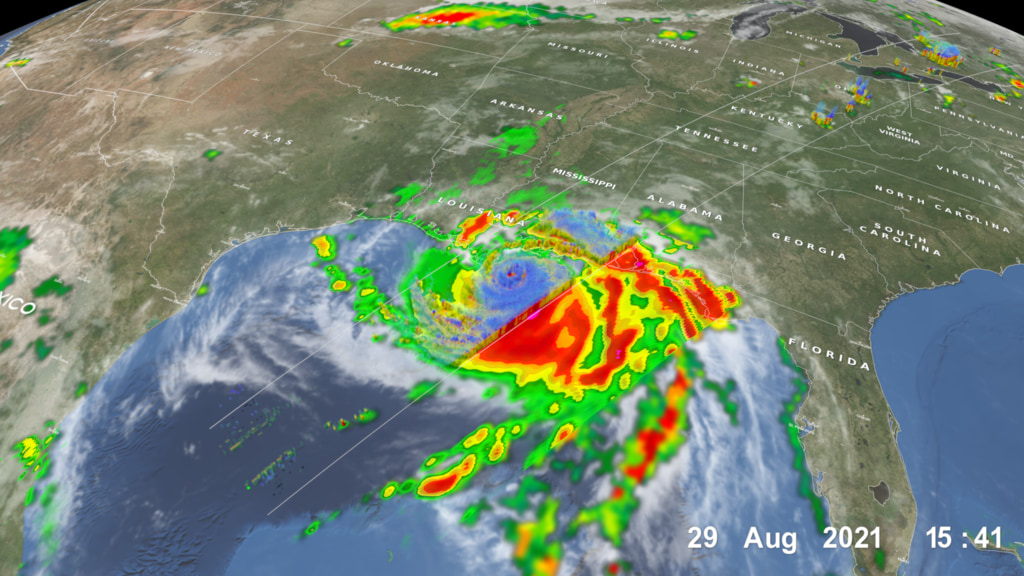
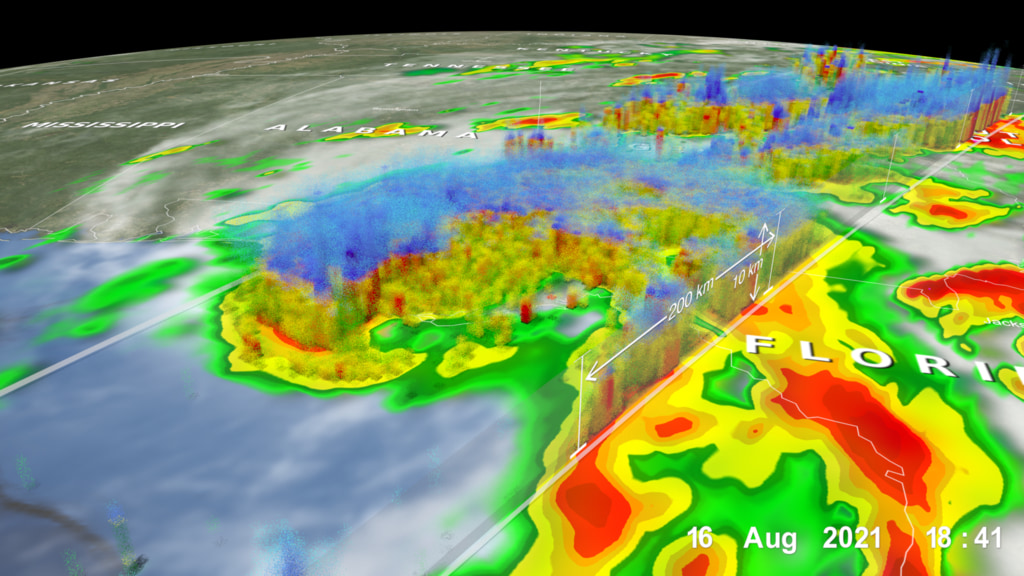
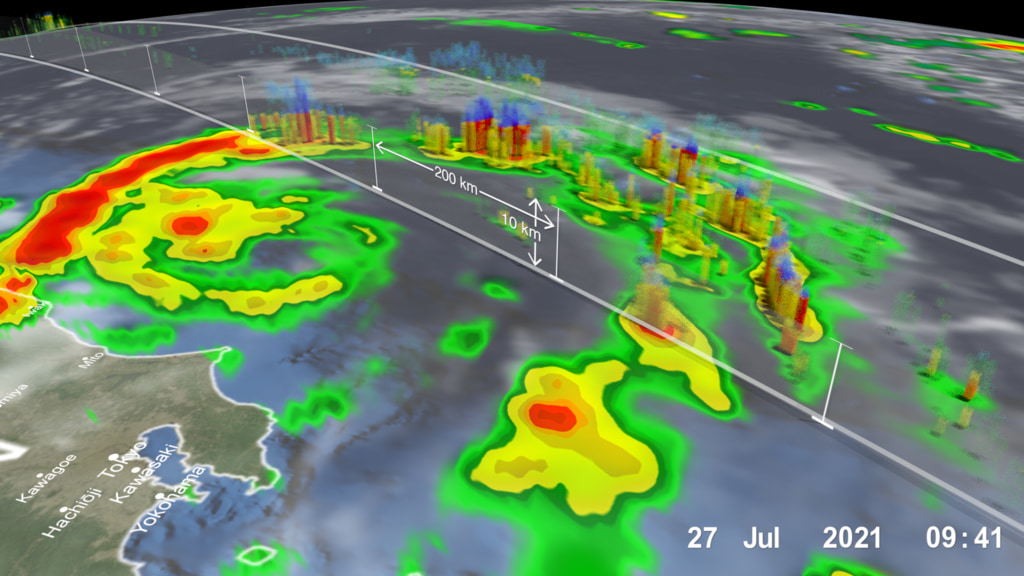
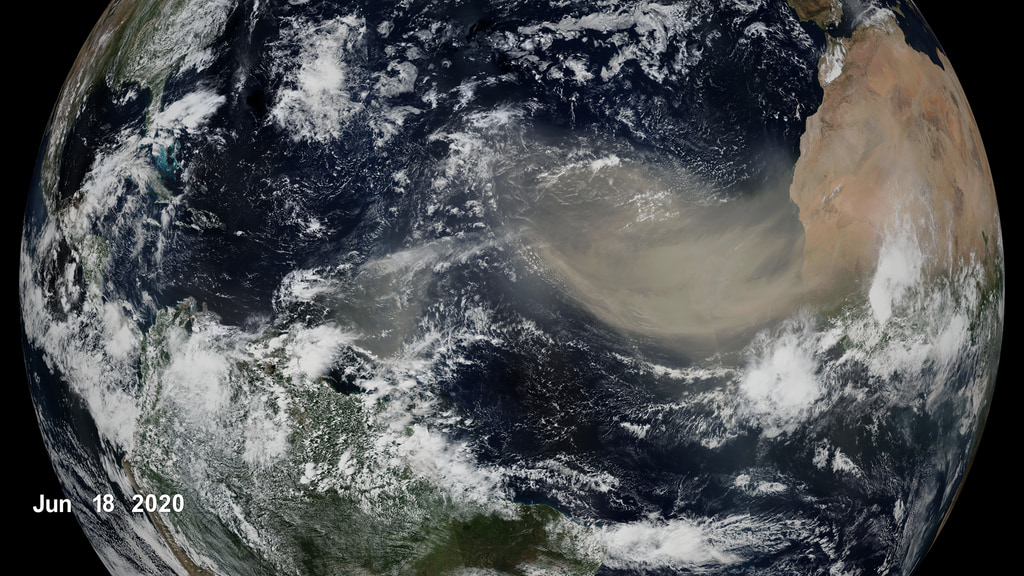
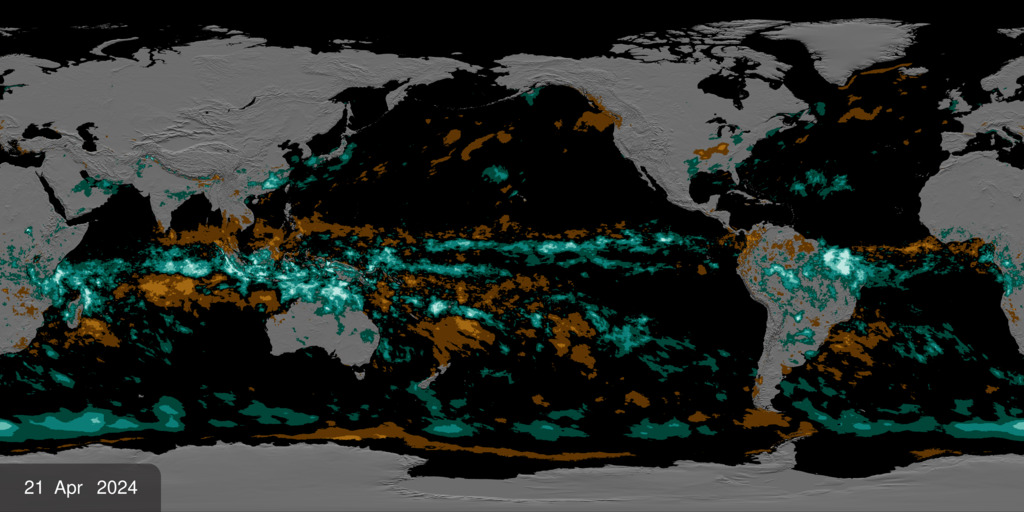
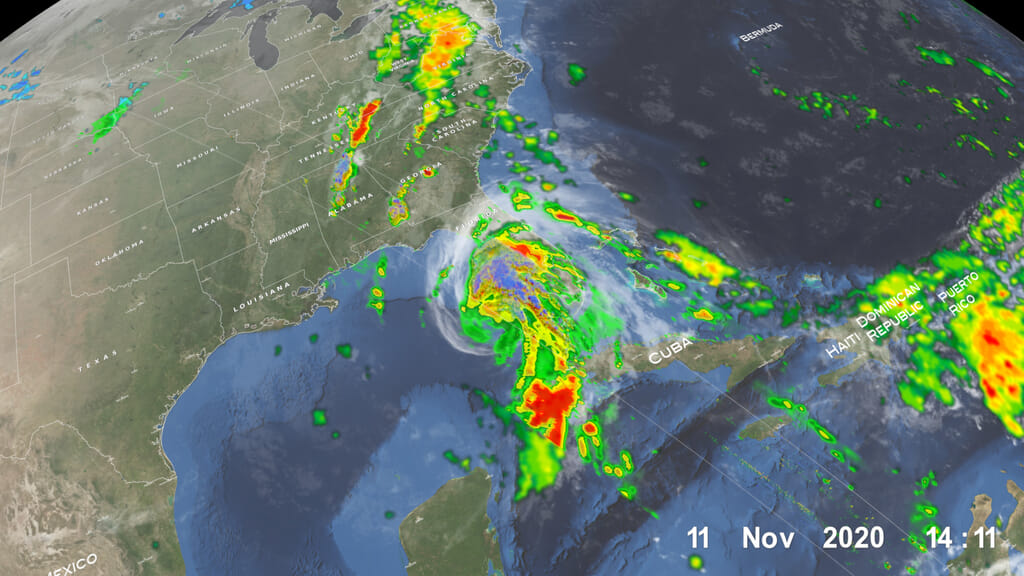
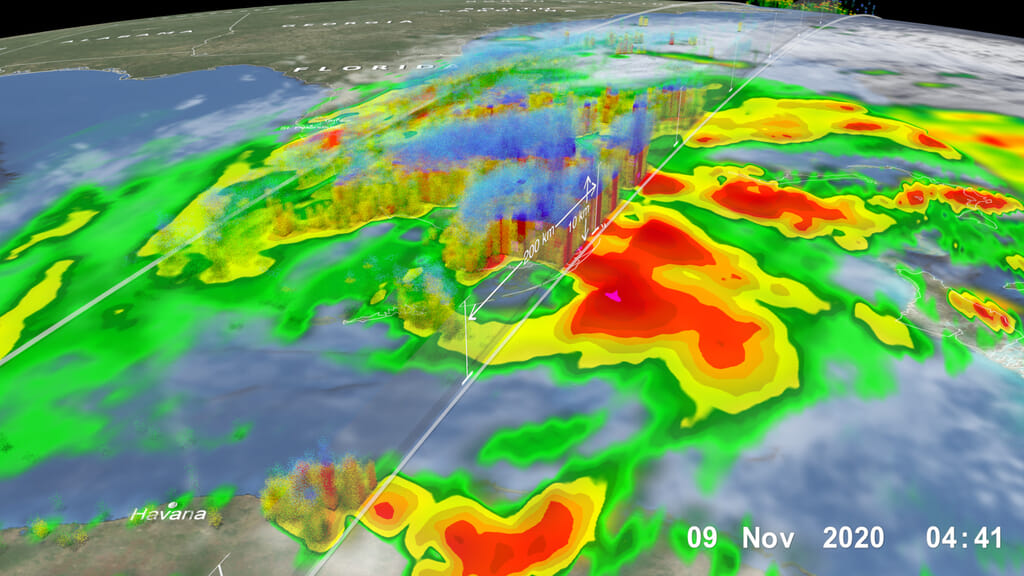
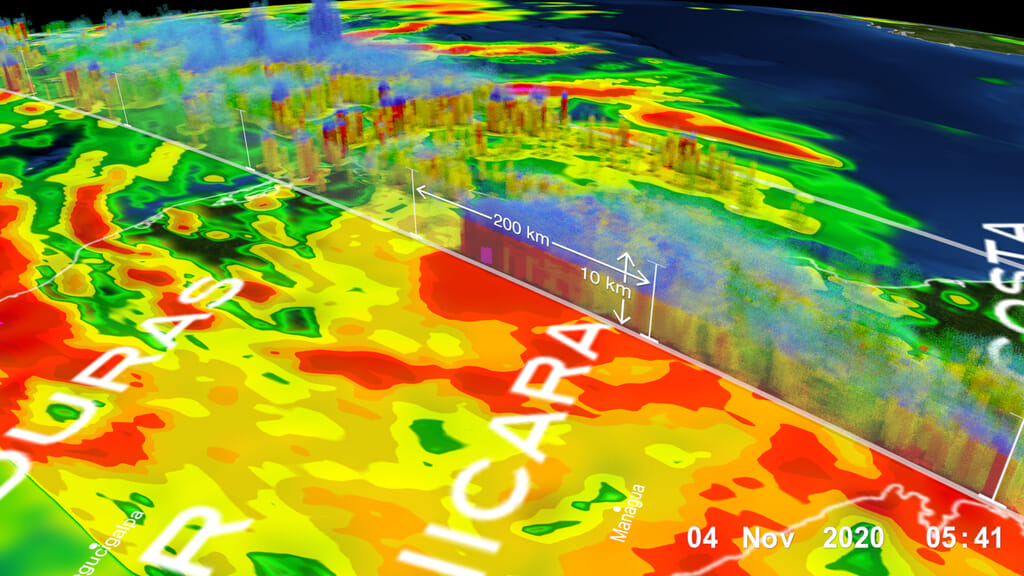
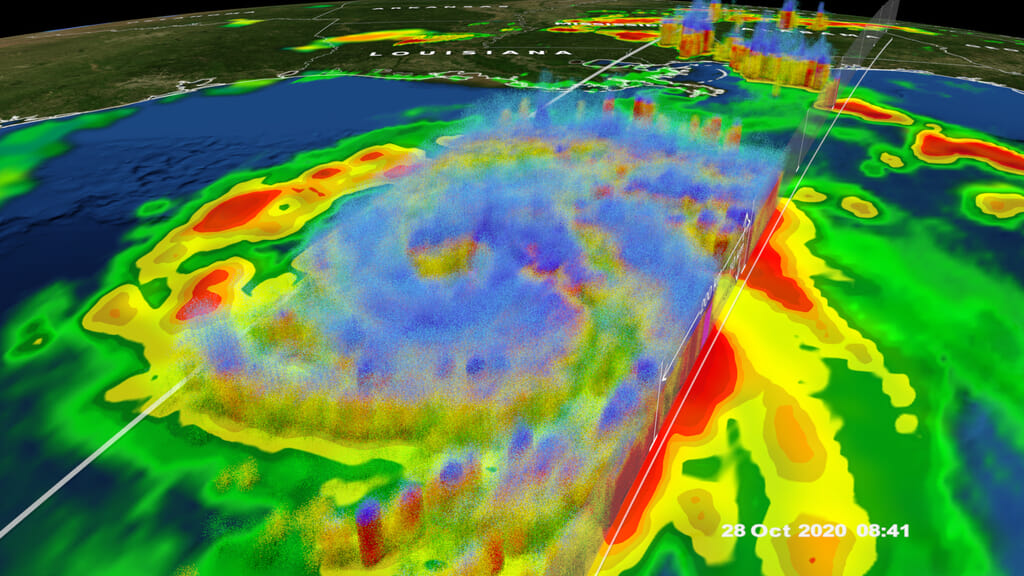
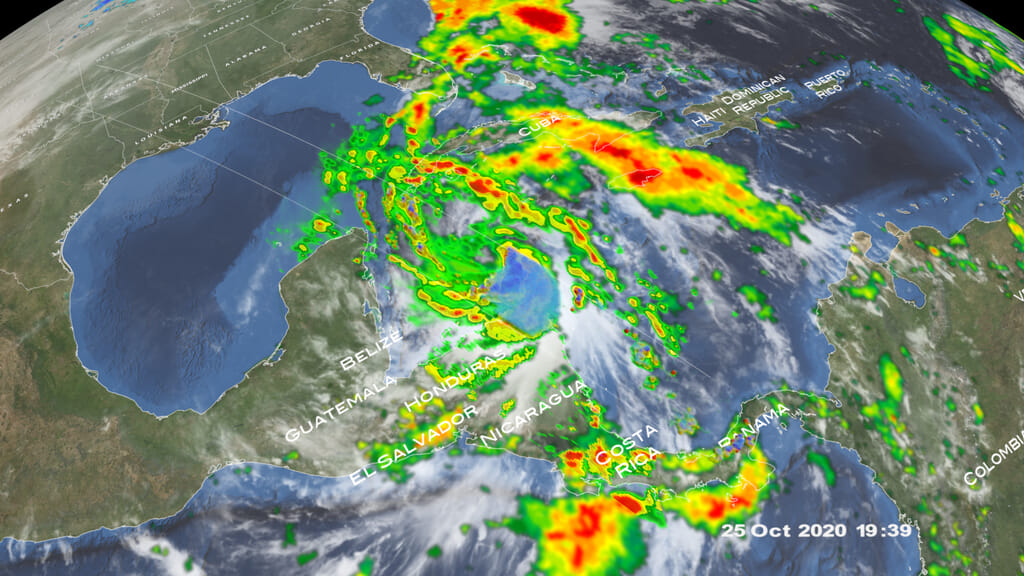

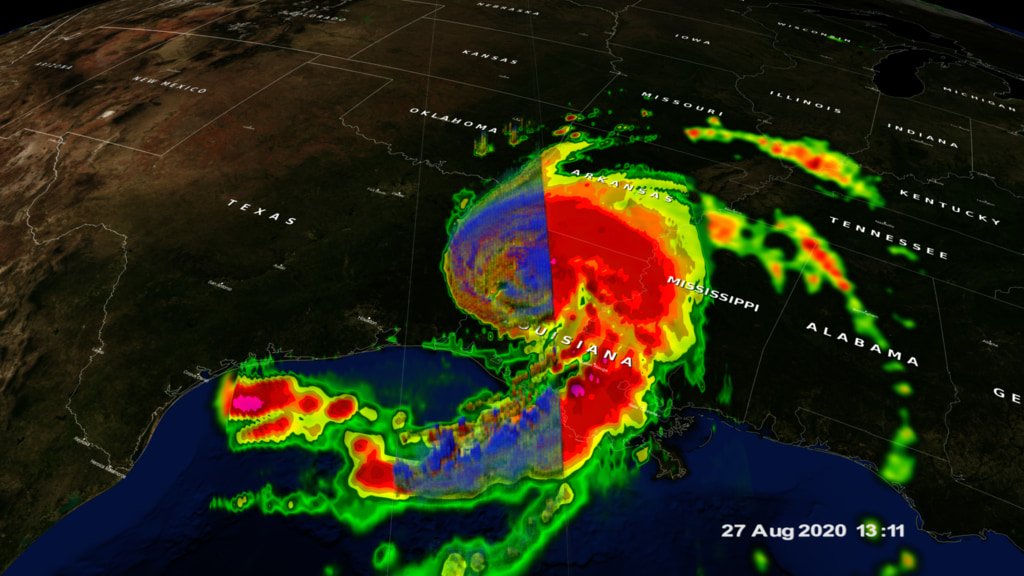
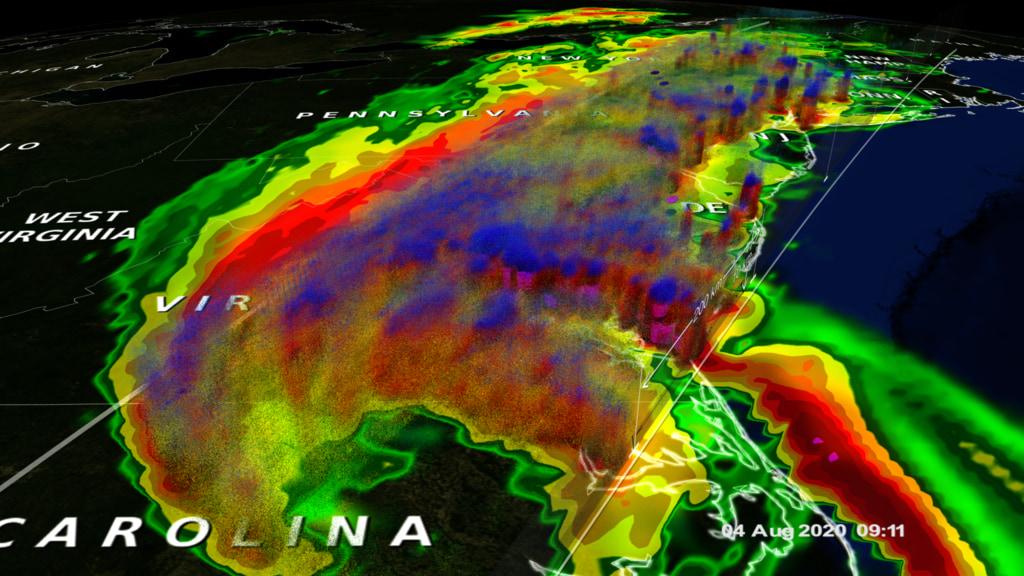
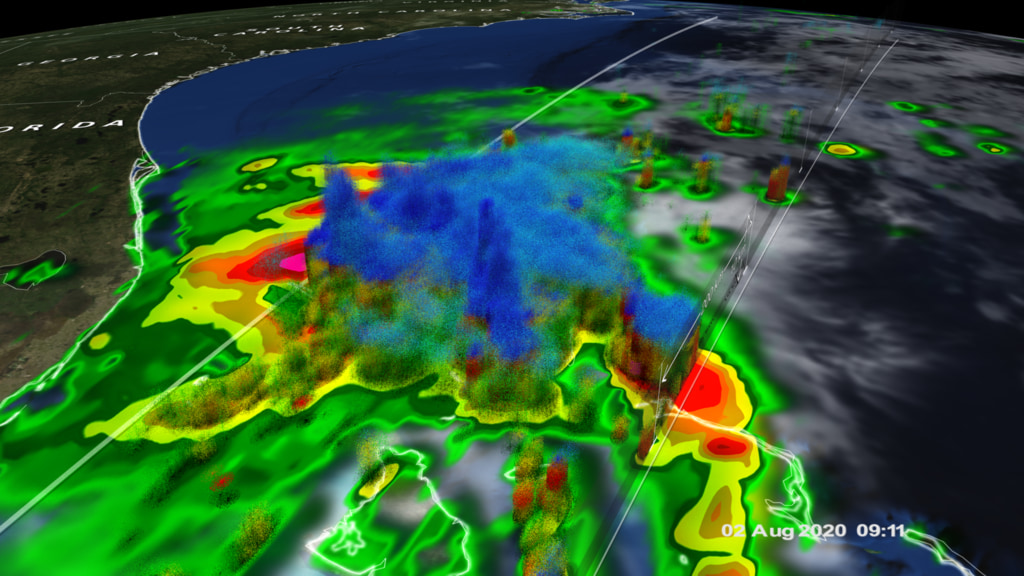
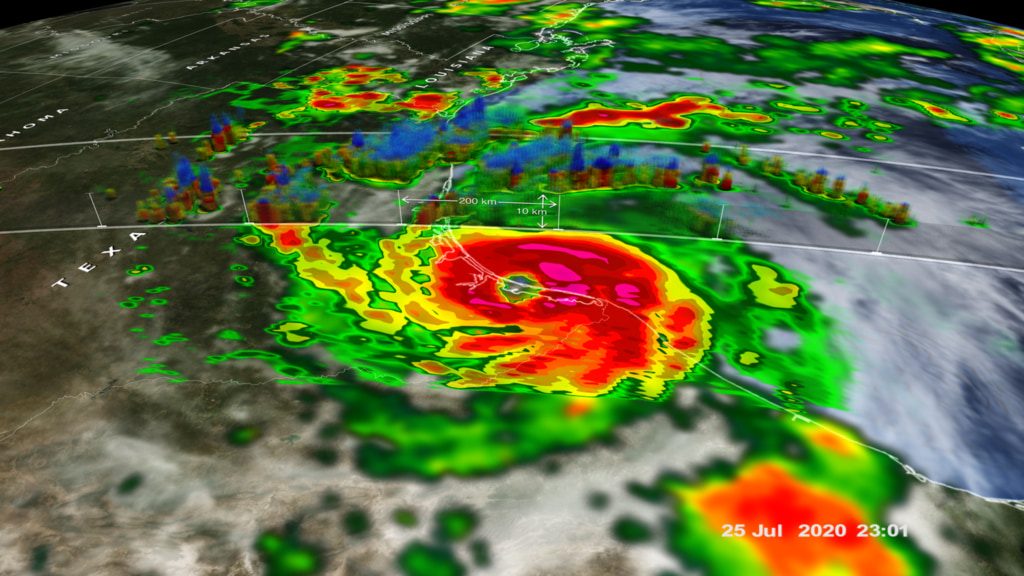
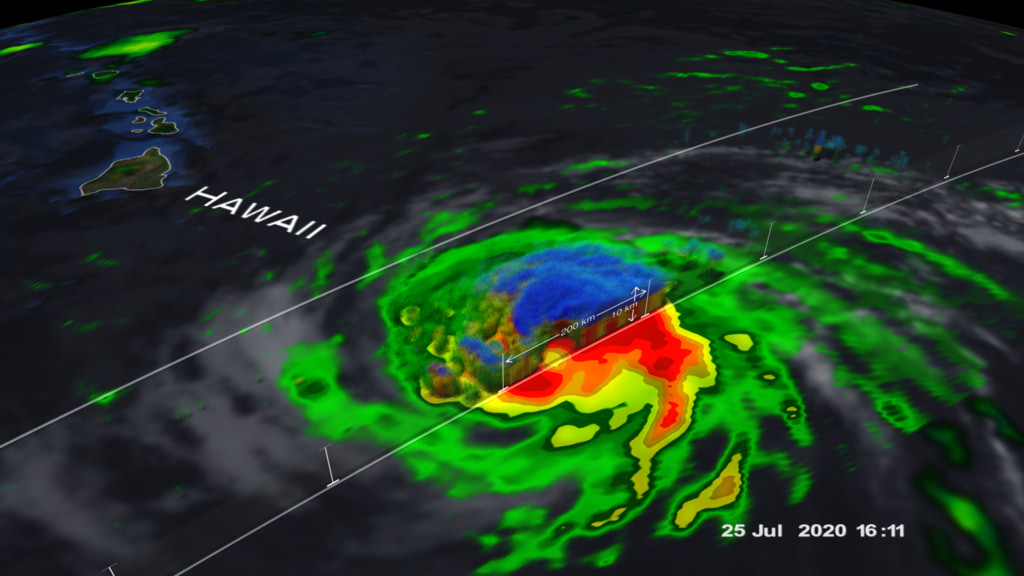
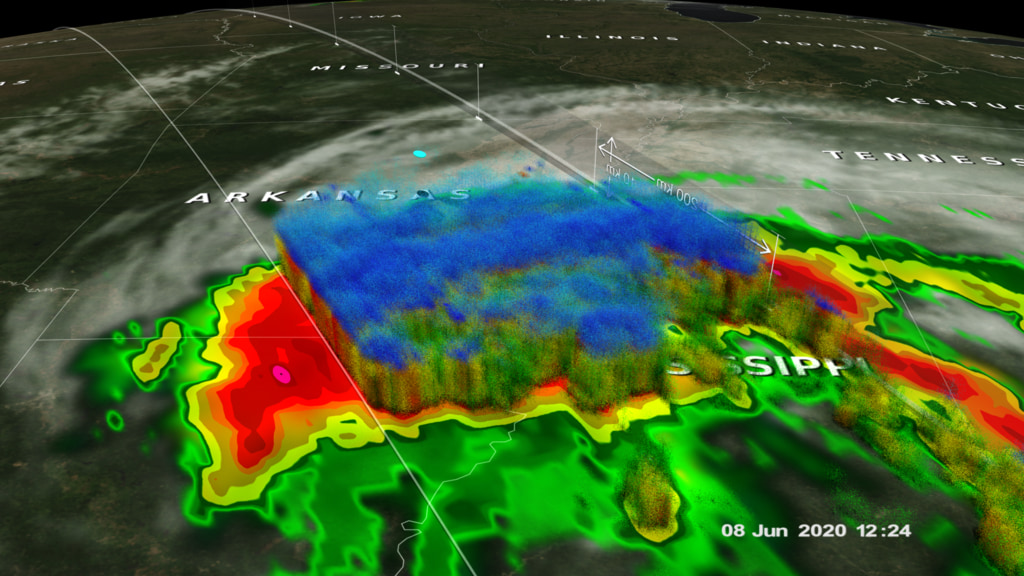
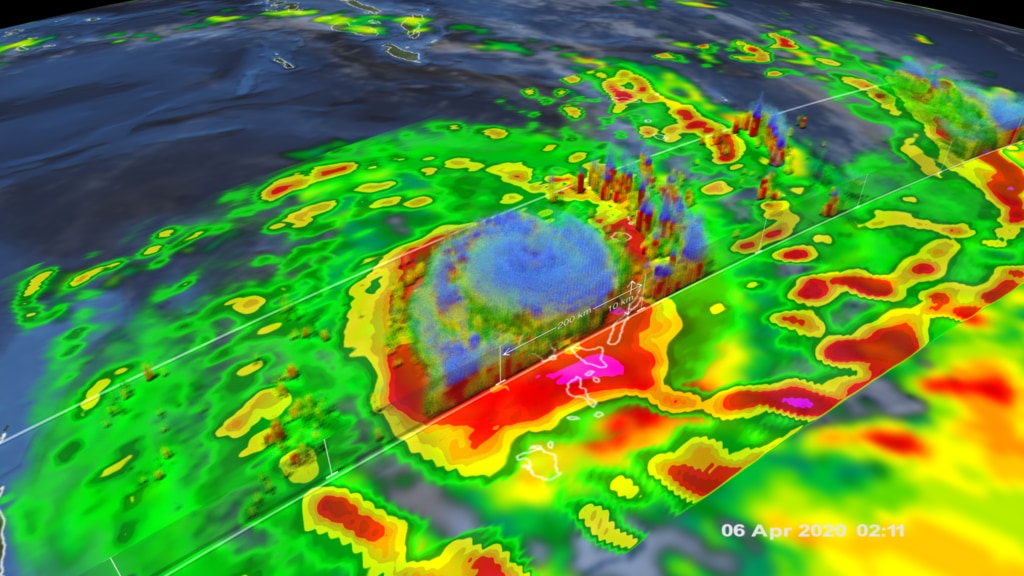
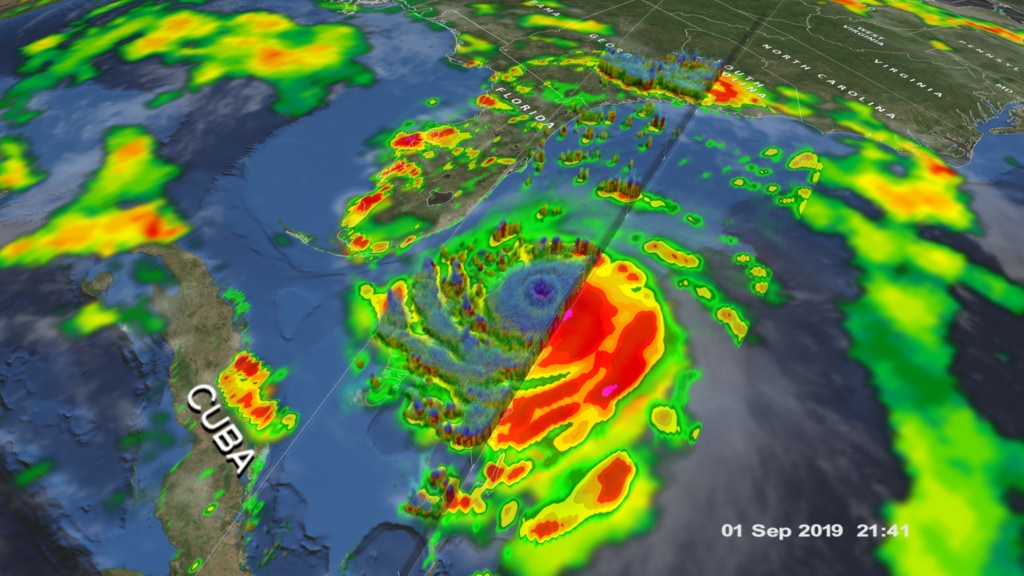
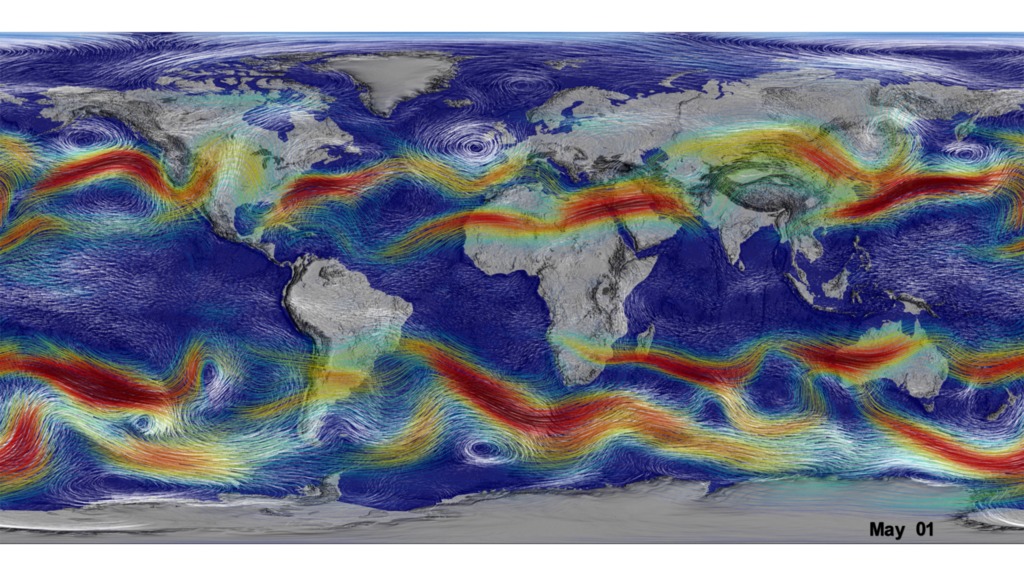
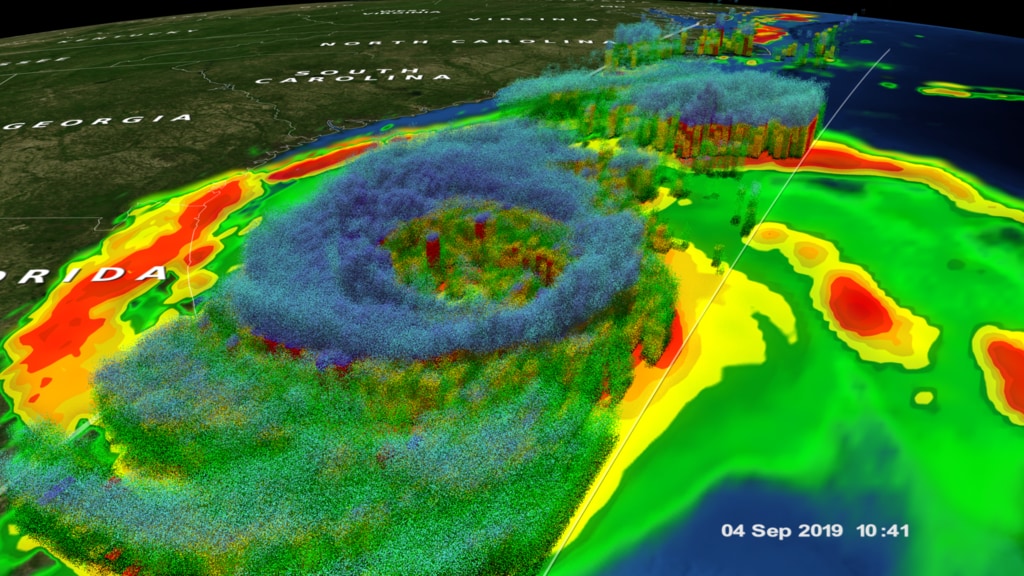
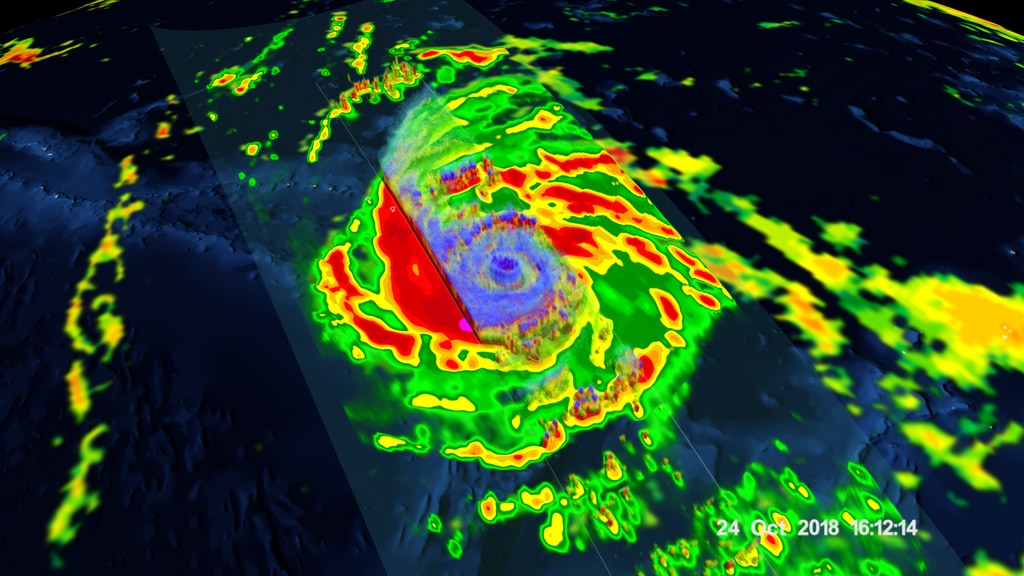
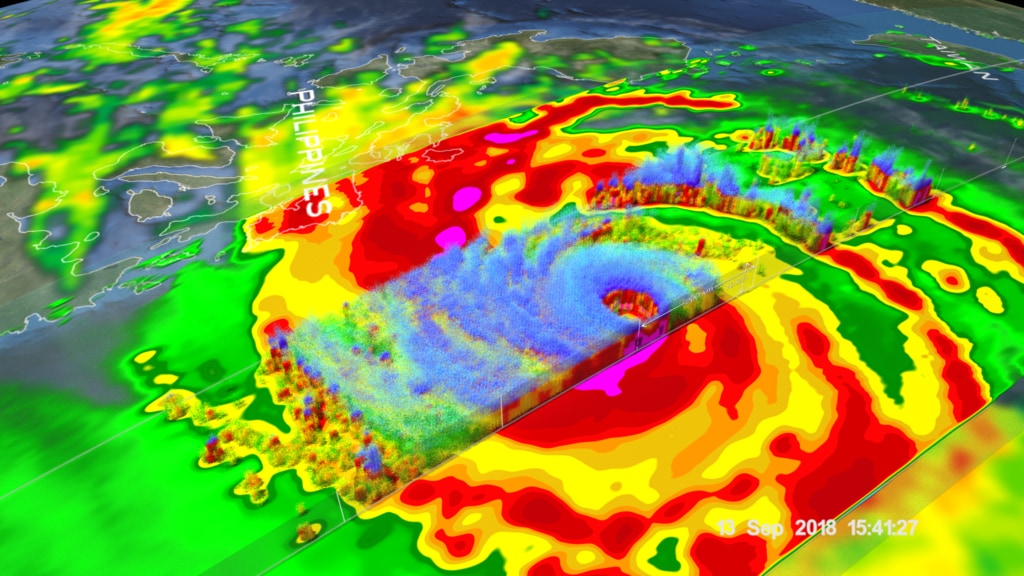
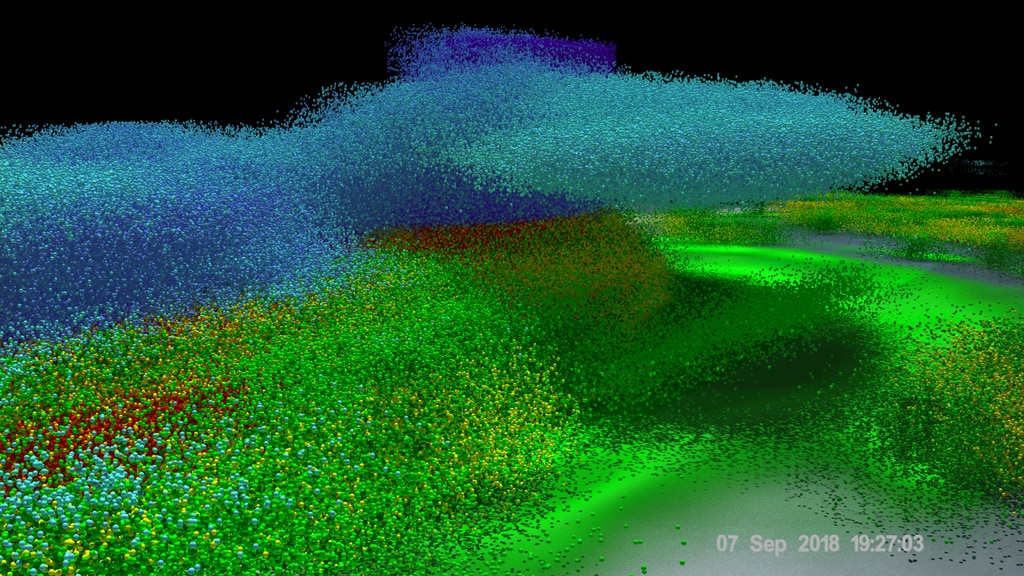
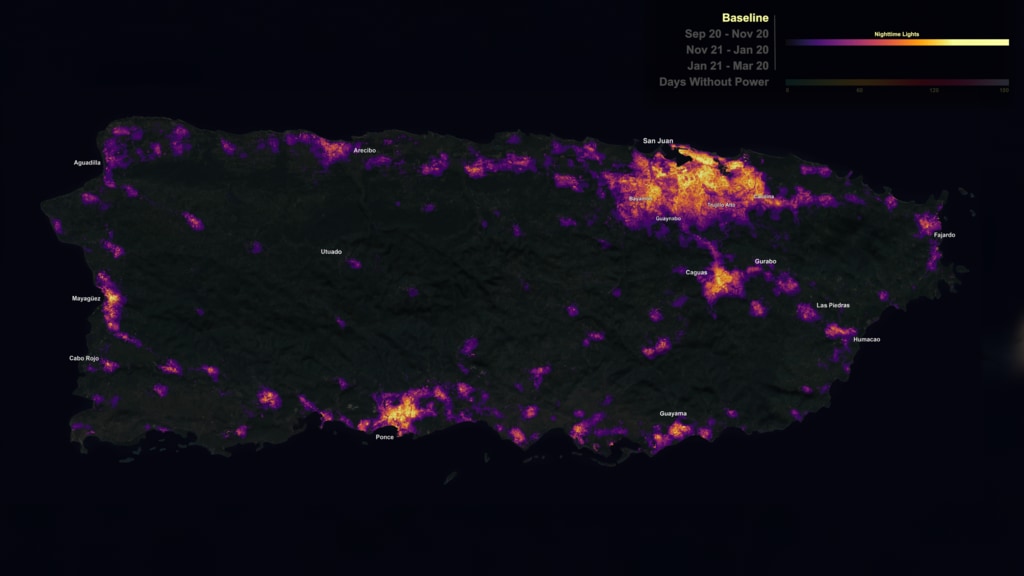
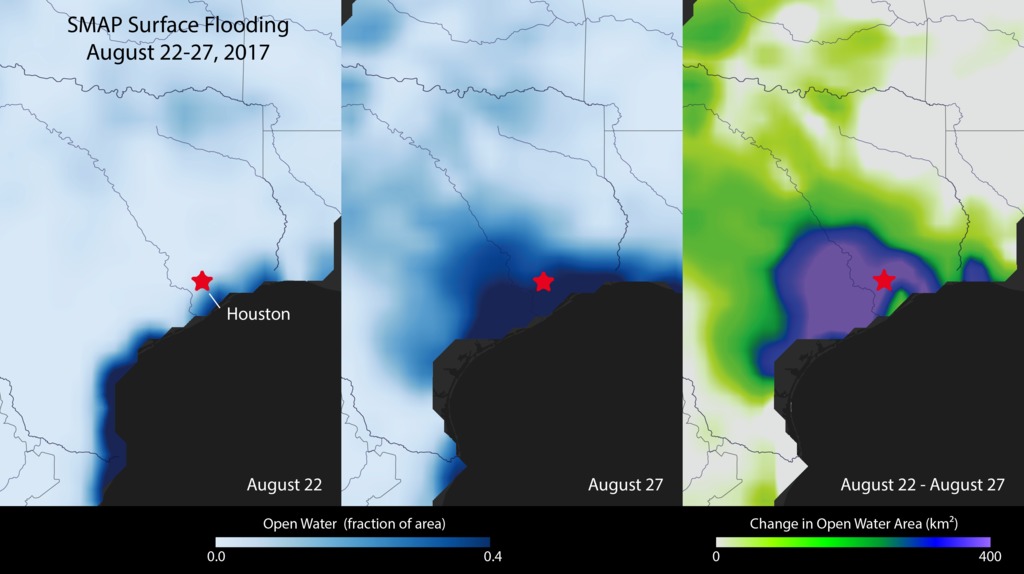
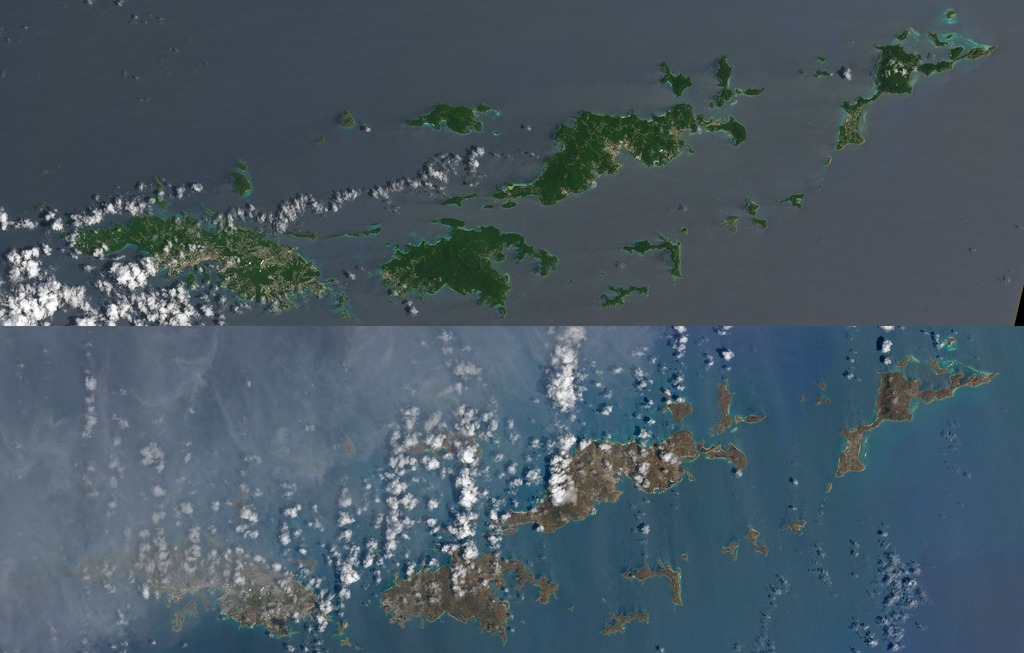
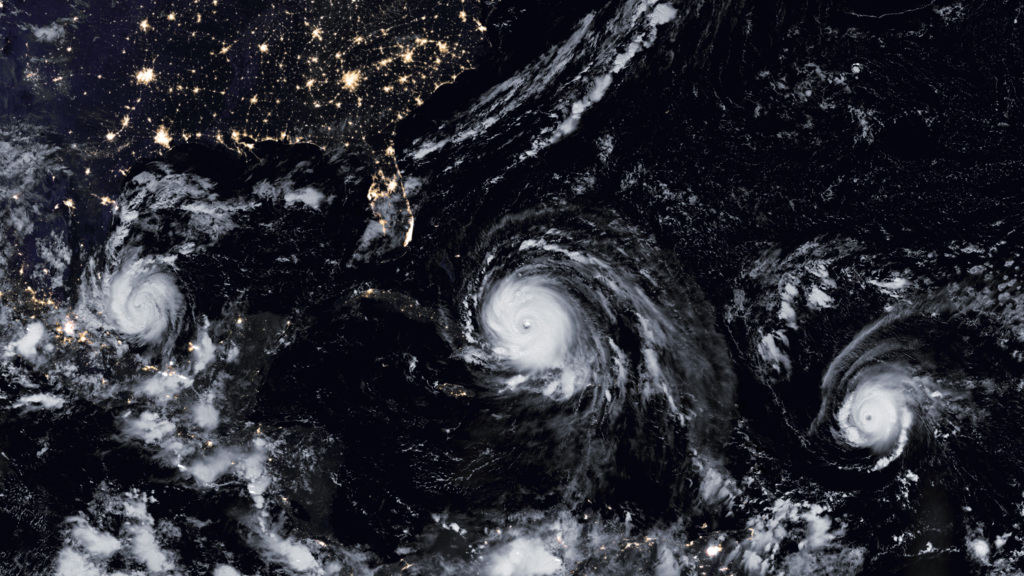
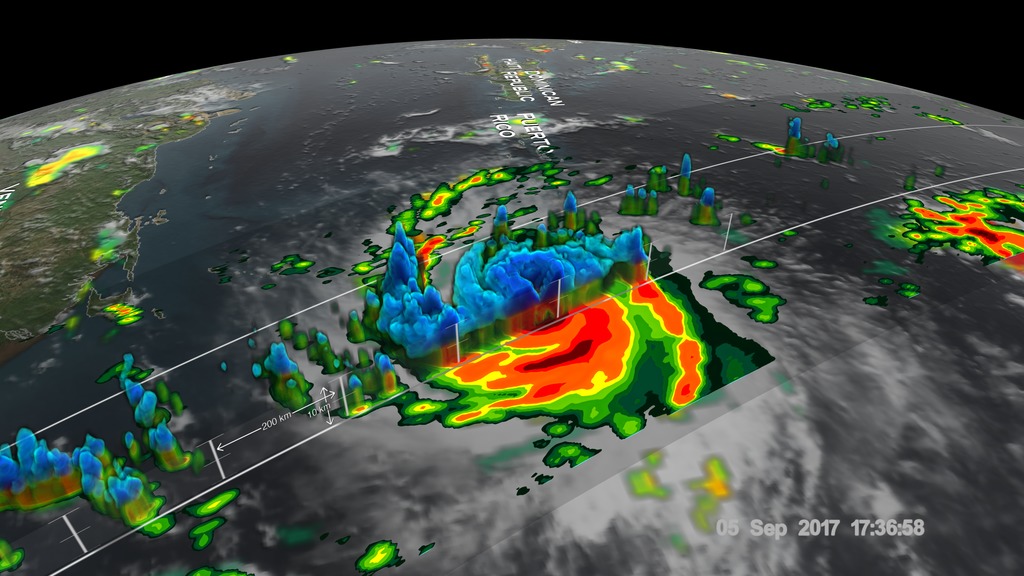
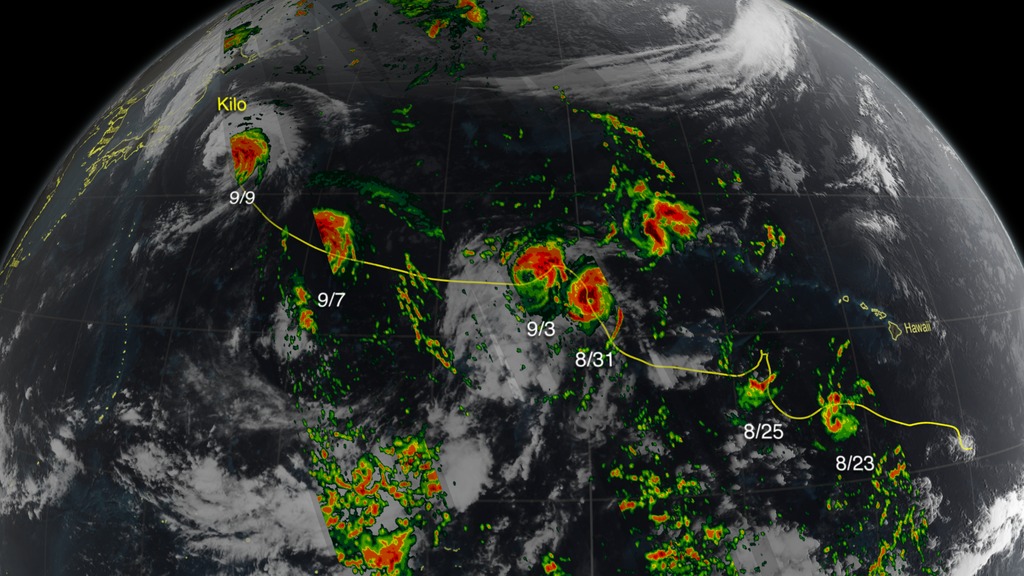
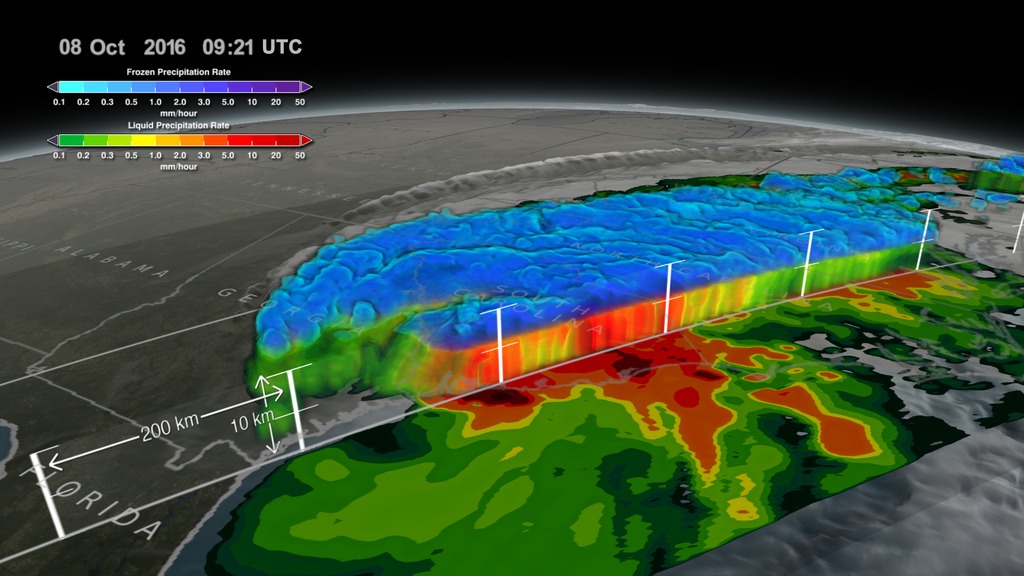
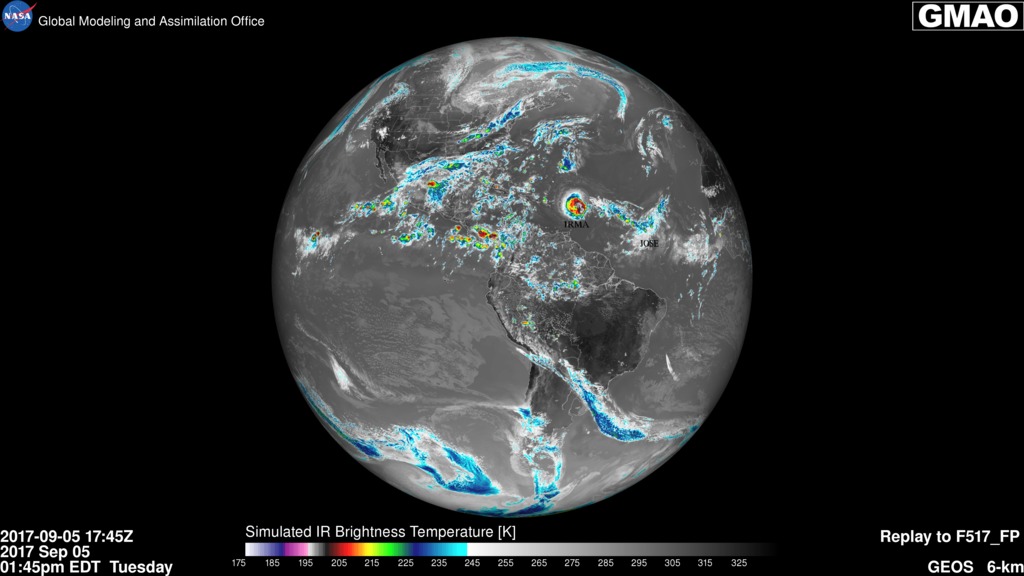
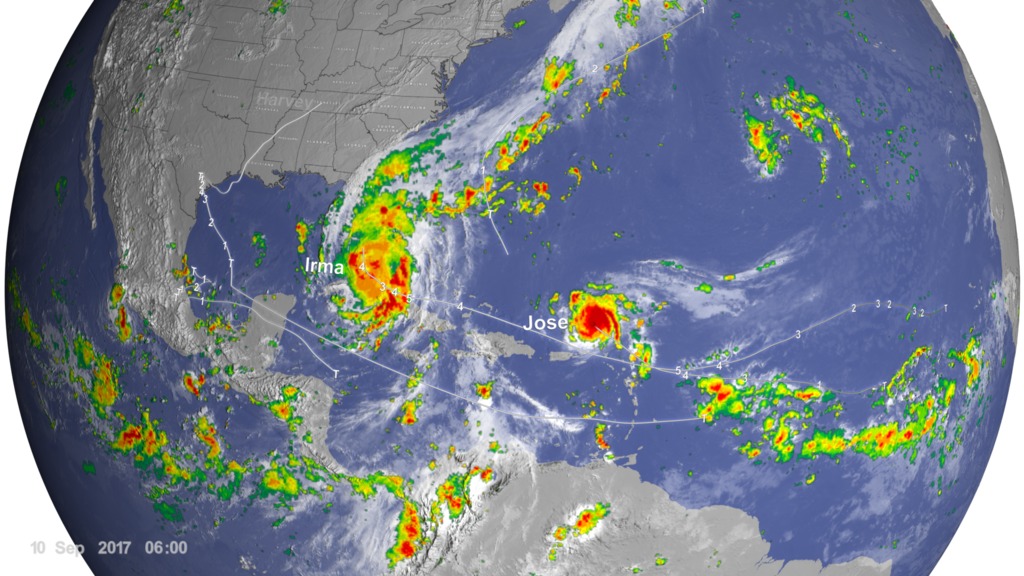
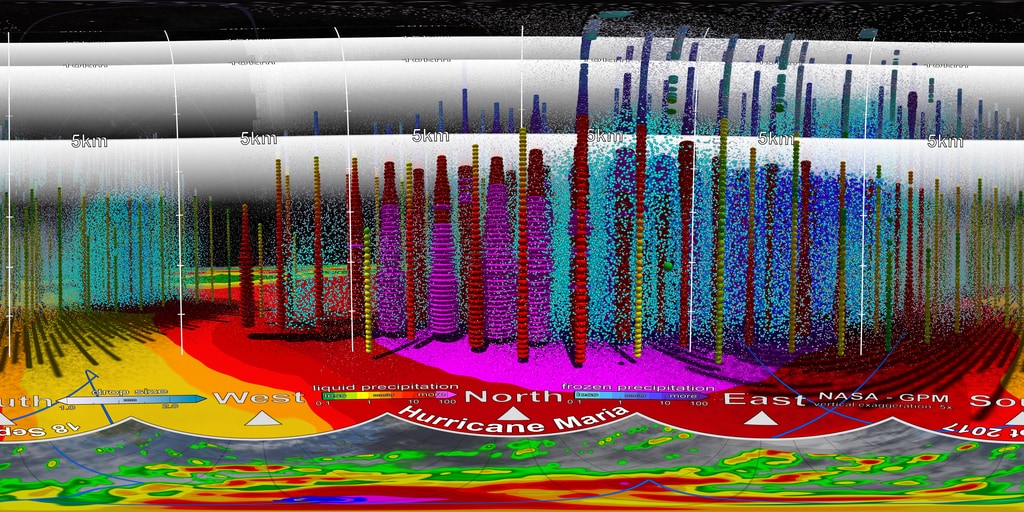
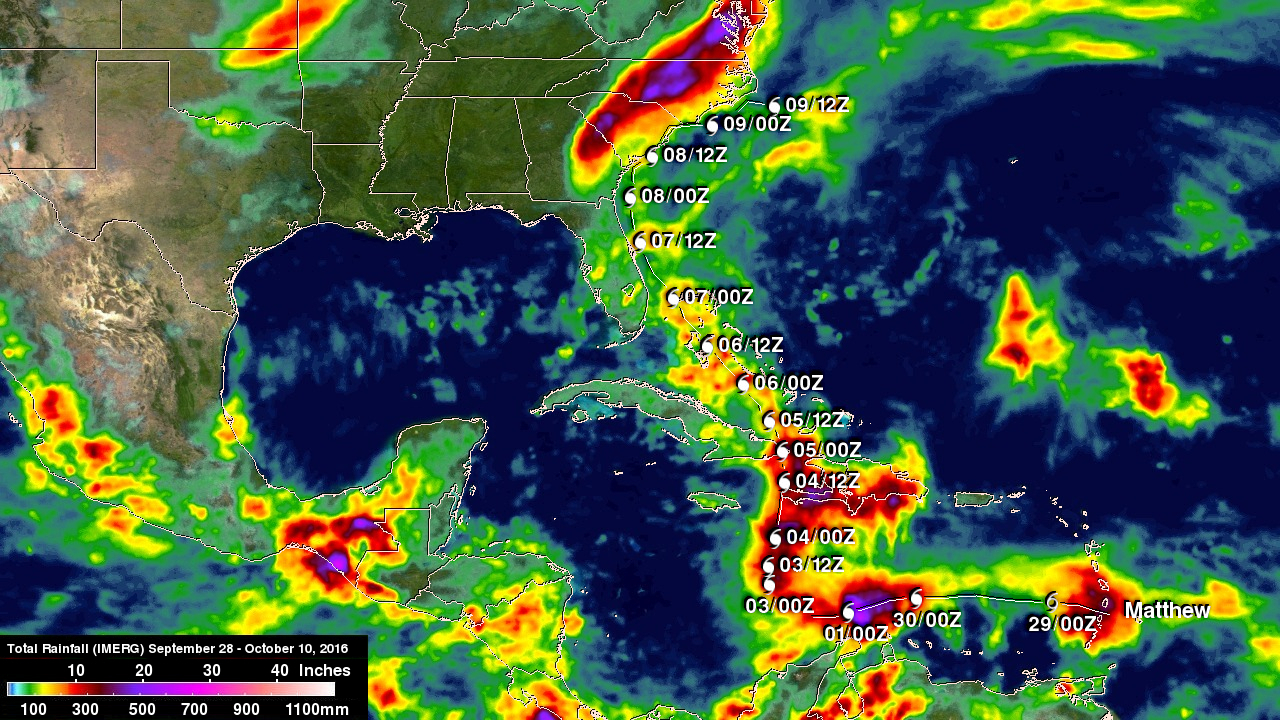
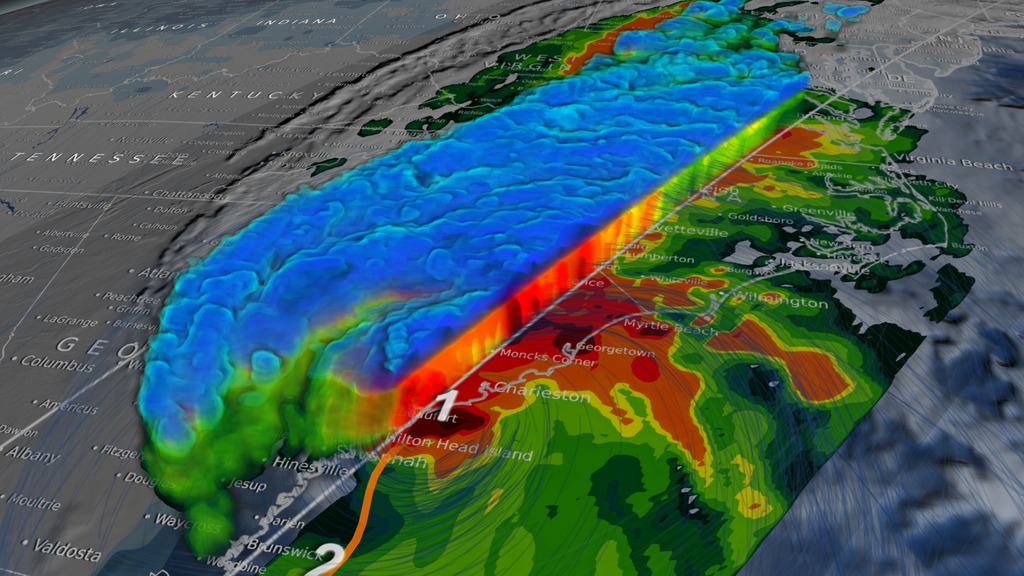

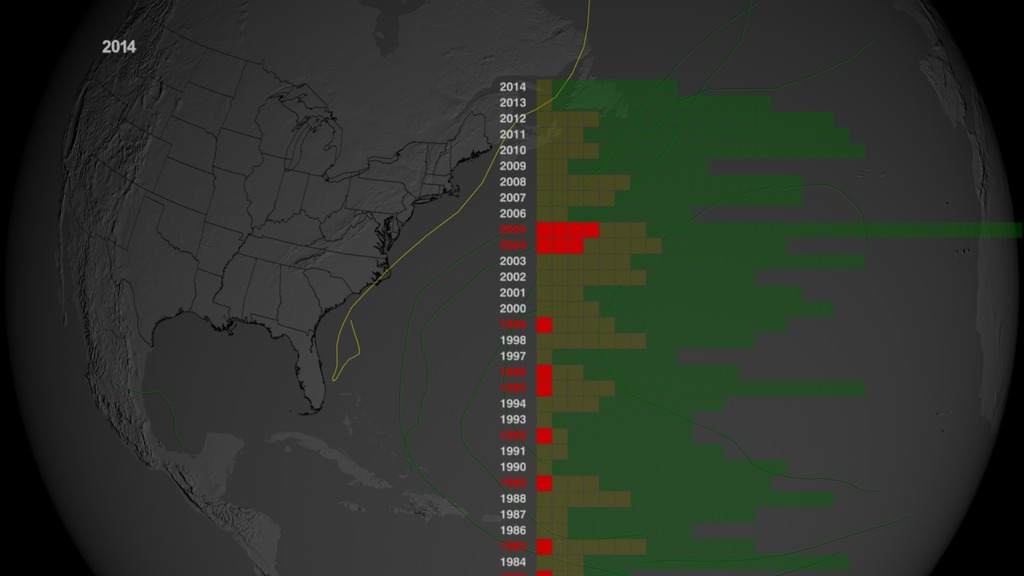
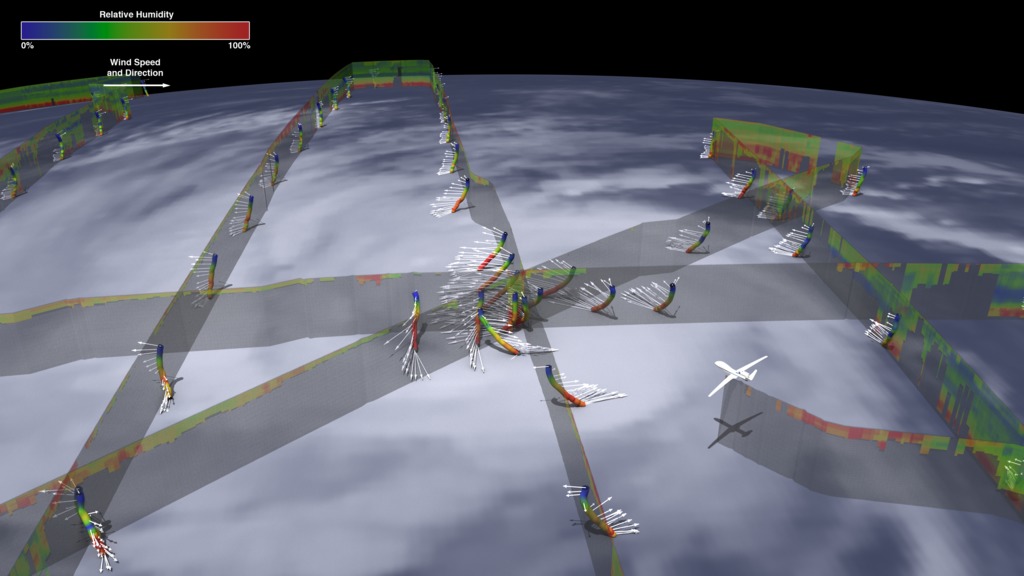

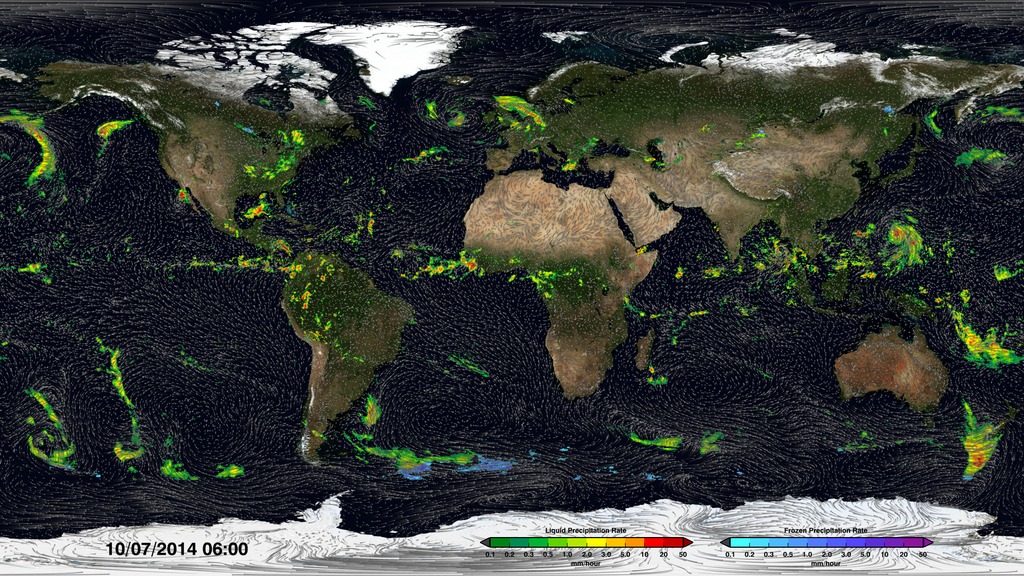
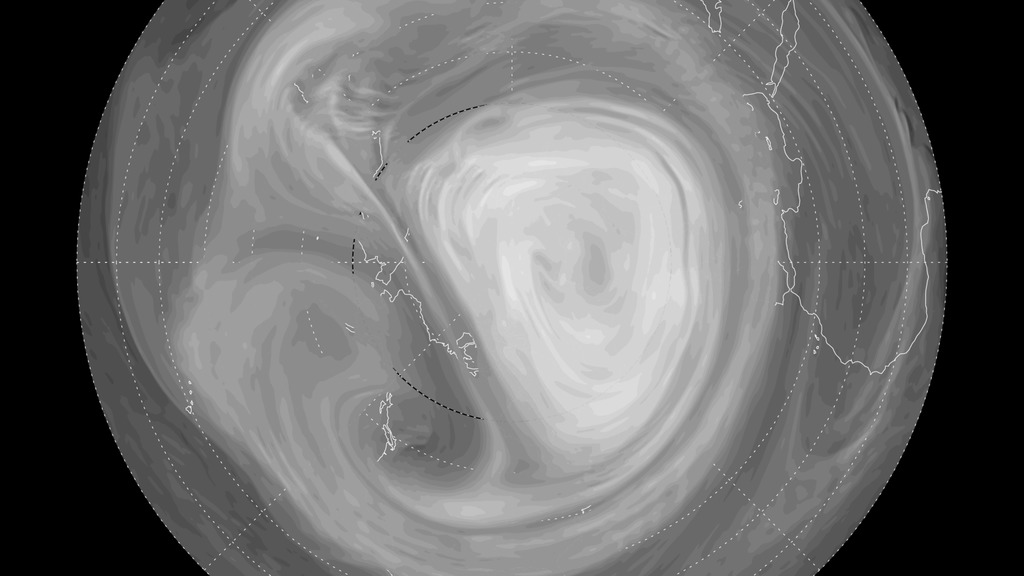

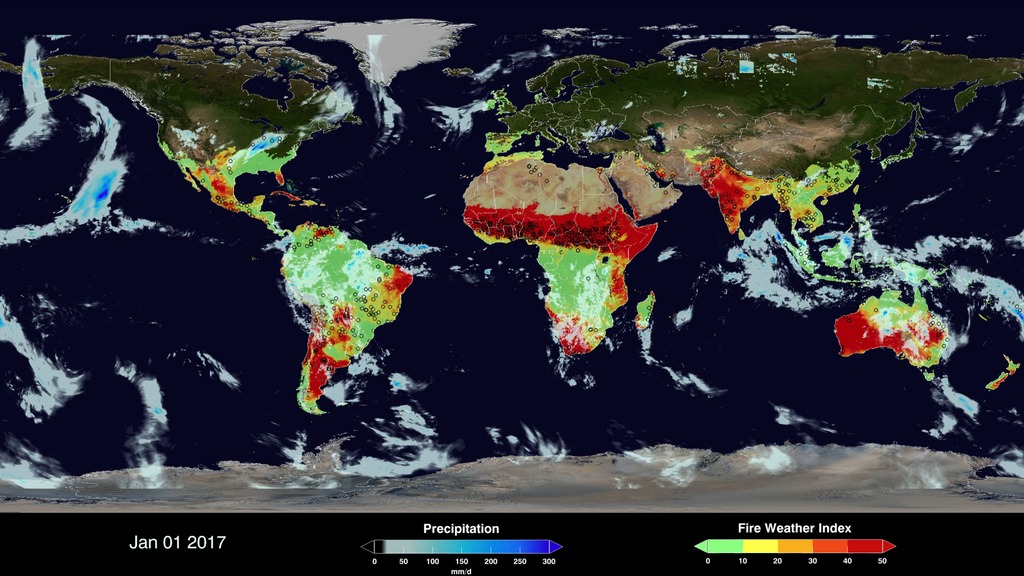
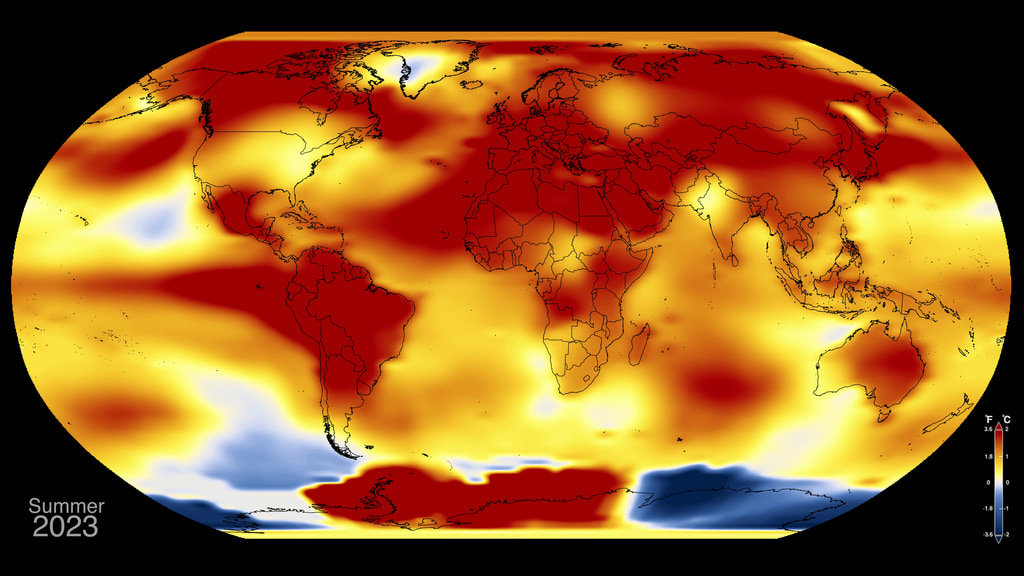
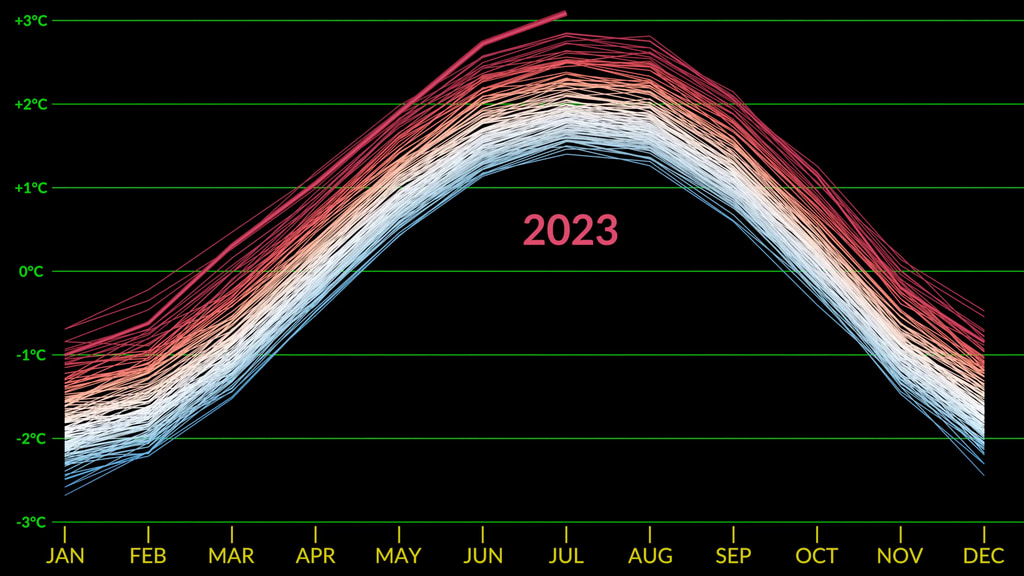
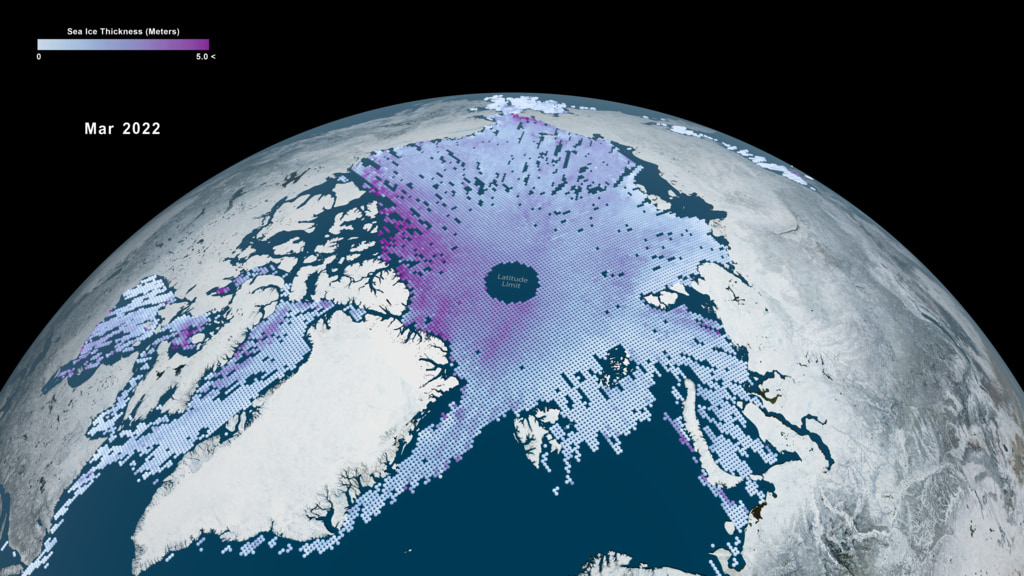
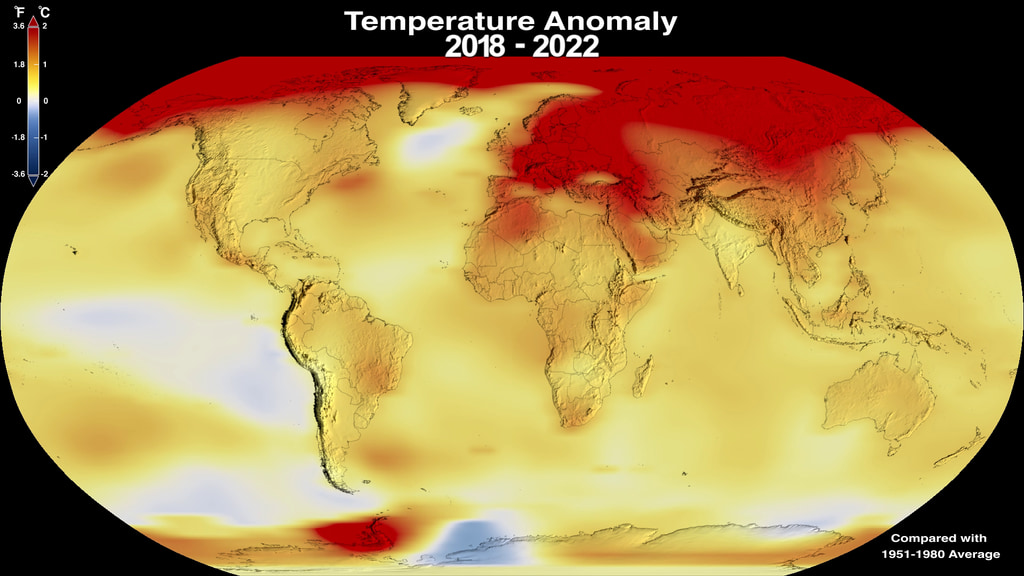
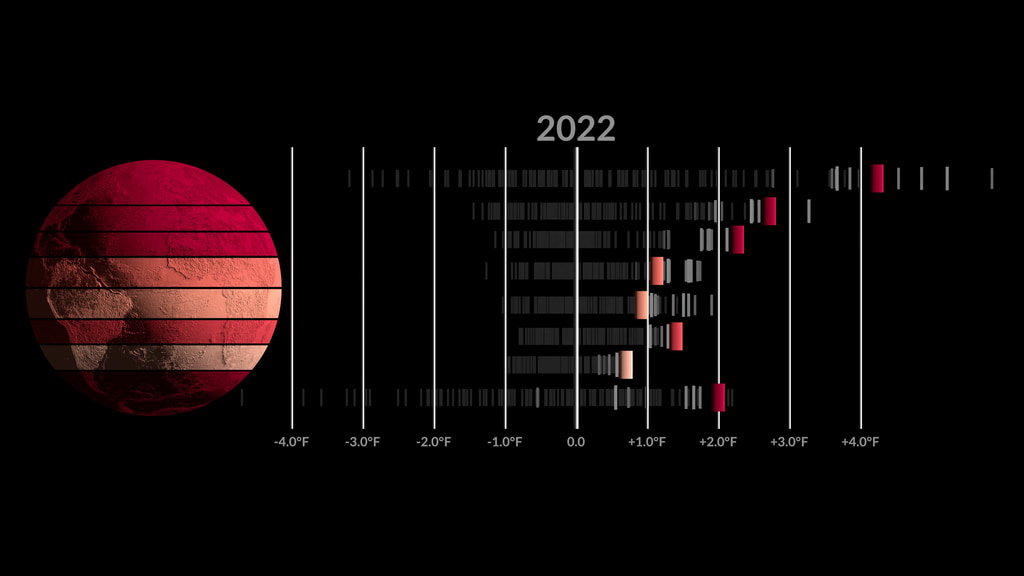
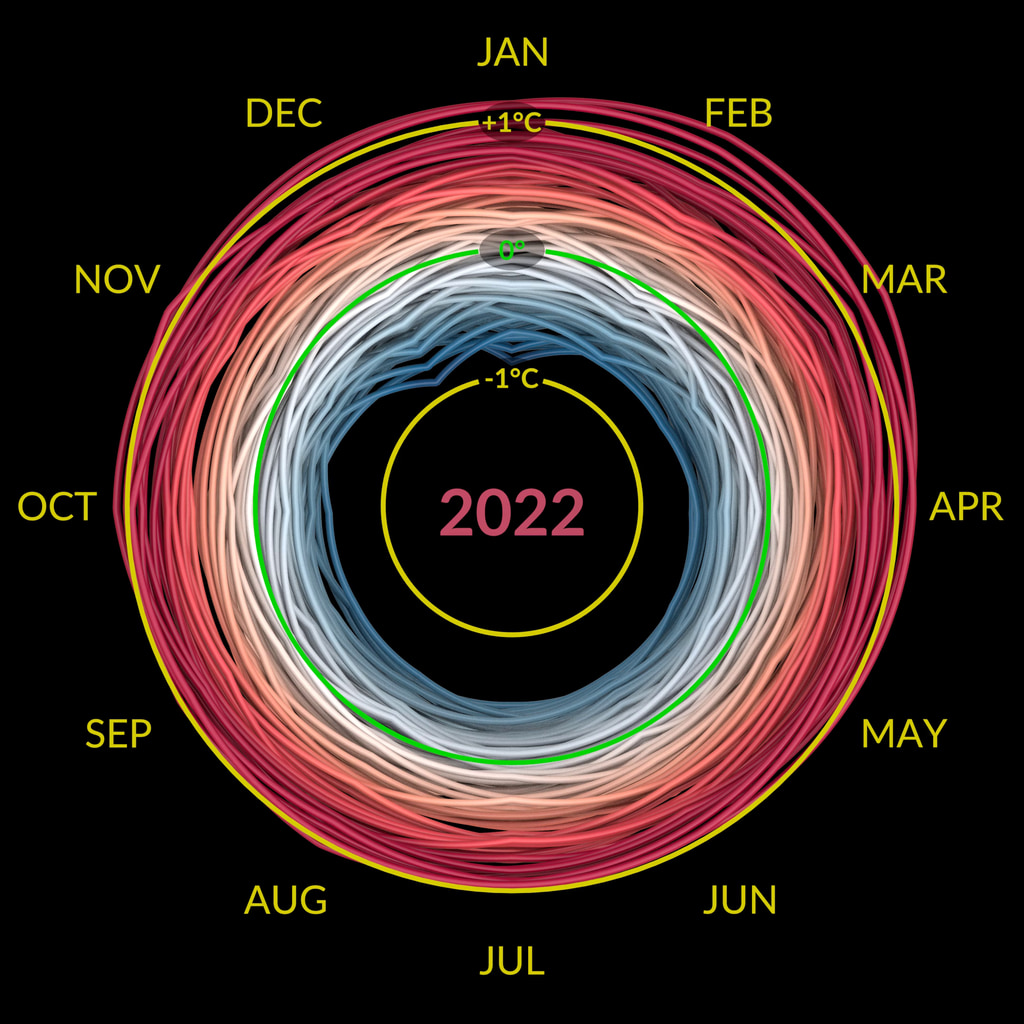
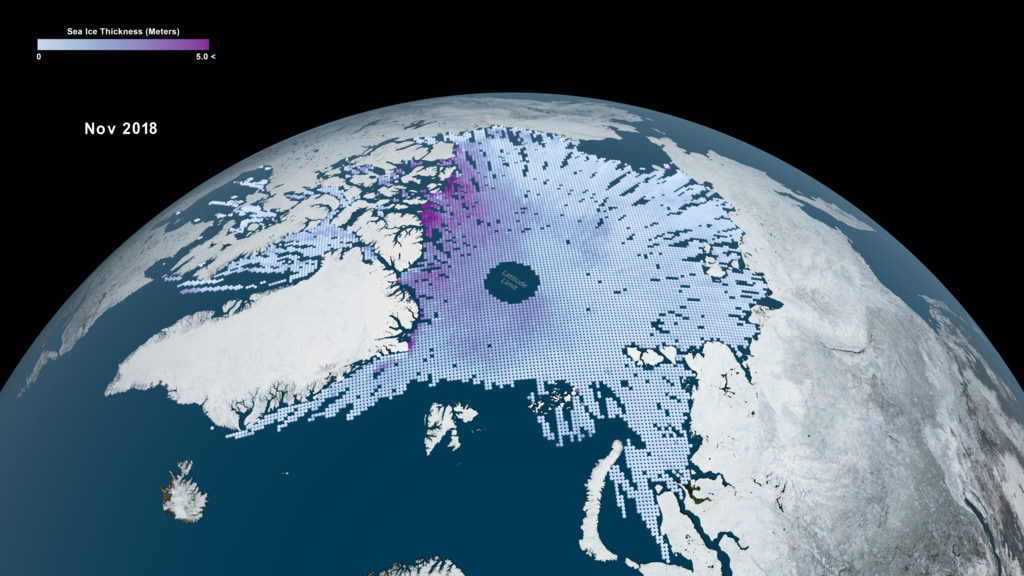
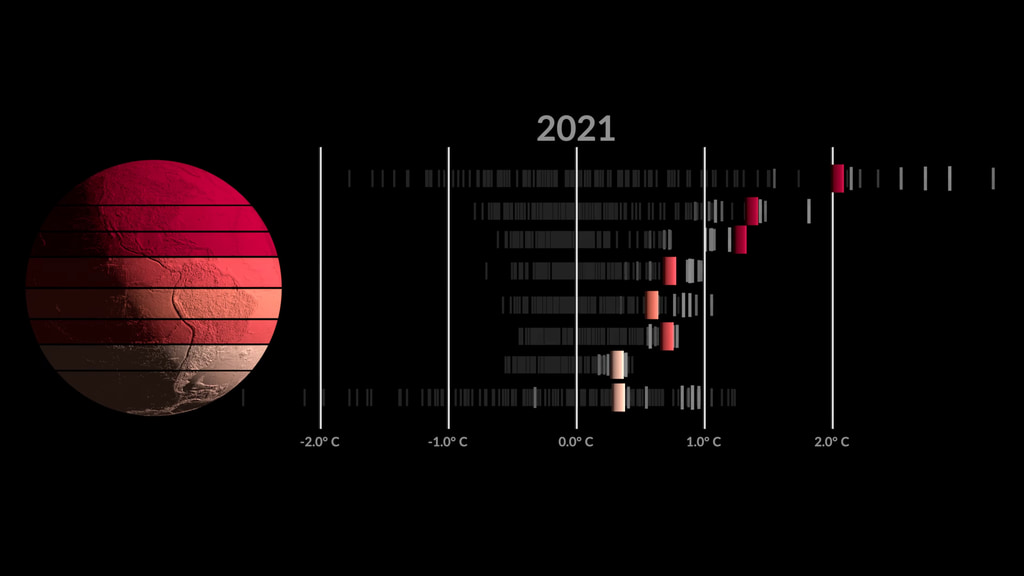
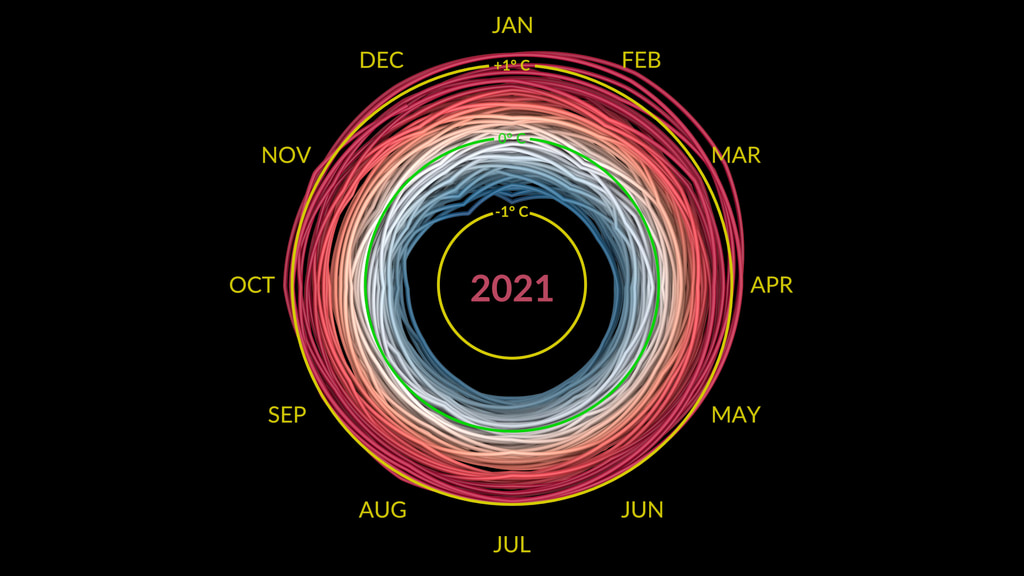
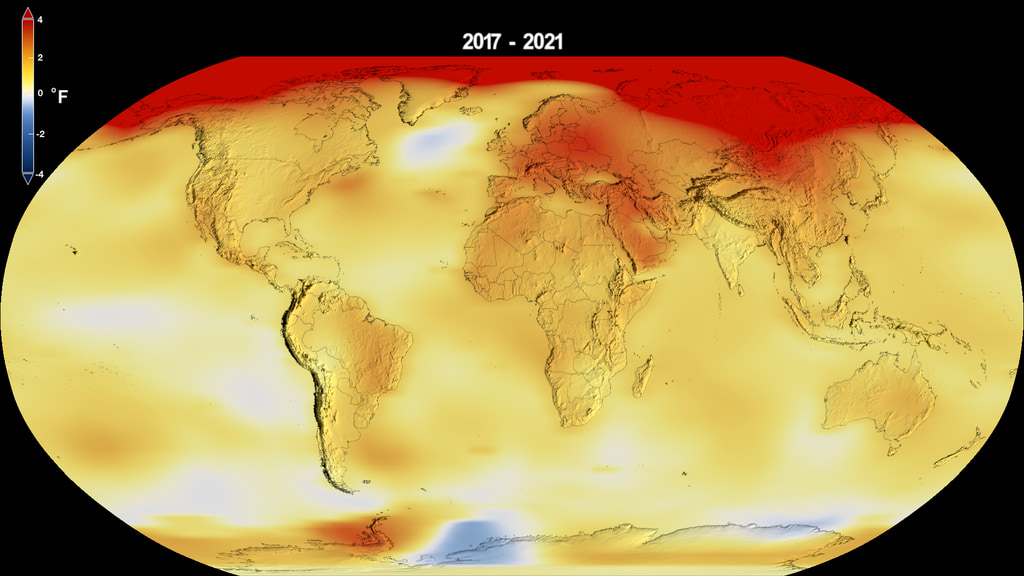
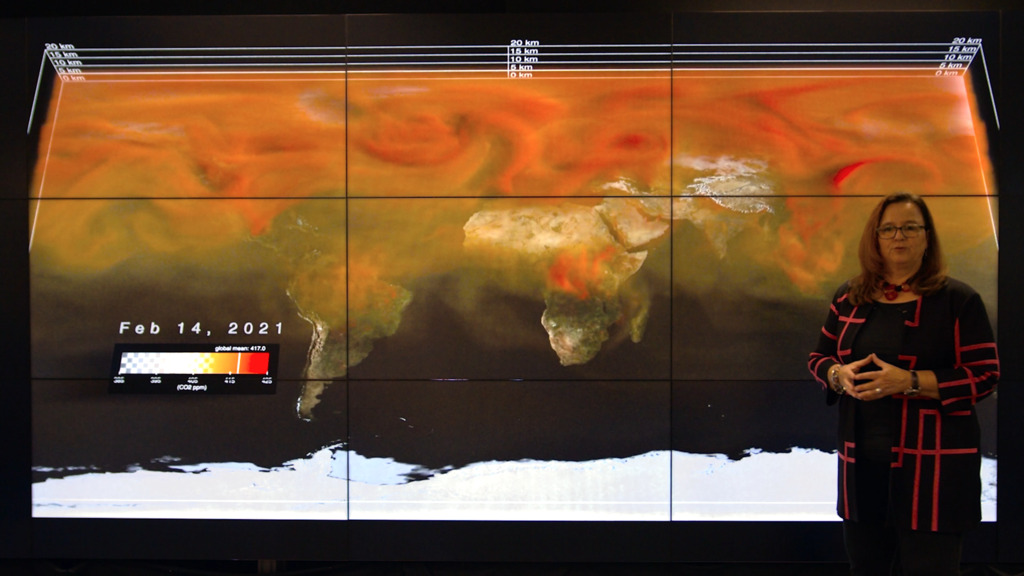
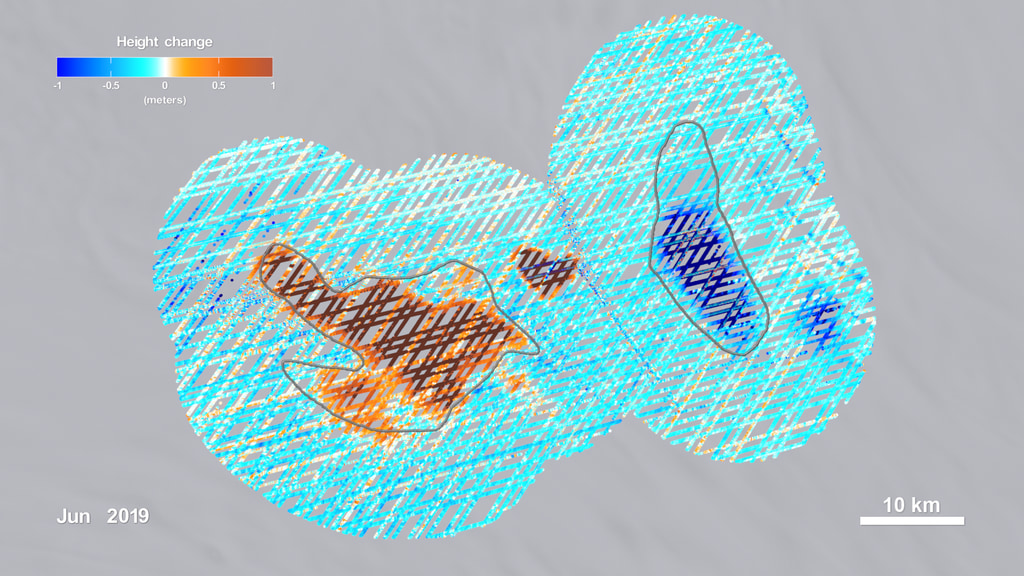
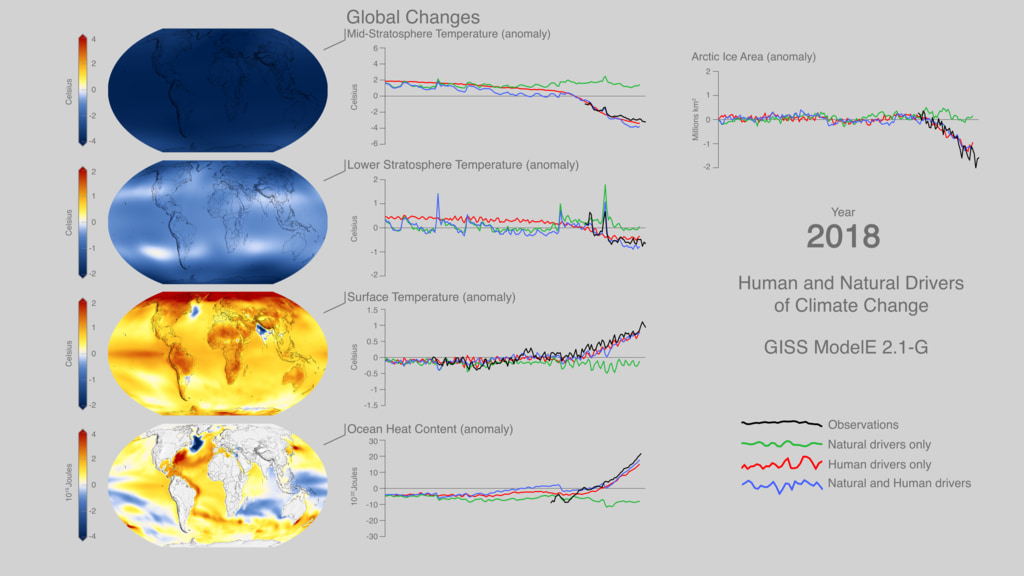

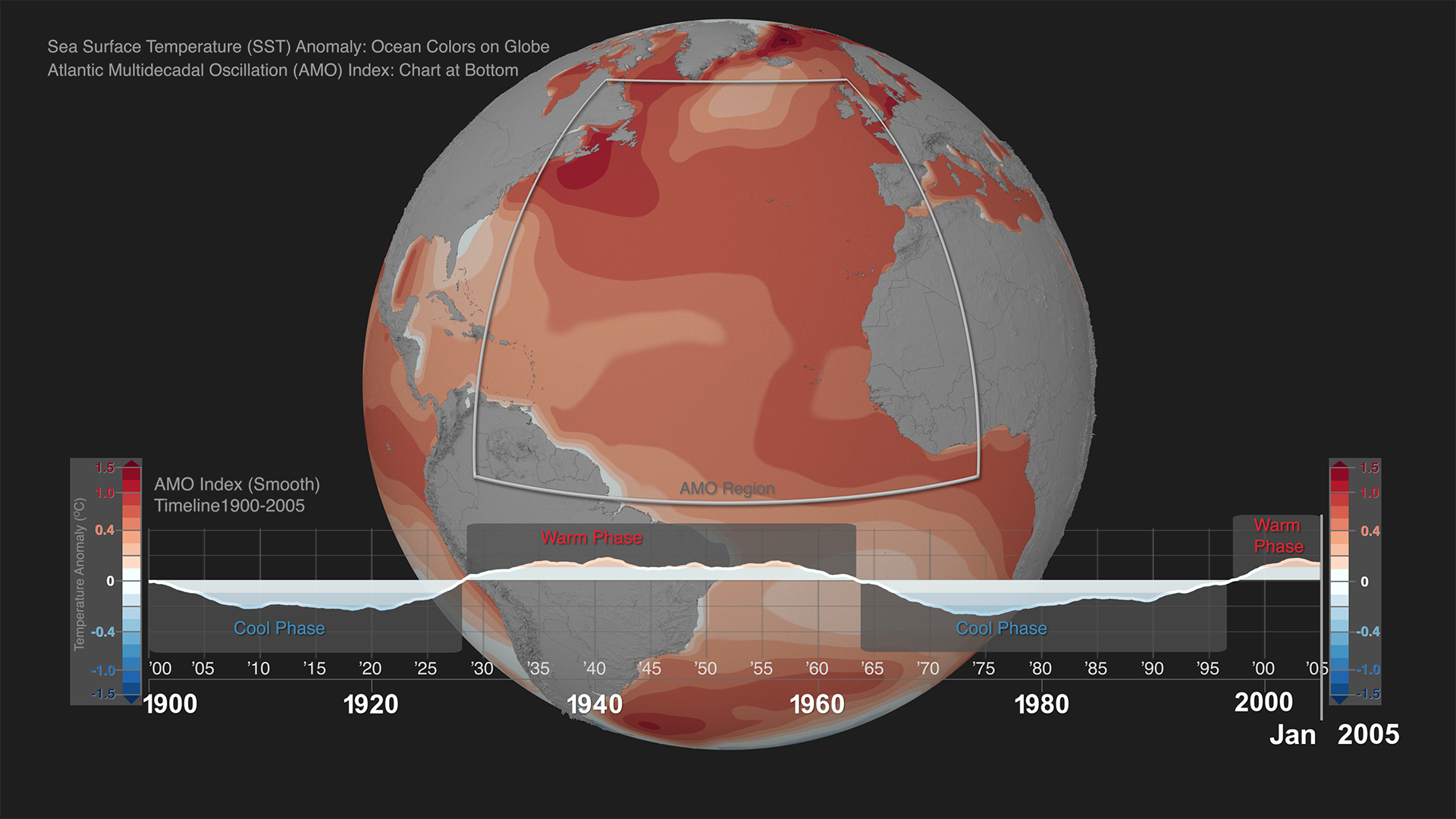
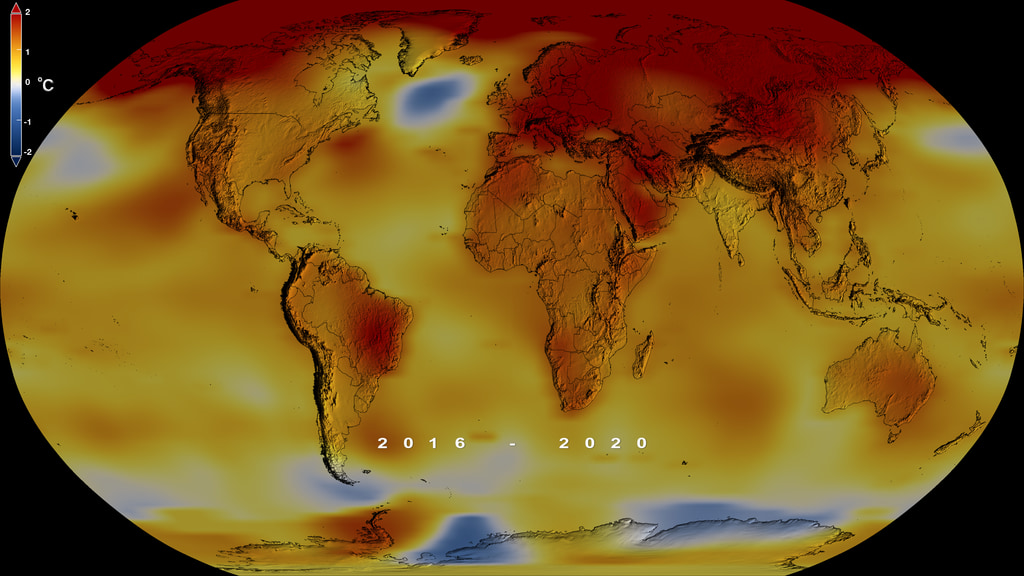
![Music: "Dew" by Matthew Nicholson [PRS], Suki Jeanette Finn [PRS]This video can be freely shared and downloaded. While the video in its entirety can be shared without permission, some individual imagery provided by pond5.com is obtained through permission and may not be excised or remixed in other products. Specific details on stock footage may be found here. For more information on NASA’s media guidelines, visit https://www.nasa.gov/multimedia/guidelines/index.html.Complete transcript available.](/vis/a010000/a013600/a013699/ImjaLake.jpg)
